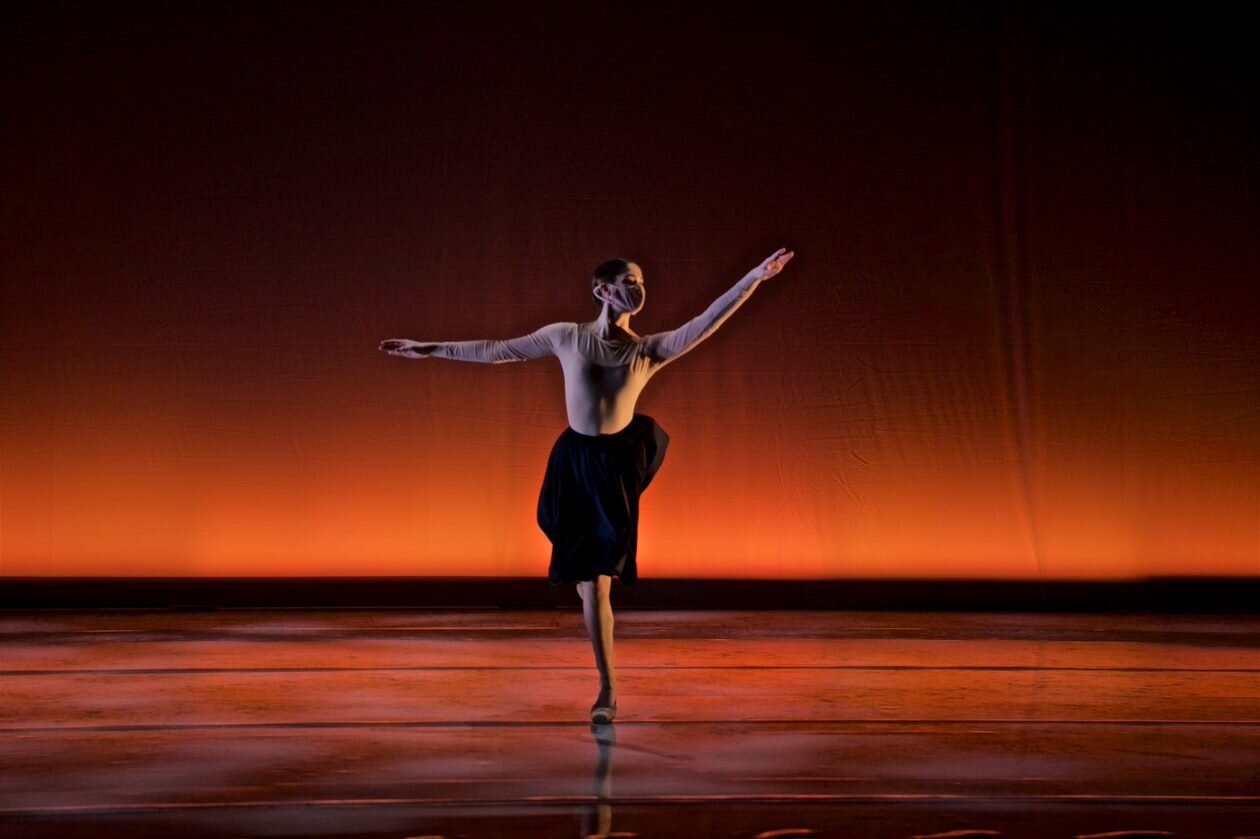
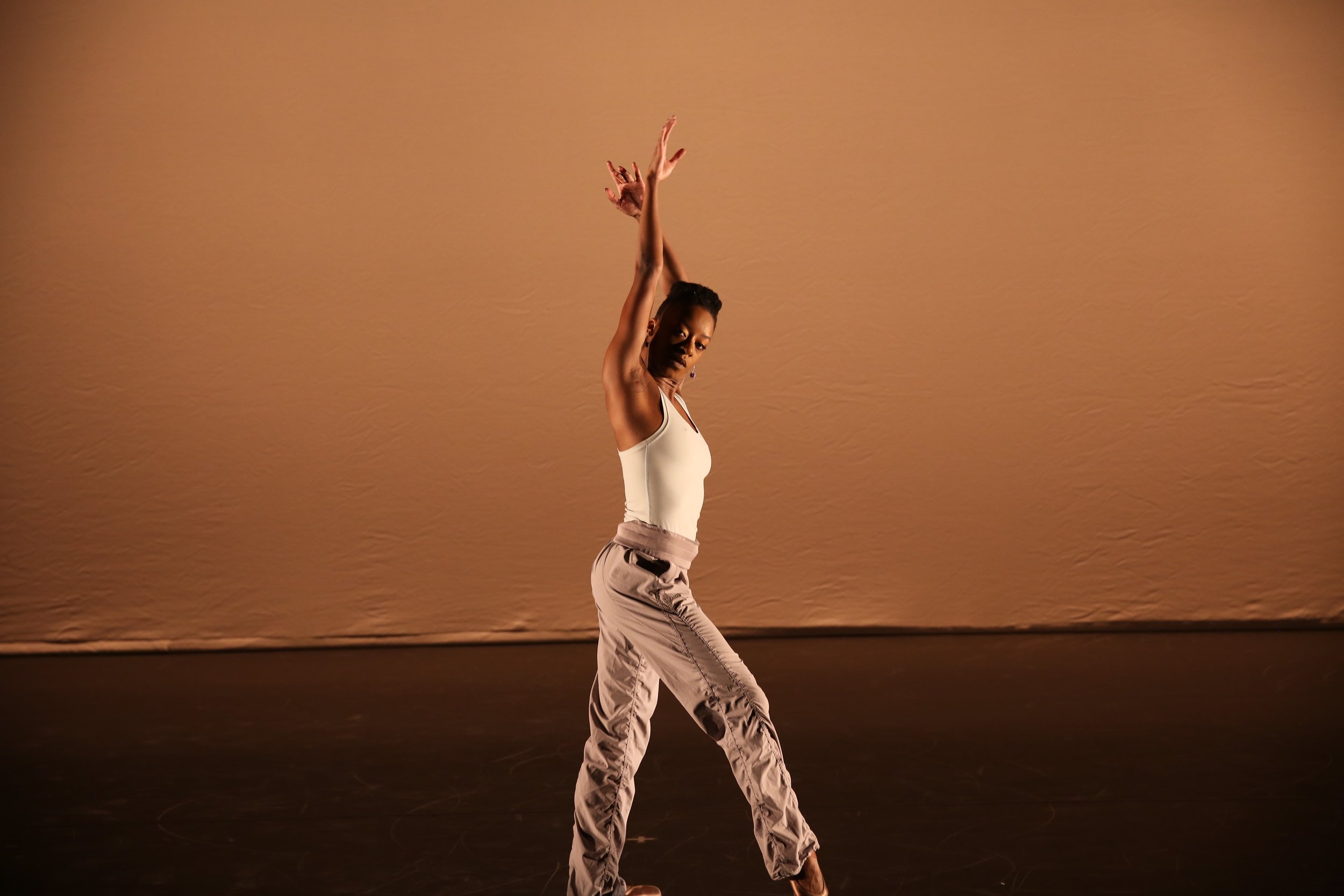

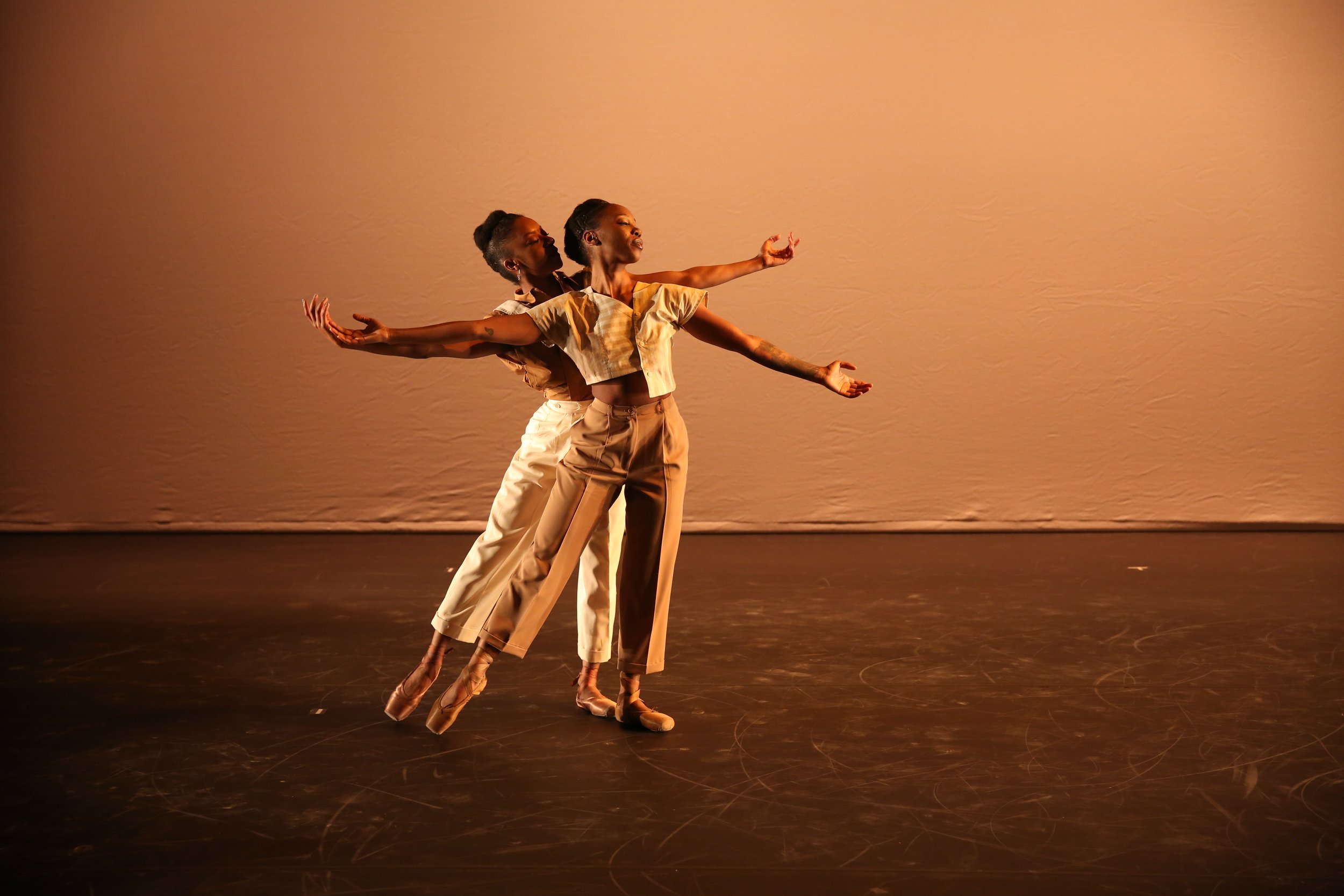




#QTB [Queer The Ballet]
Helmed by dancer and choreographer Adriana Pierce, #QueertheBallet is an initiative started during the pandemic which aims to broaden inclusivity and representation in classical ballet, with an emphasis on community, connection, and power of shared experience. With a focus on queer women and non-binary dancers, #QueertheBallet explores choreographic connections often absent from ballet stages and seeks to queer ballet spaces with intention, authenticity, and pride.
Lighting Designer: Rachael Blackwell
Associate Lighting Designer: Nina Agelvis
Choreography by Adriana Pierce
Dancers: Cortney Taylor Key, Gabe Foley, Sierra Armstrong, Remy Young, Lenai Alexis Wilkerson, Miriam Miller, Devon Teuscher, Naomi Corti, Fleming Lomax
Location: The Joyce & Chelsea Factory
Photography: Kevin Lau

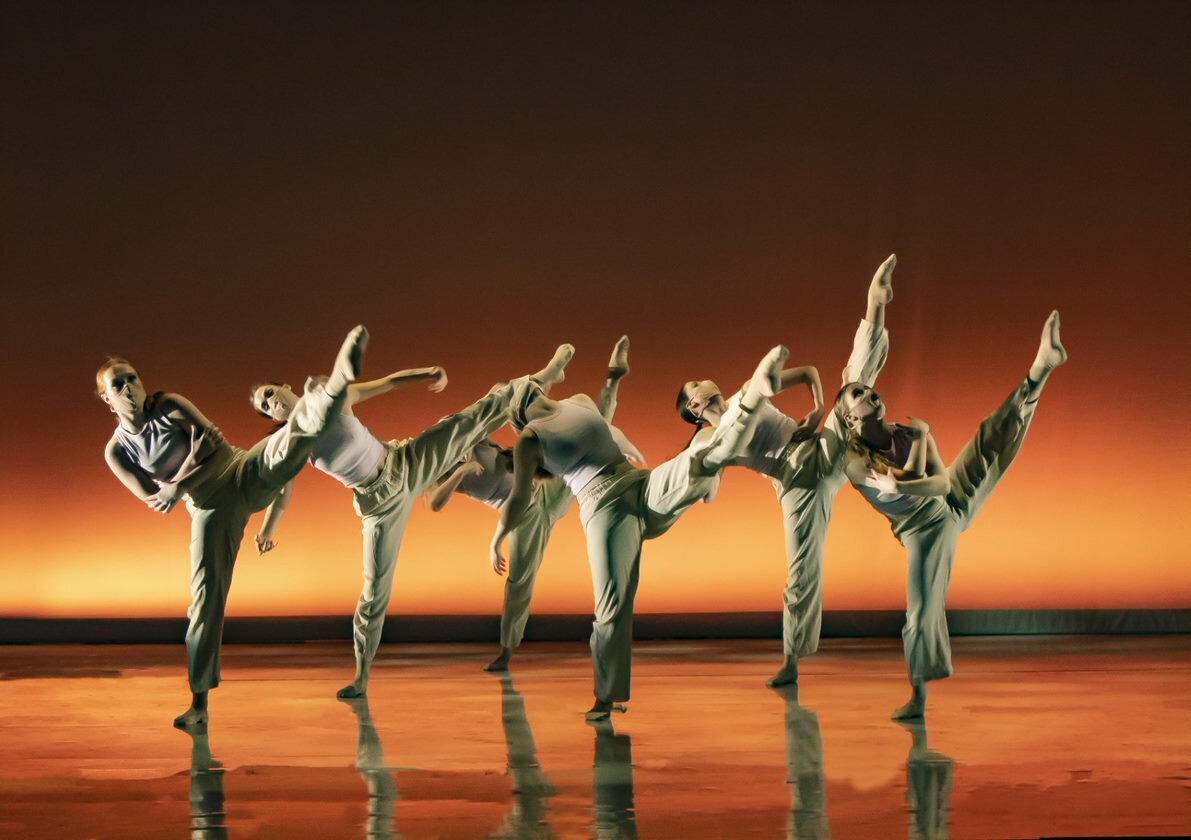
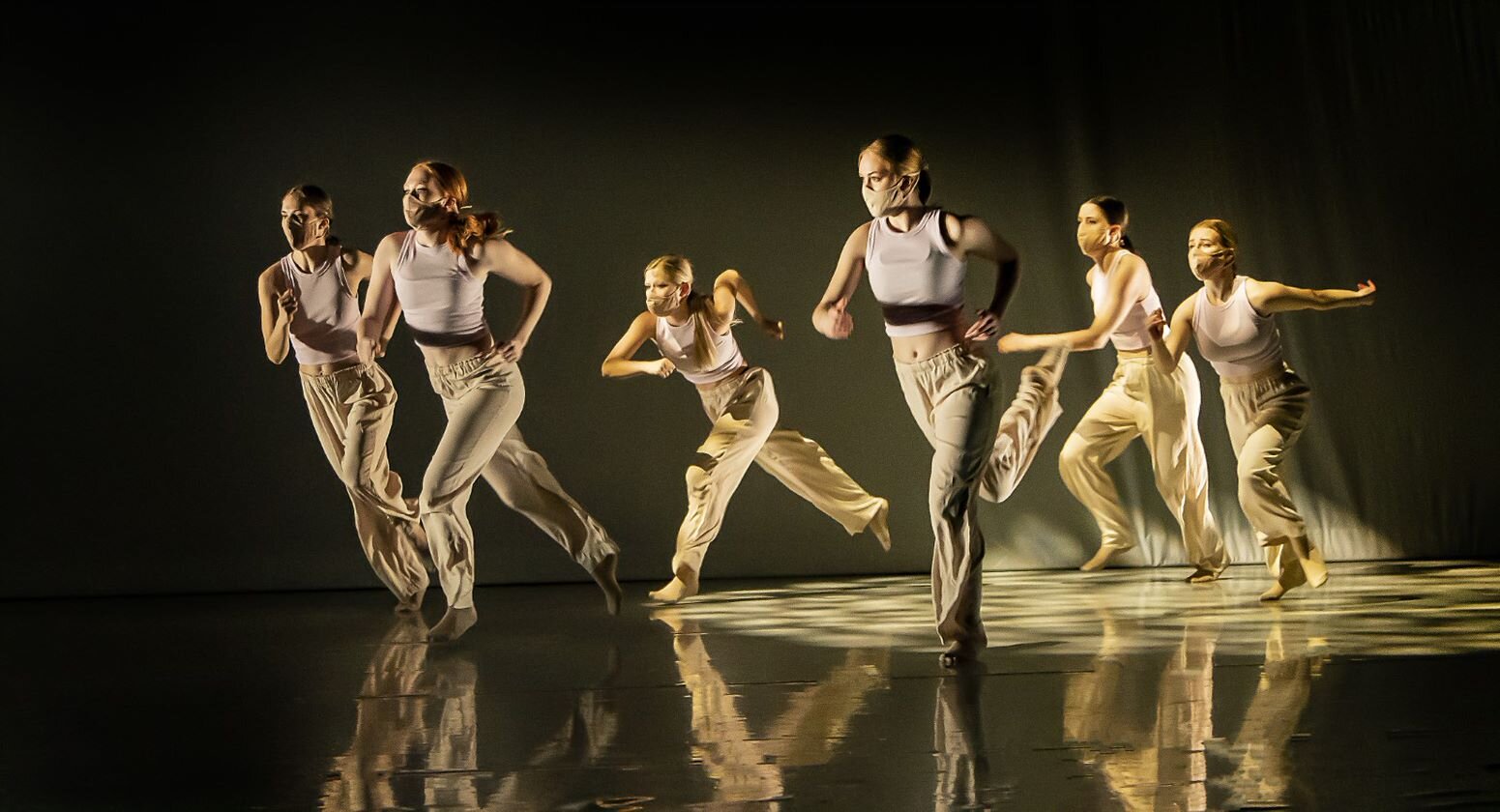


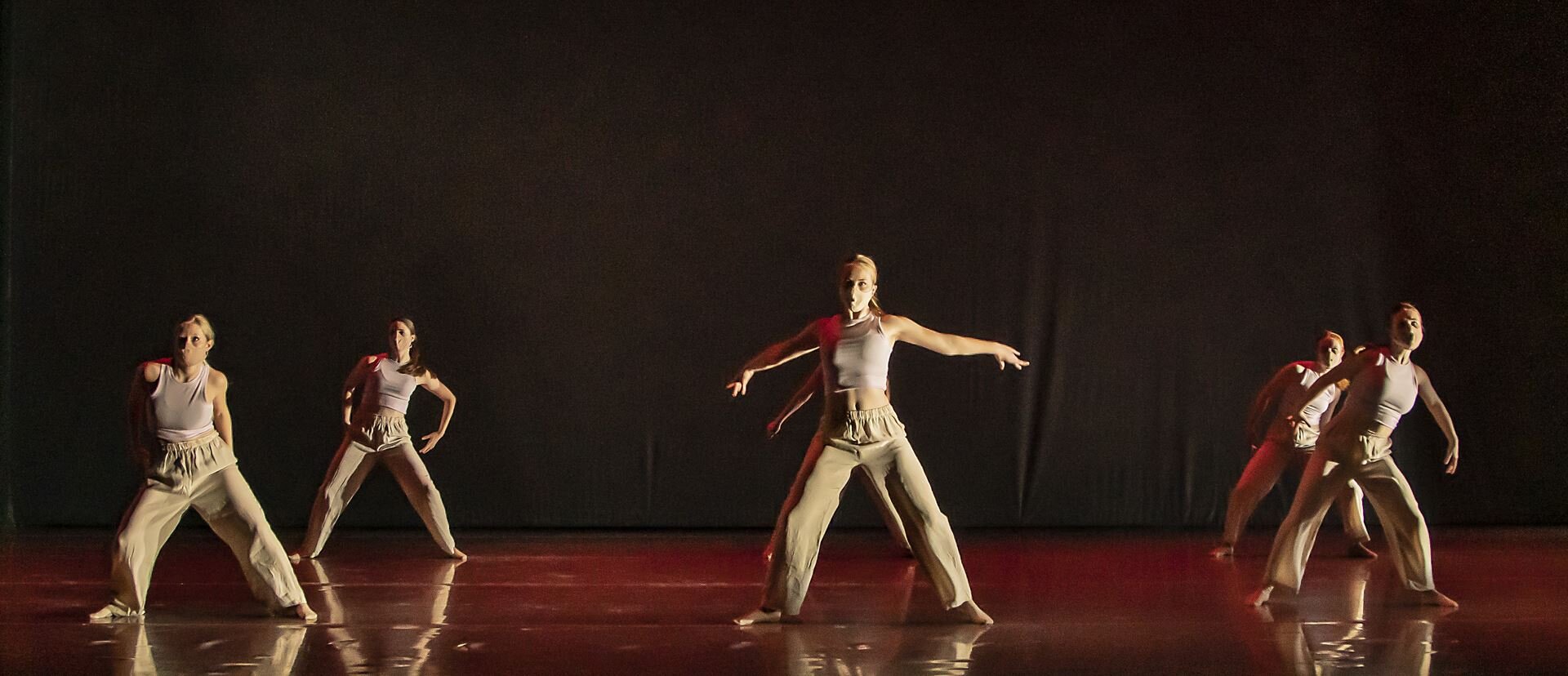
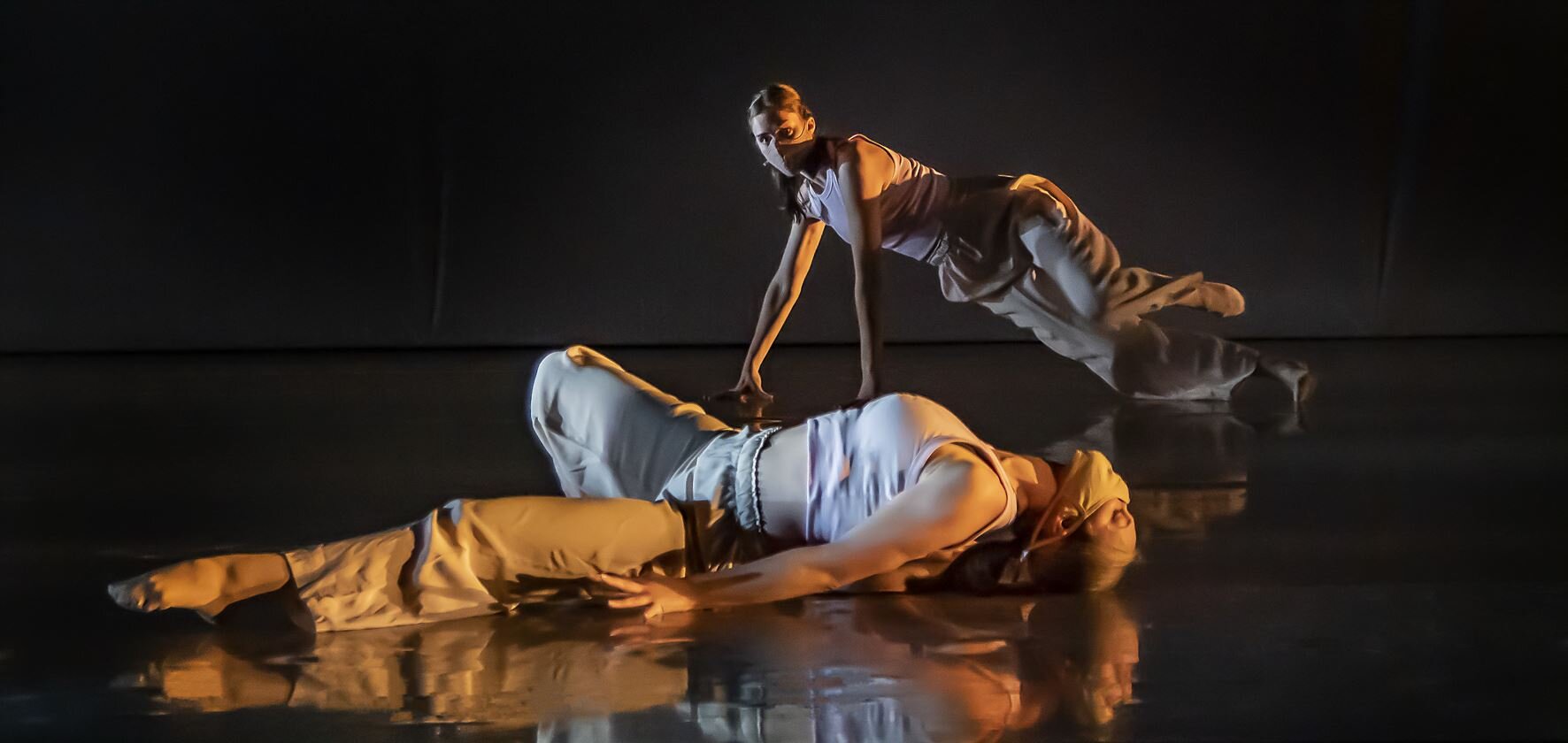
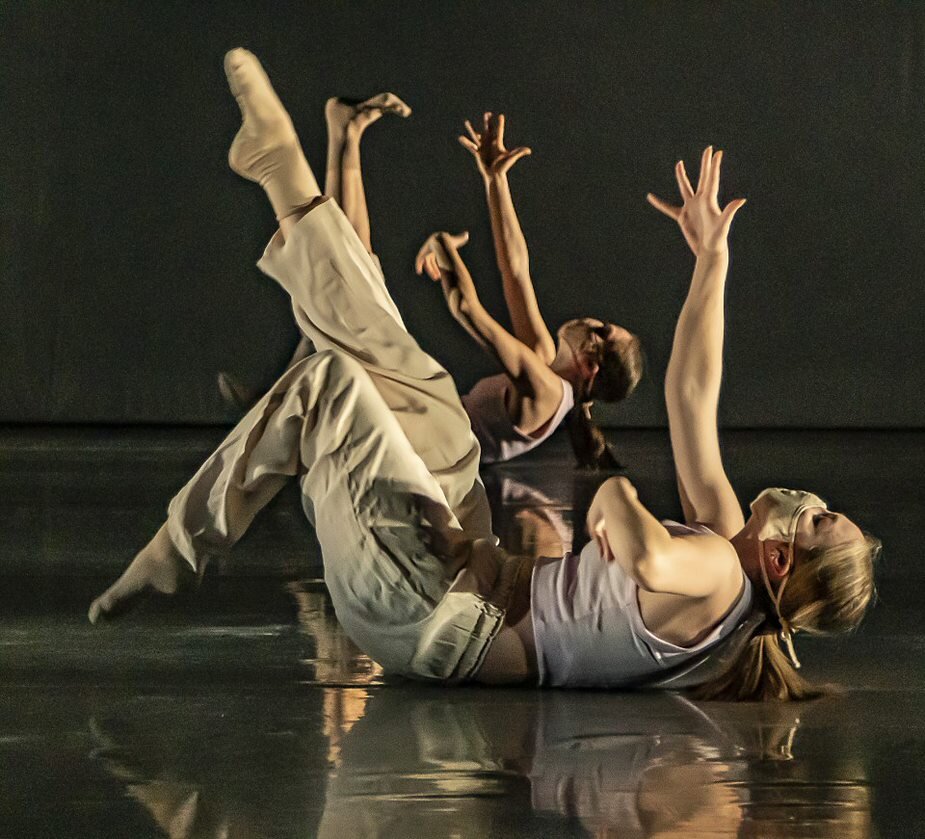
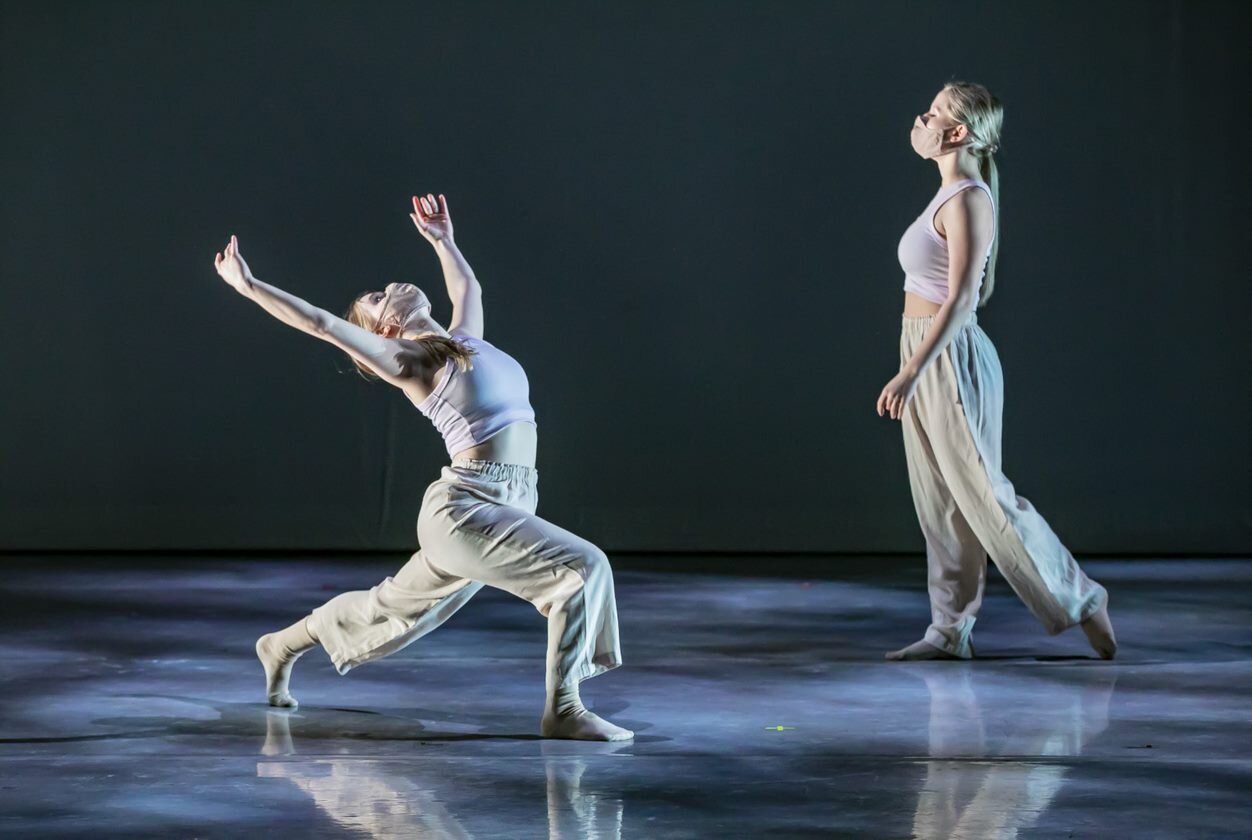
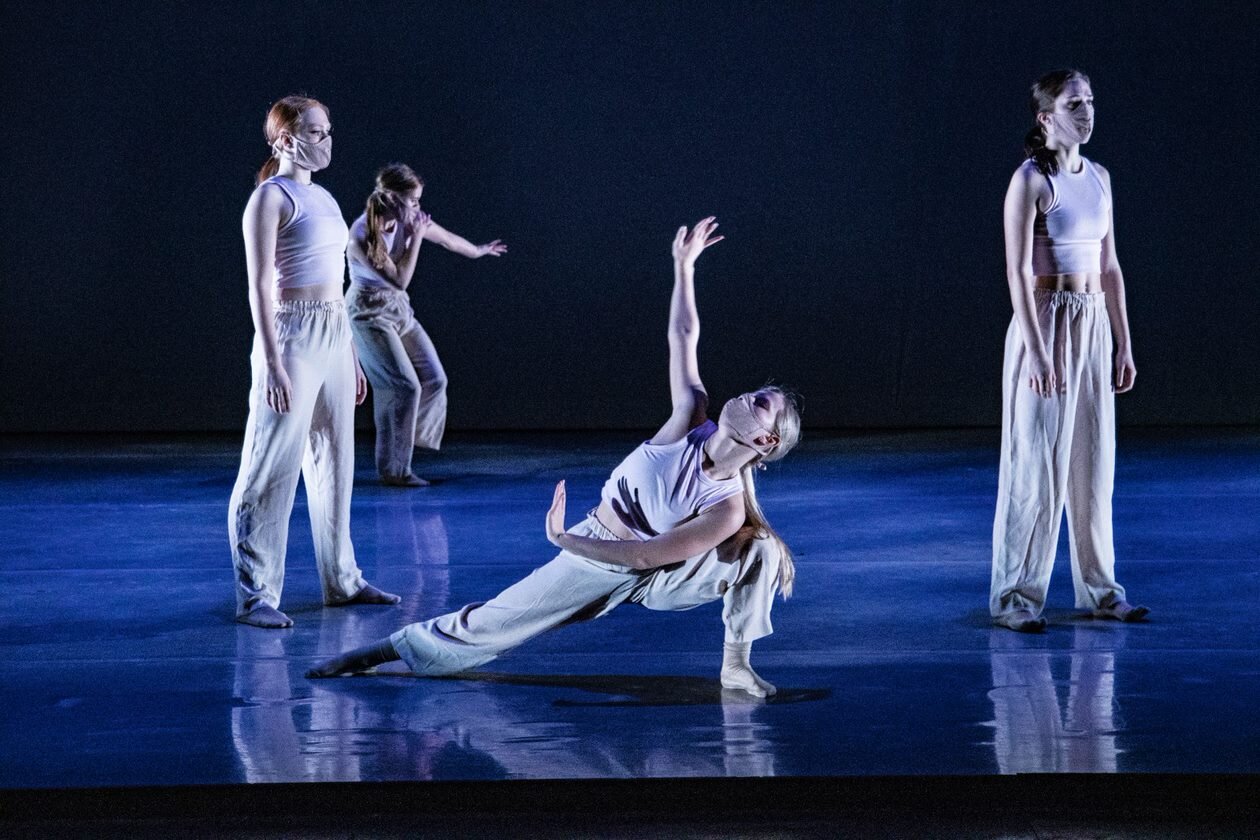

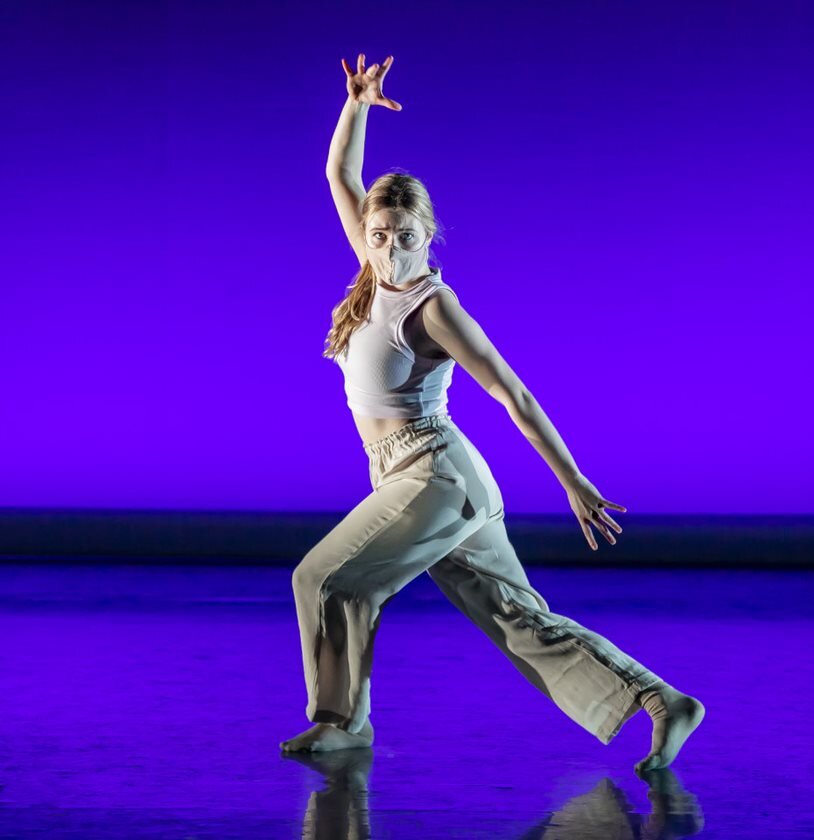
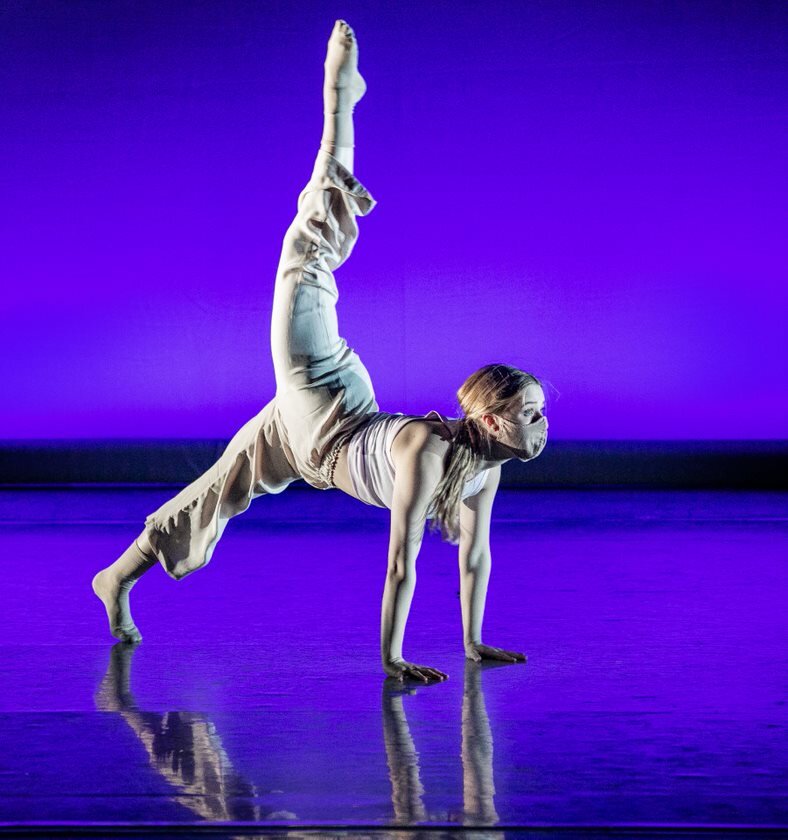

Mind’s Eye
"Mind's Eye" is a representation of the choreographer's interpretation of the list of words including trapped, breaking, restriction, uniform, individual, and connection. The use of sidelight and isolation will bring intimacy and focus on the dancers and imitate the definition of the listed words. The first half will be in a warmer Coppertone color pallet and will then transition into a cooler blue tone with a water-like transition in between.
Choreography by Anna Lee Rohovec
Location: CCM; University of Cincinnati
Photography: Dale Pickett

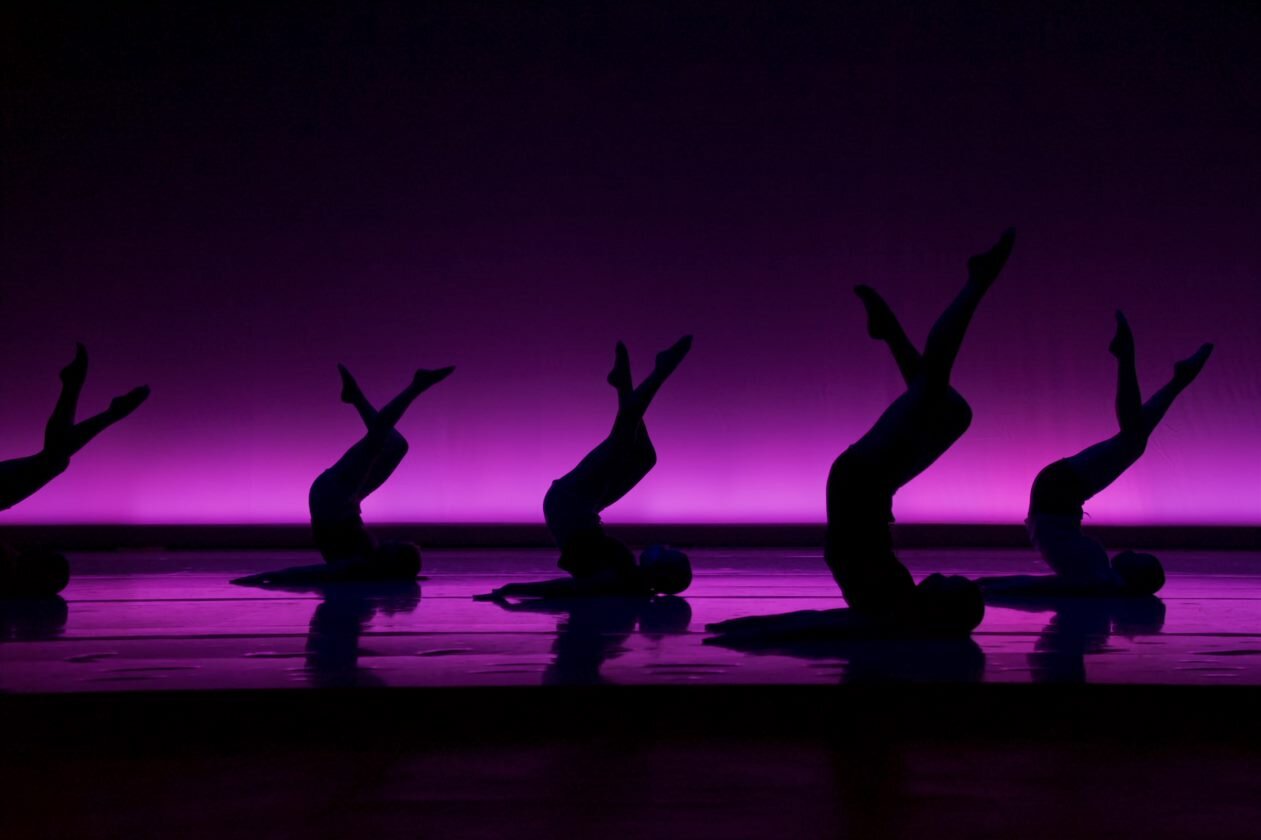





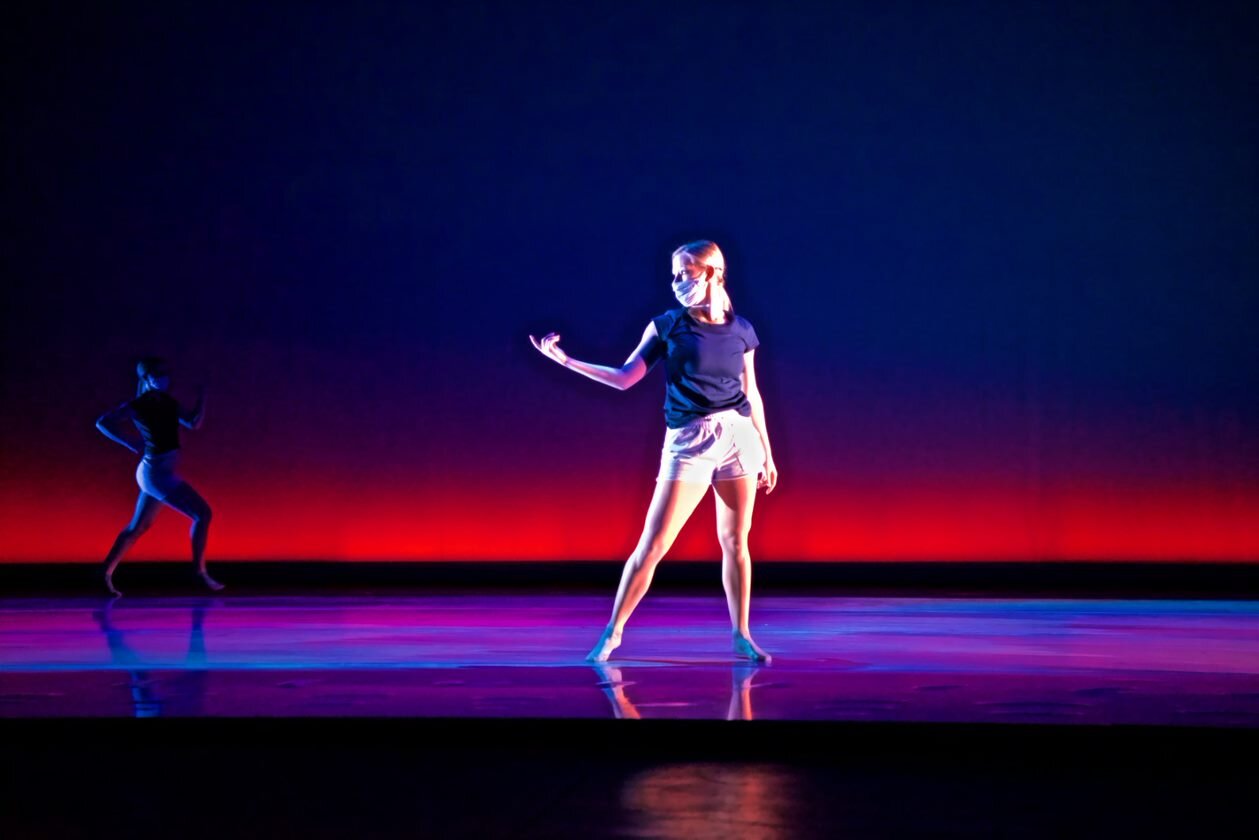



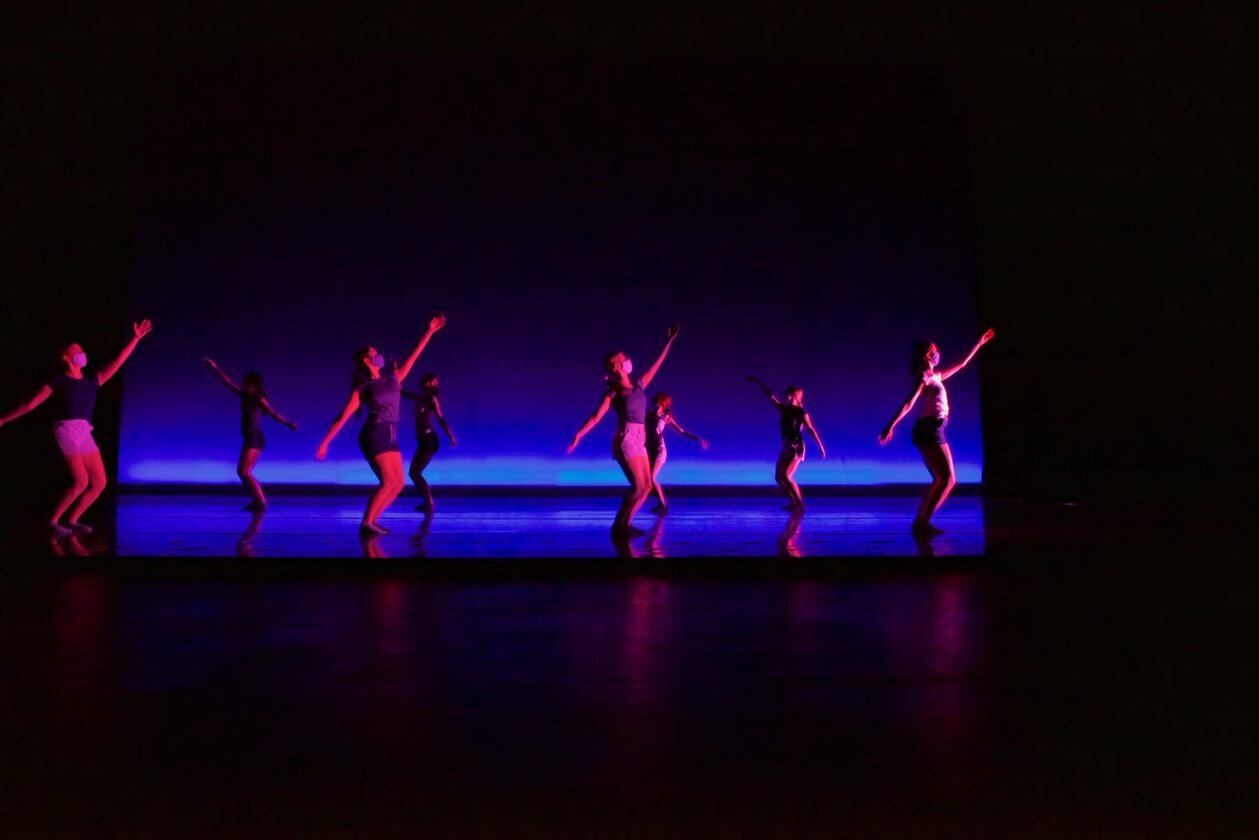
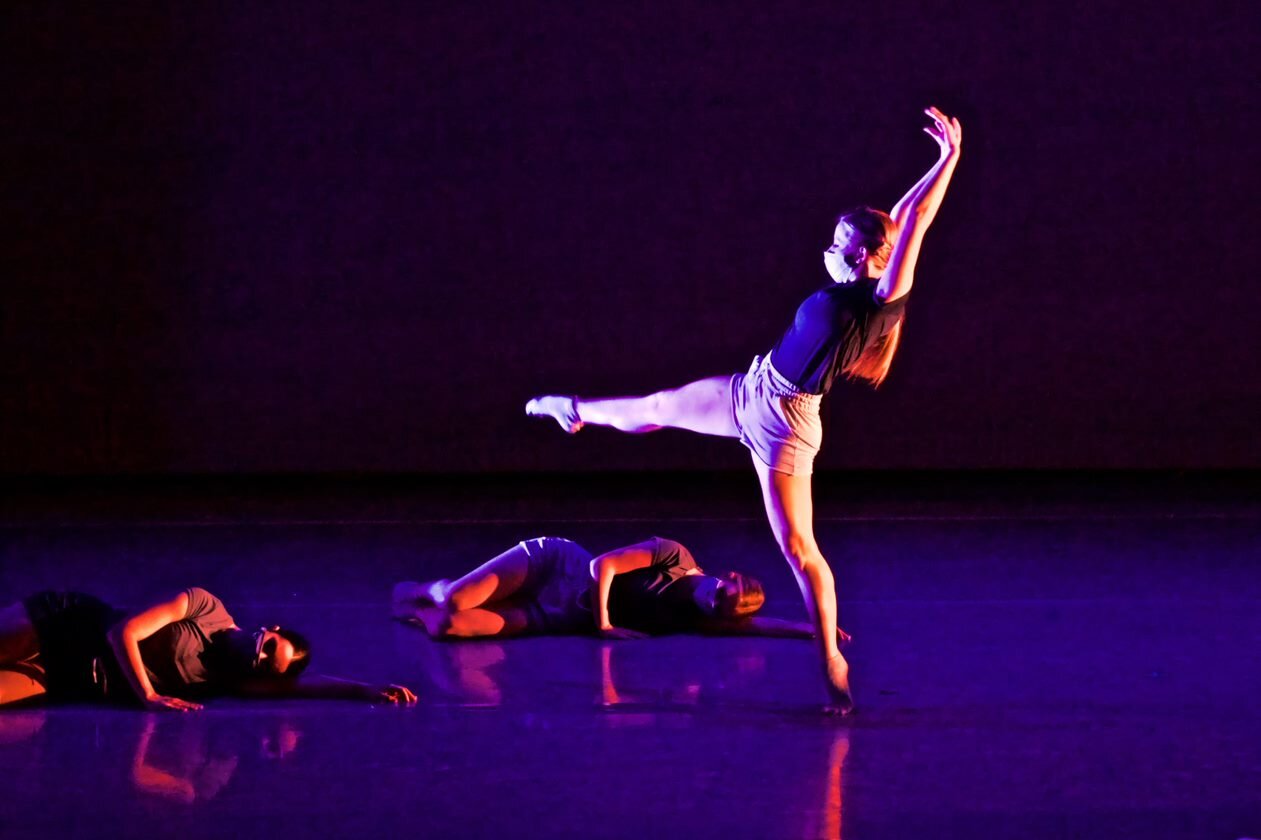




Must Be Morning
"Must be Morning" mimics the feeling of having a vivid dream, and the sense of joy, freedom, and sometimes chaotic mania that we experience in a dreamscape. The lighting design will support the transitioning arch of the dreamscape, starting from a dimly lit scene that presents the dancers in silhouette. As we transition into the section, the lighting will sculpt the dancers with the use of sidelight to create an intimate scene with their internal dreamscape. As we transition into the third scene, we enter the chaotic dreamscape which will open the space with brighter intensities and vibrant colors to represent the joy and freedom of the dreamer.
Choreography by Amanda Kenner
Location: CCM, University of Cincinnati
Photography: Will Brenner
Ramifications
"Ramifications" aims to blend the melodic composition of romantic music with the grounded feeling of contemporary ballet. The lighting design will support the fluidity of movement. Color changes will be used to support the shifts in music, and intensity shifts will help carry the flow of the dance. The design will be simplistic, but be able to carry out large shifts and changes.
Choreography by Sydney D’Orso
Location: CCM, University of Cincinnati
Photography: Will Brenner
Shades of Green
"Shades of Green" brings awareness to mental health. The piece starts off with the expression of mental illness and loneliness, which then transitions into the show of support from those around you. Finally, the piece ends with the expression of relief and freedom. The lighting design will support the change in emotions using color. With the use of sidelight, the dancers will be isolated in an intimate setting. As the emotions become more joyous and freer, the world will open with more vibrant colors to represent the dancer's emotions.
Choreography by Rae Dougherty
Location: CCM, University of Cincinnati
Photography: Dale Pickett & Ian Macintosh
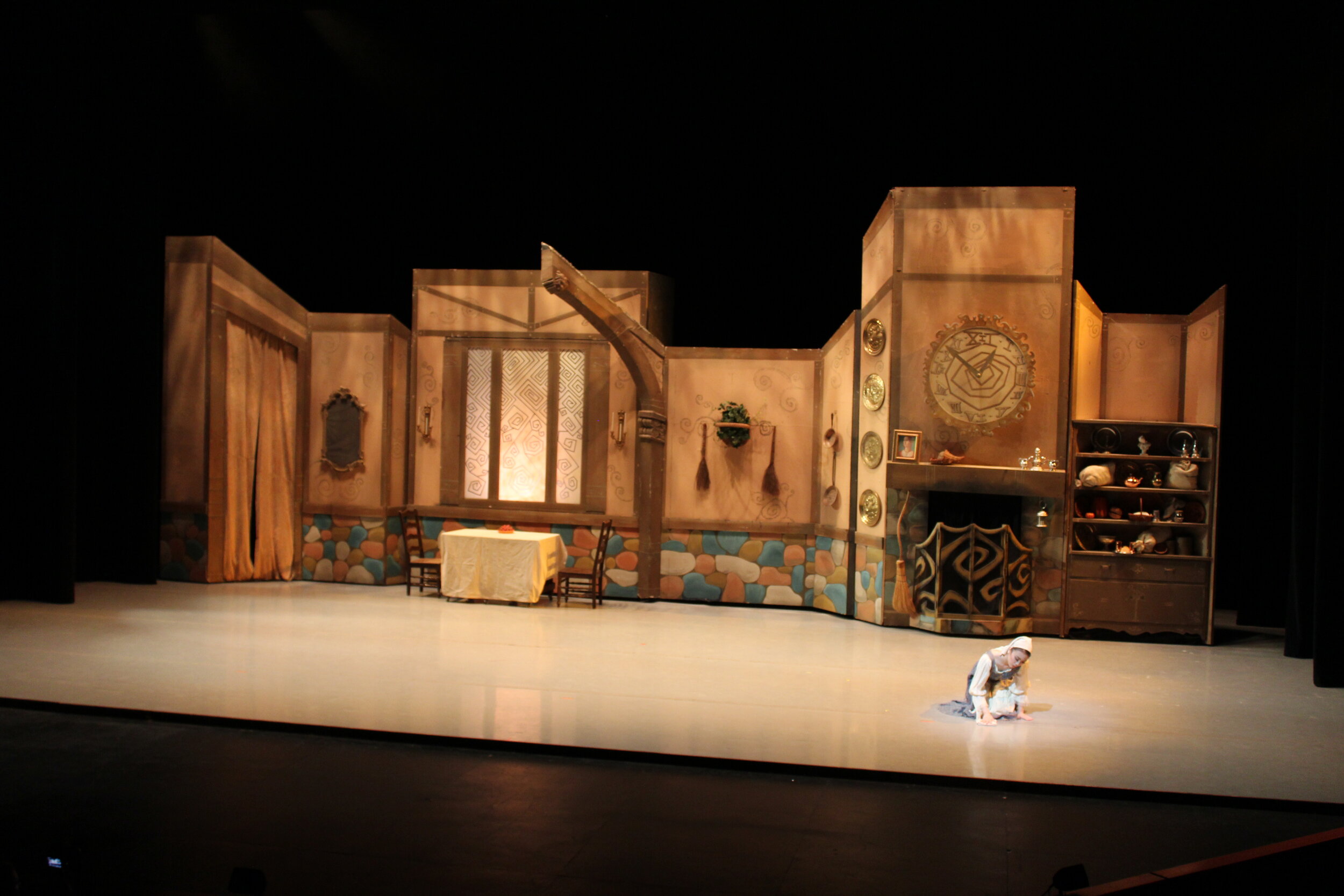
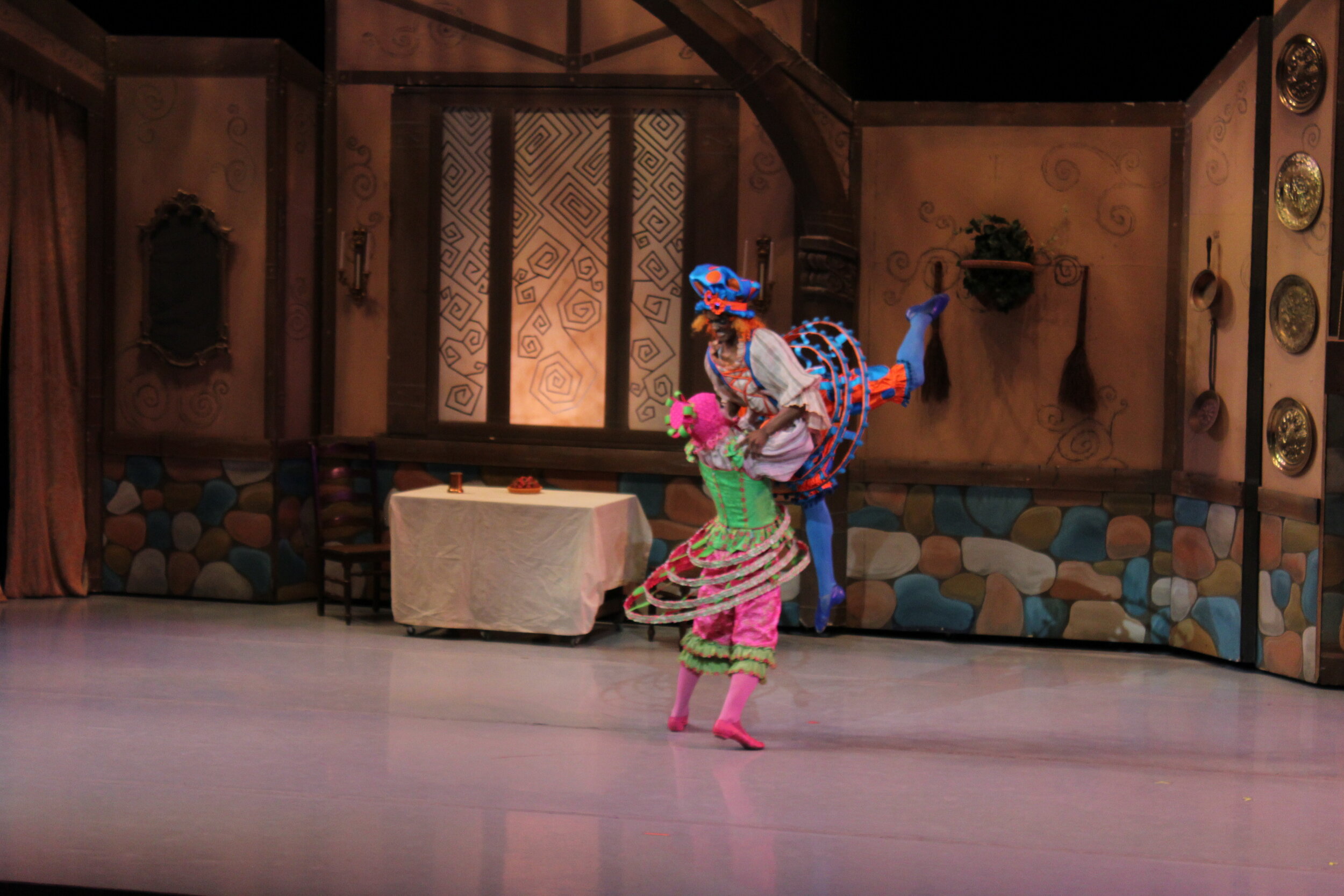






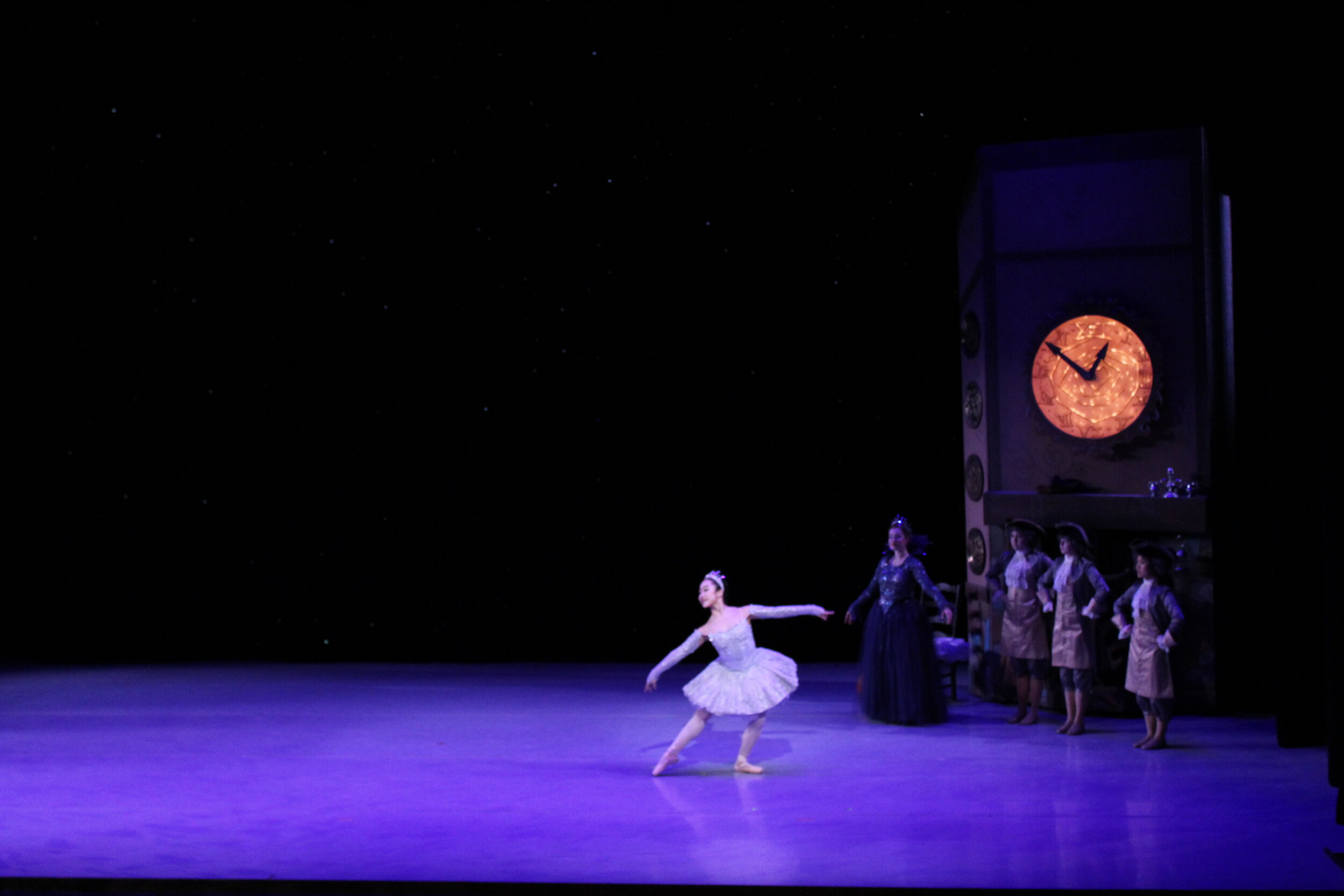


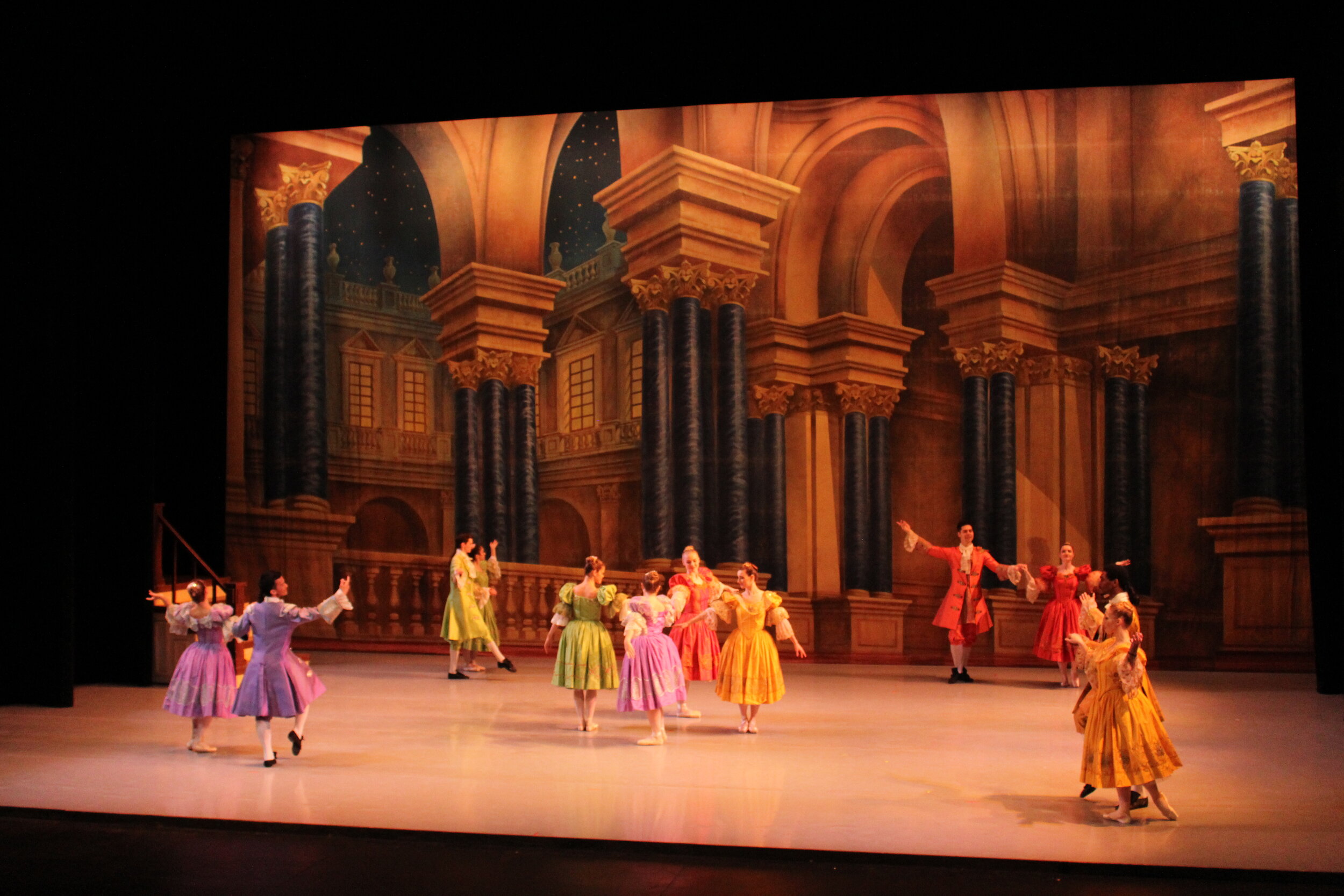

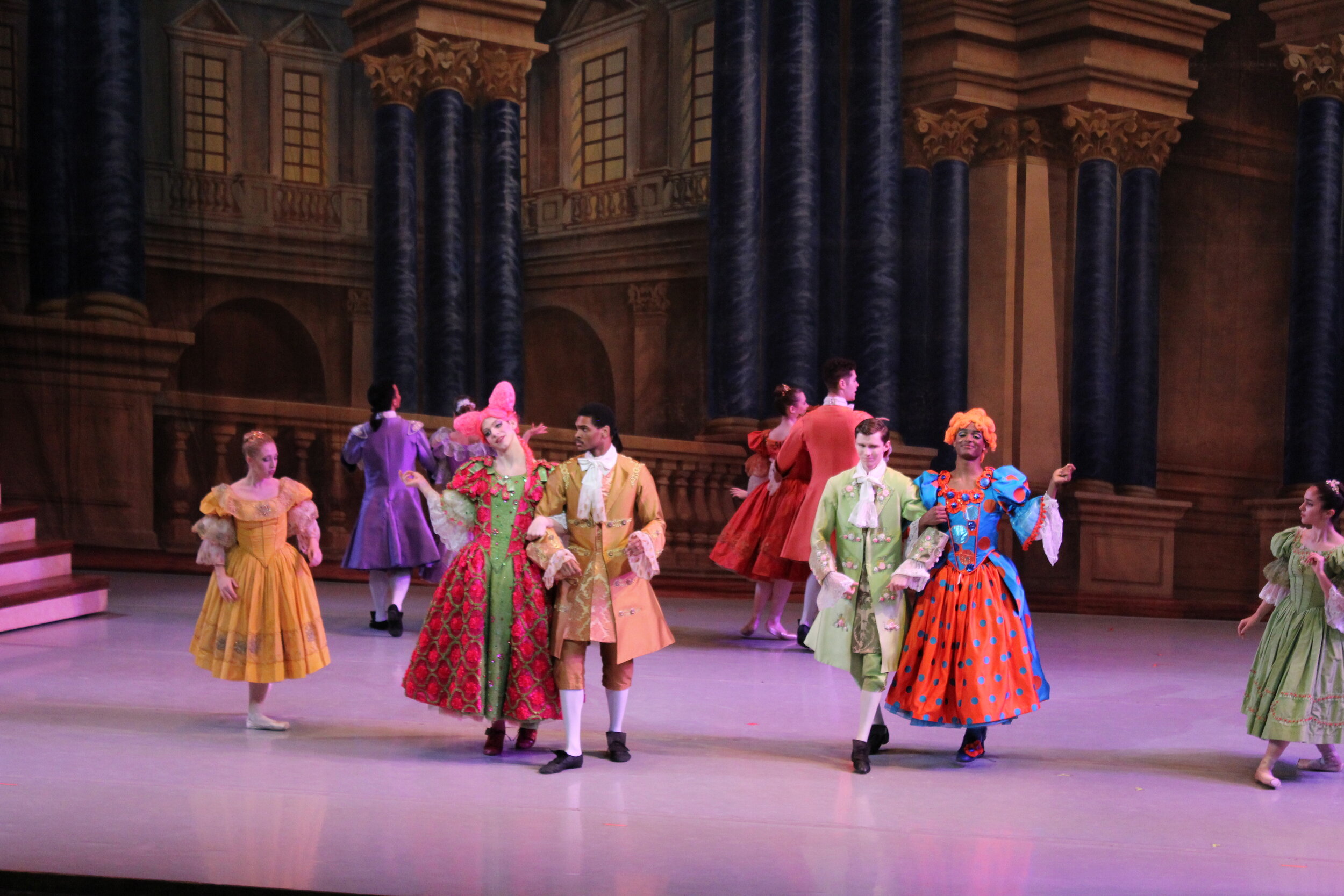

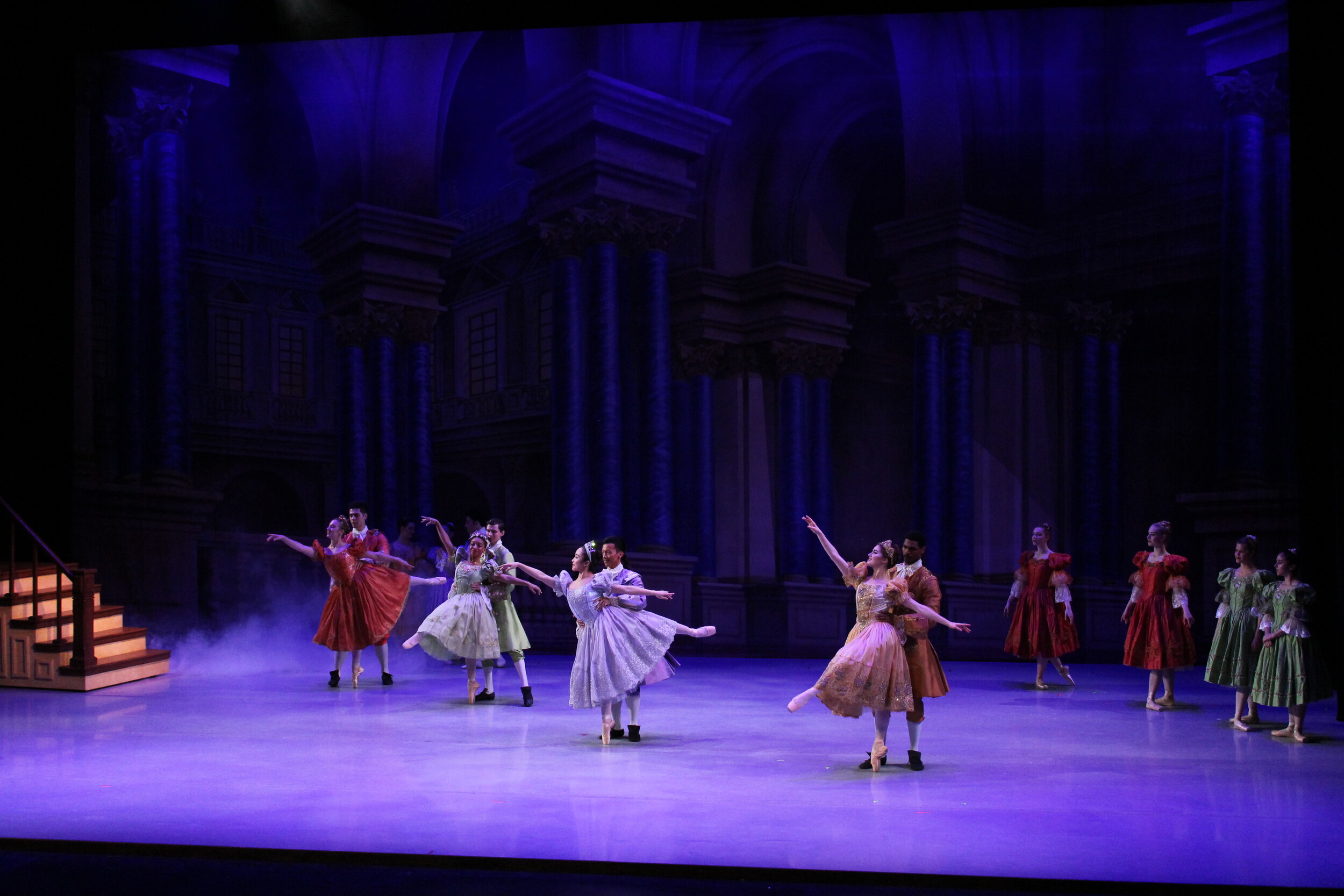

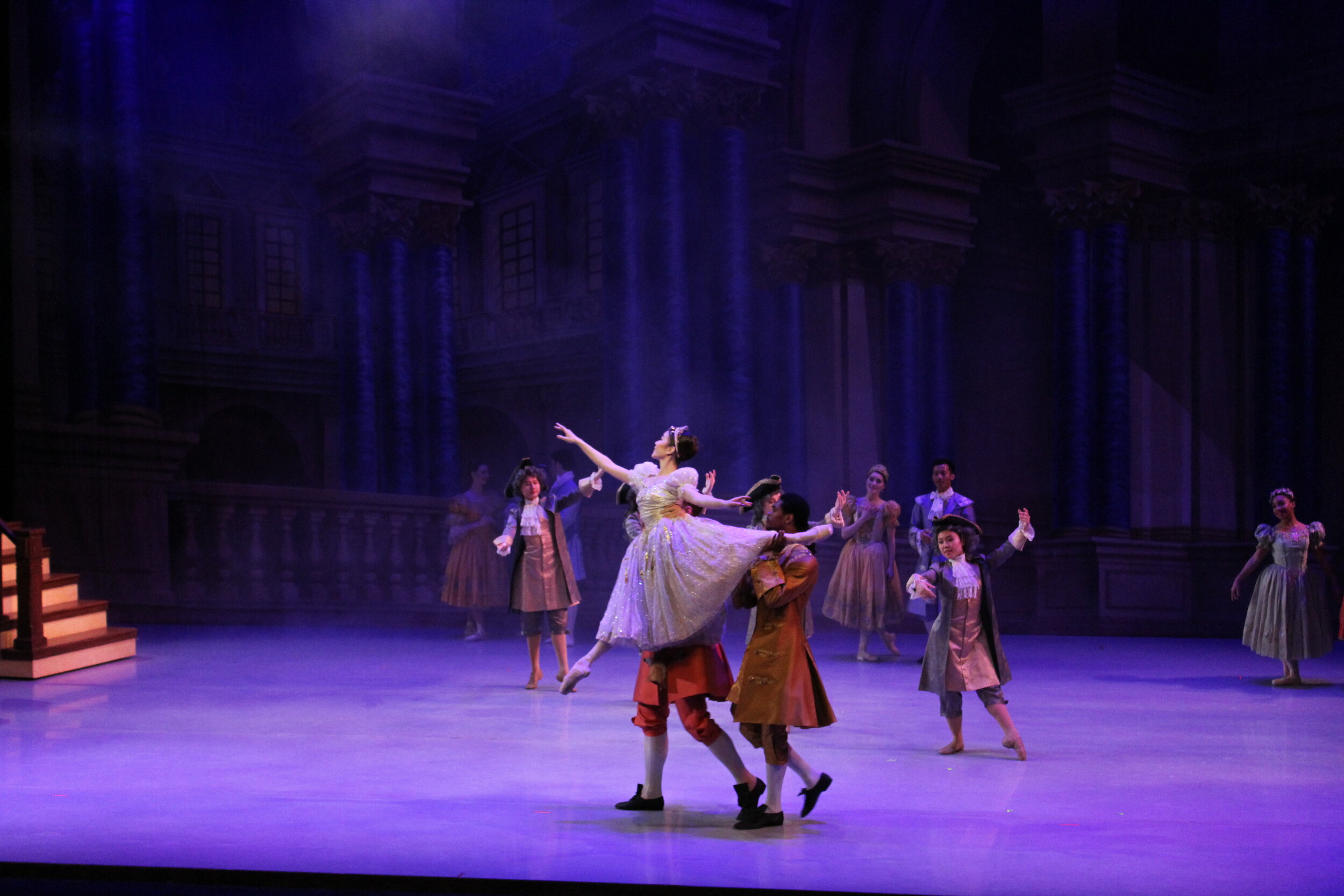







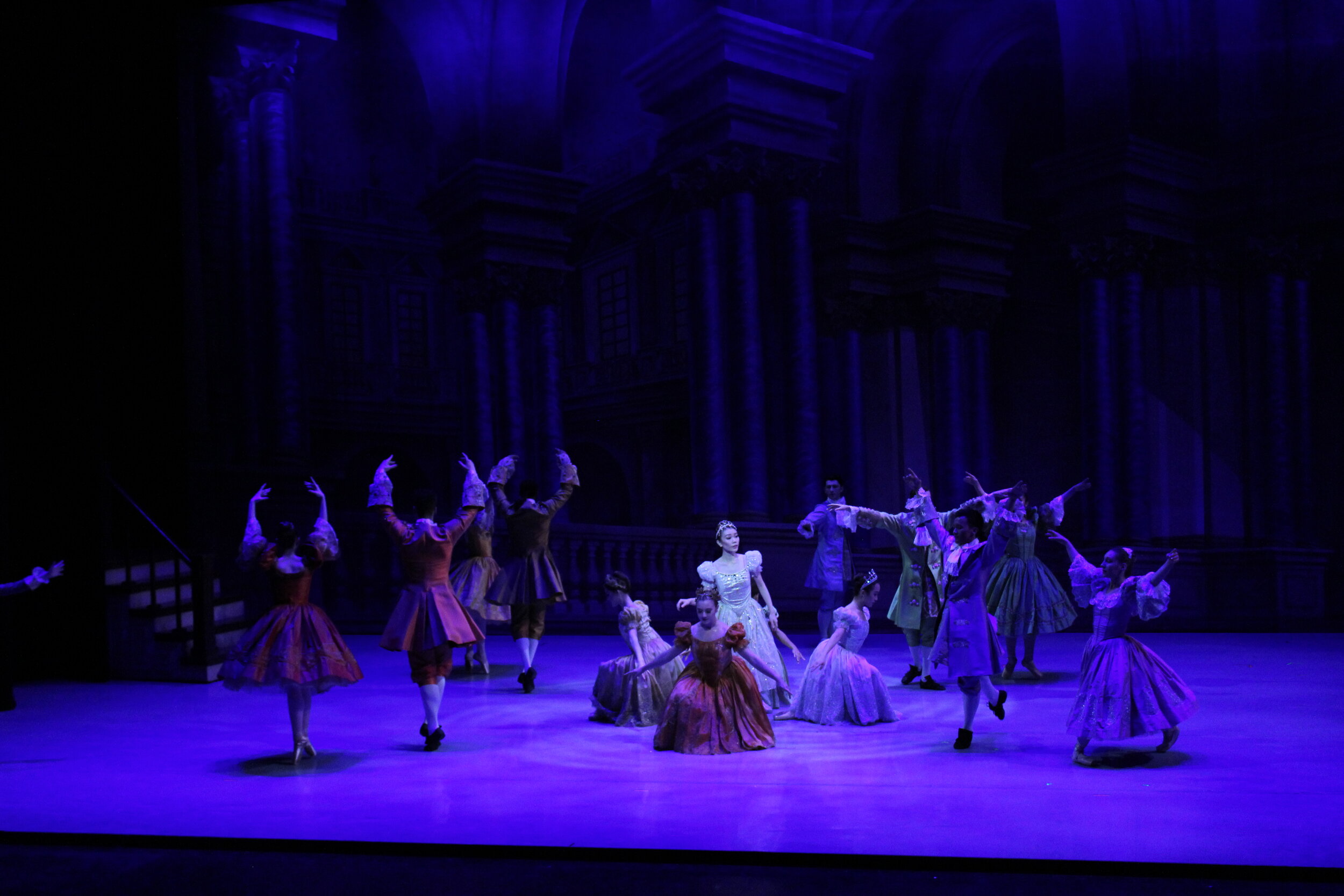

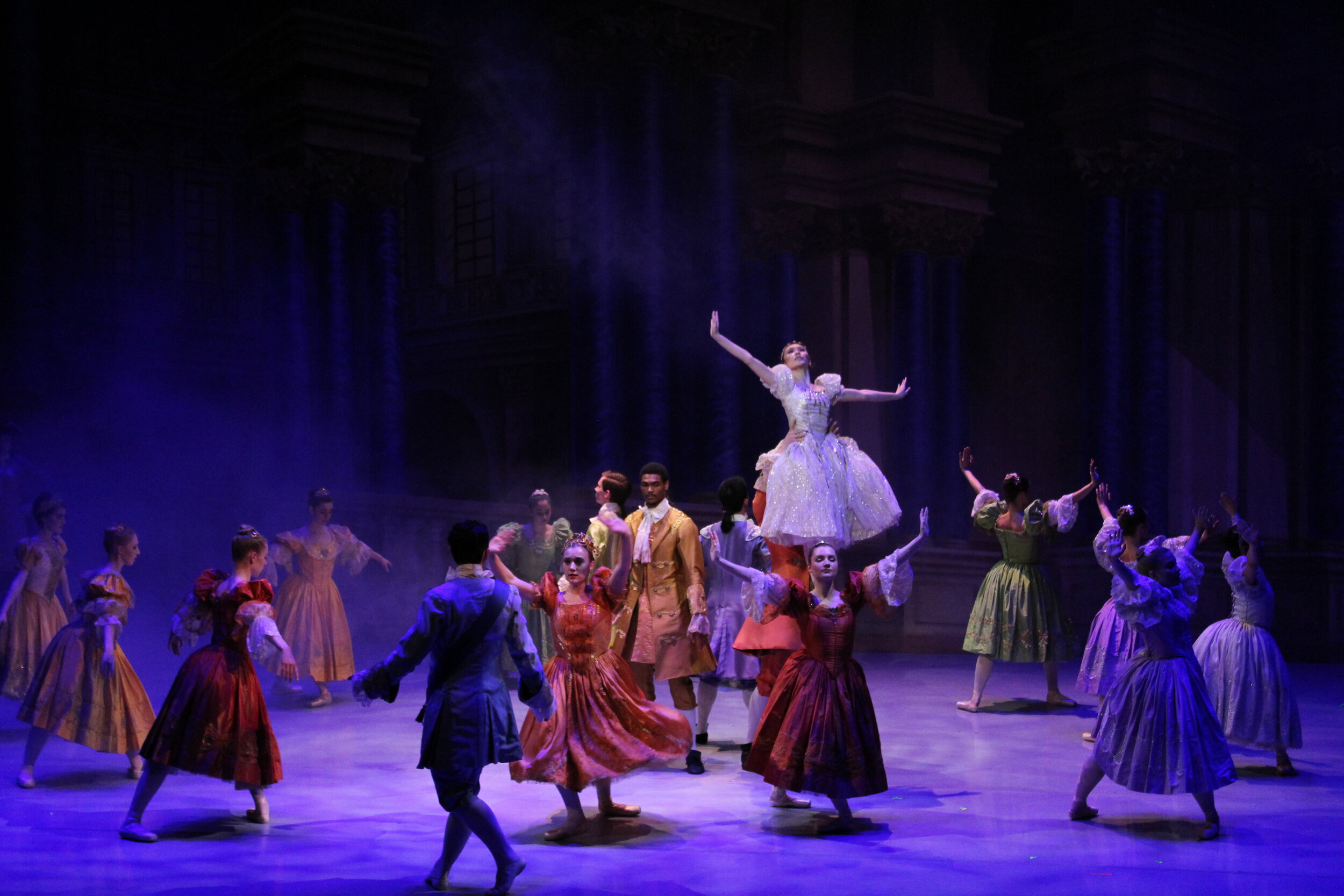
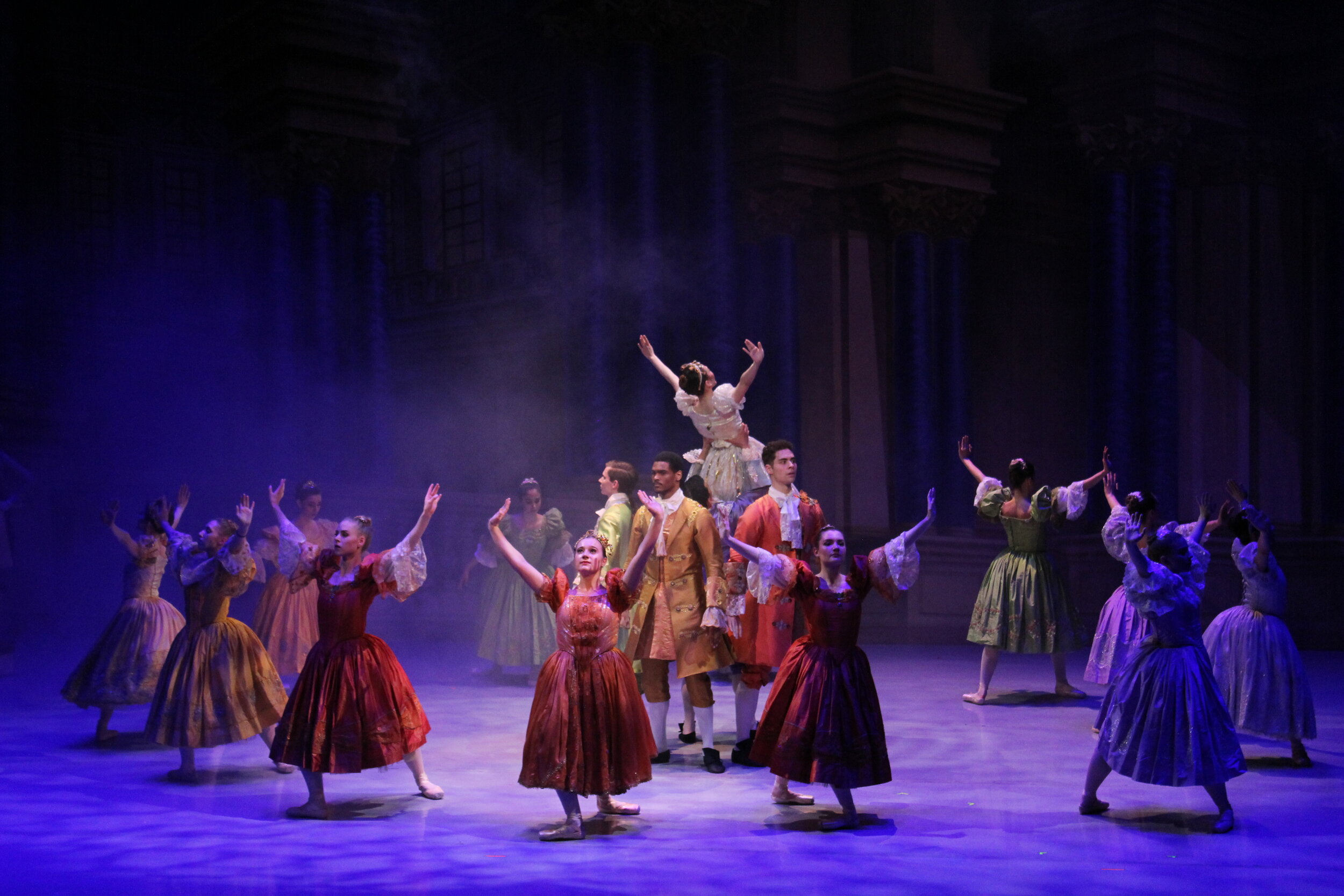
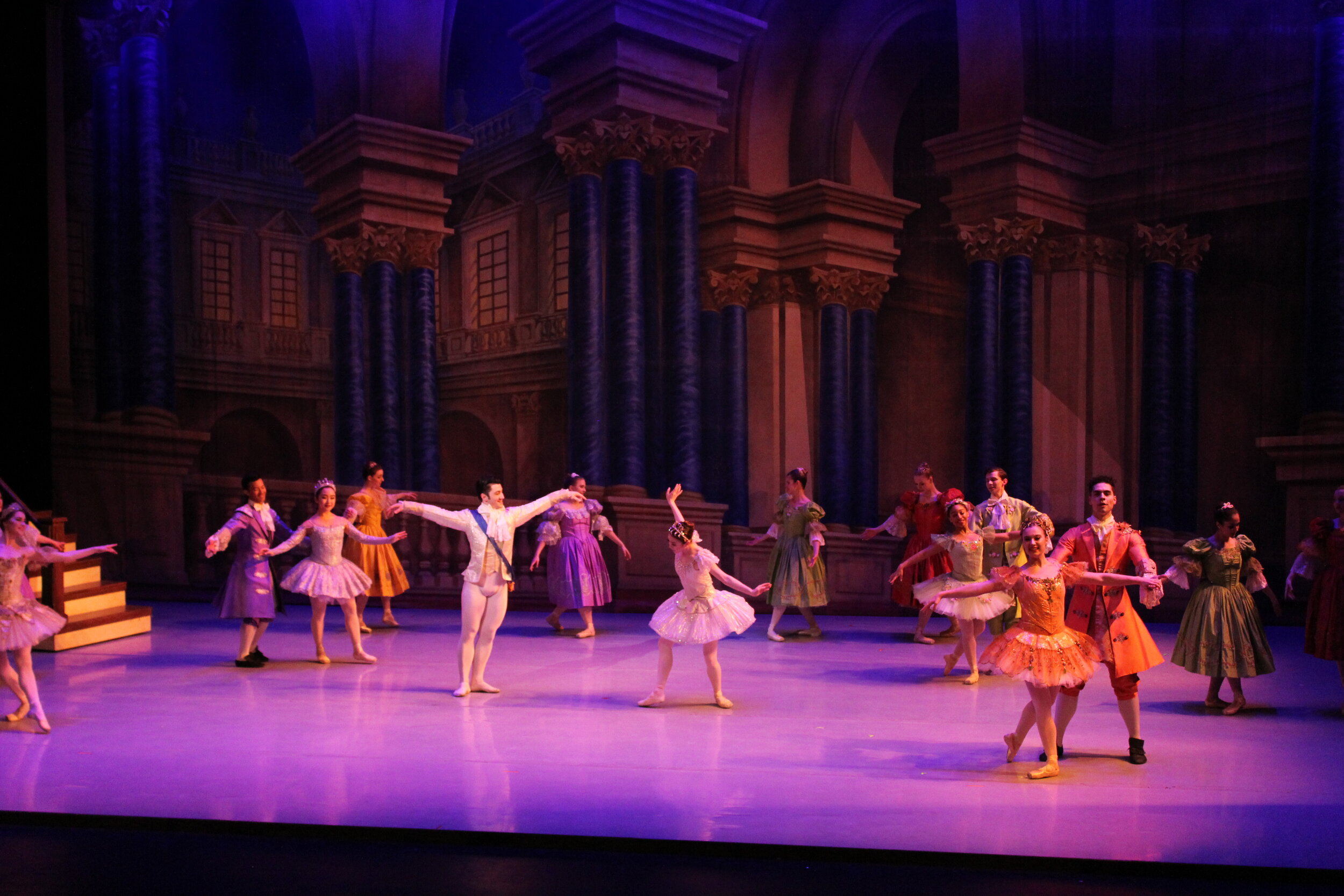

Cinderella
Cinderella the ballet follows the classic fairy tale of the glass slipper princess finding her happily ever after. The purpose of the lighting design is to follow Cinderella through her journey of darkness to happiness and creating the vibrancy of the magical world of the fairy god mother, while bringing the magical fairy tale to life with the art of dance.
Choreographer: Karen Burke
Location: CCM, University of Cincinnati
Photo Credits: Nick Smith

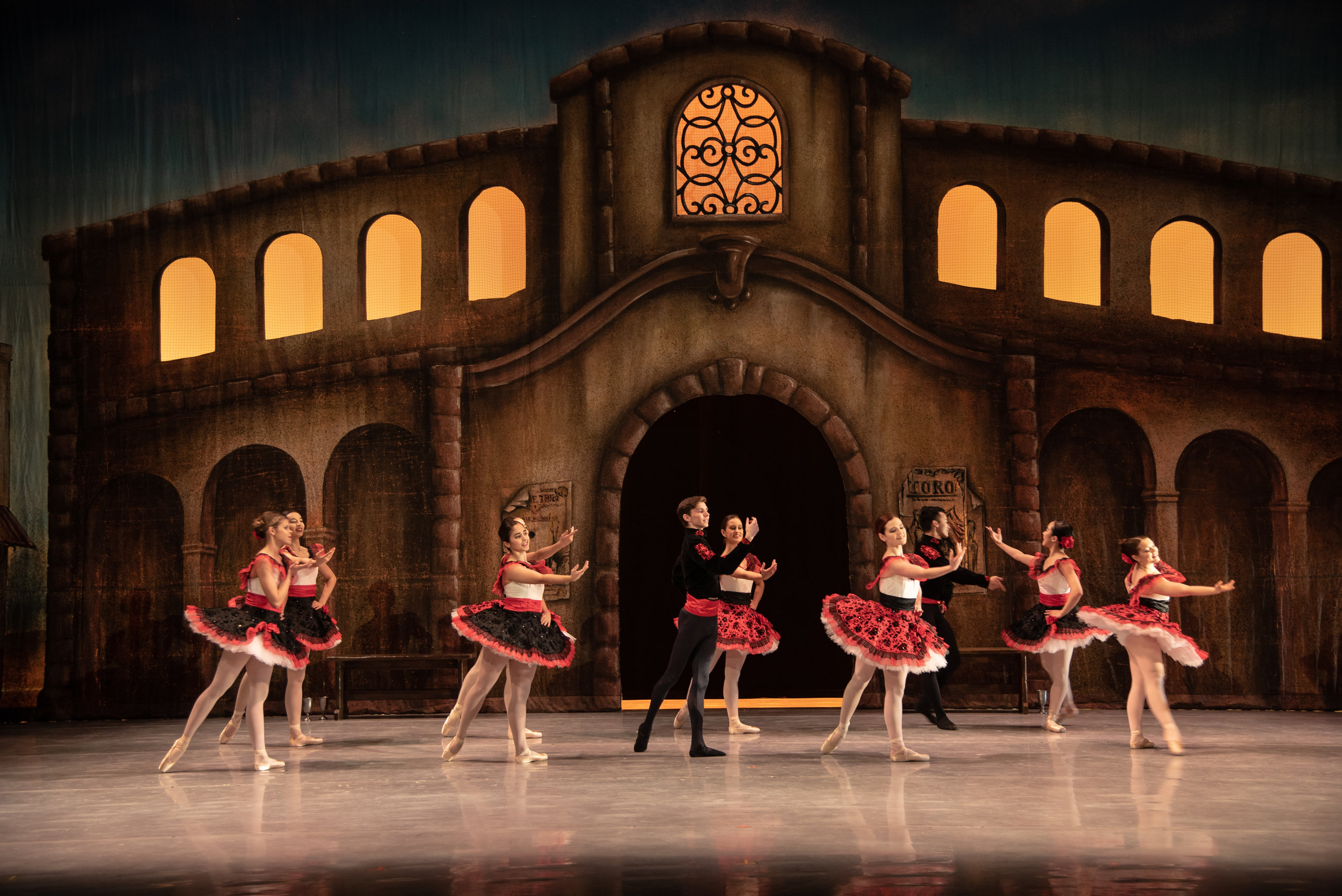
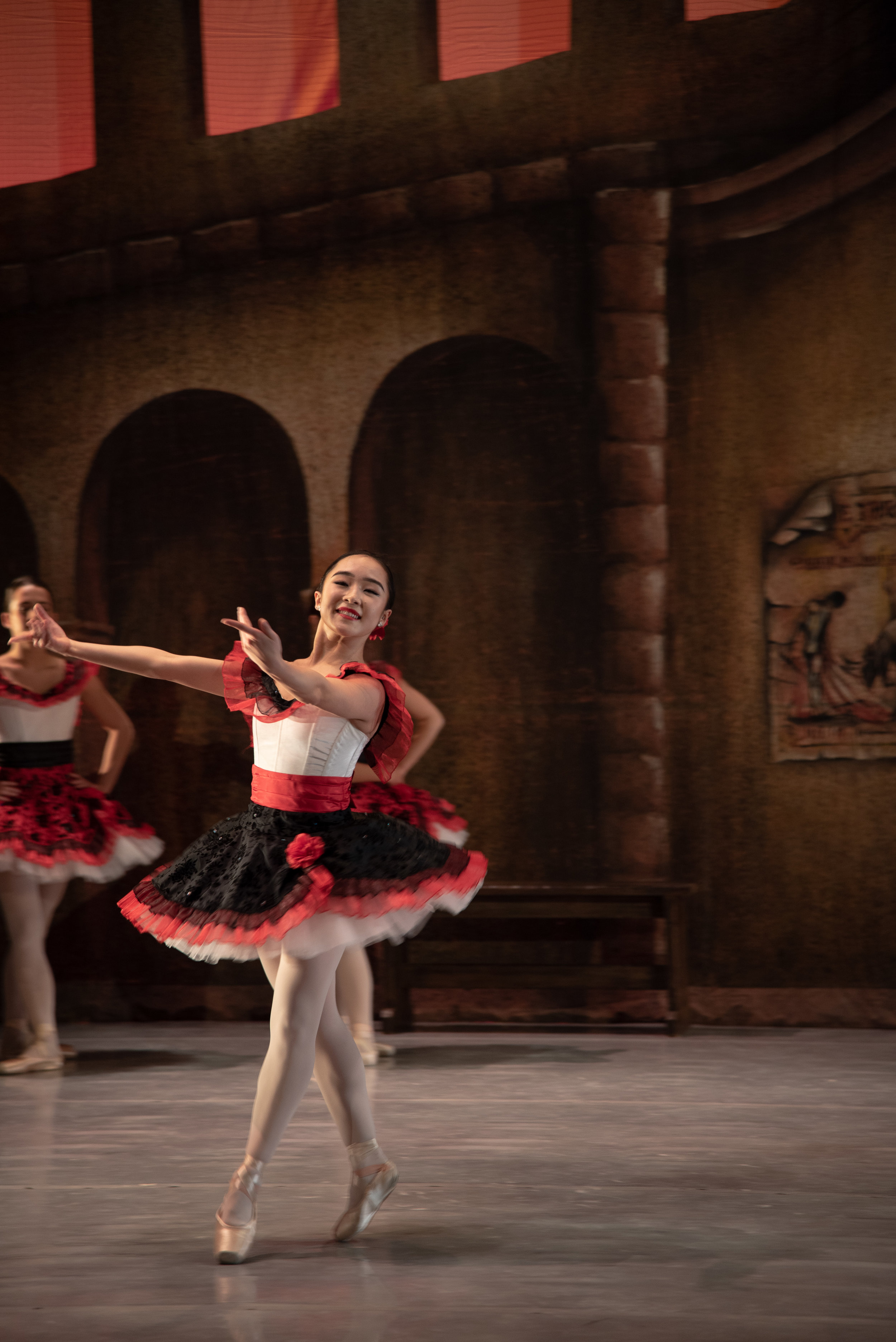





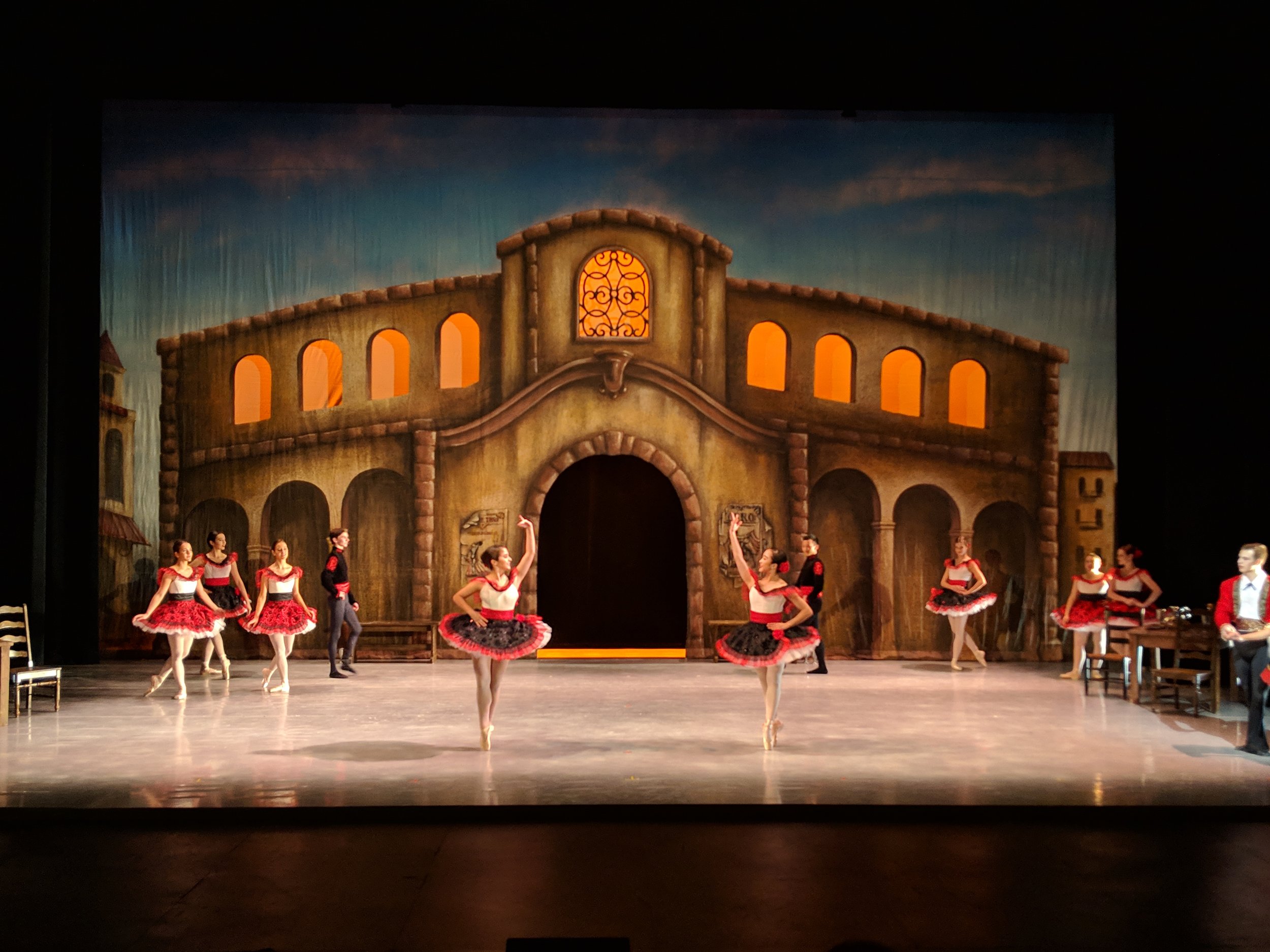

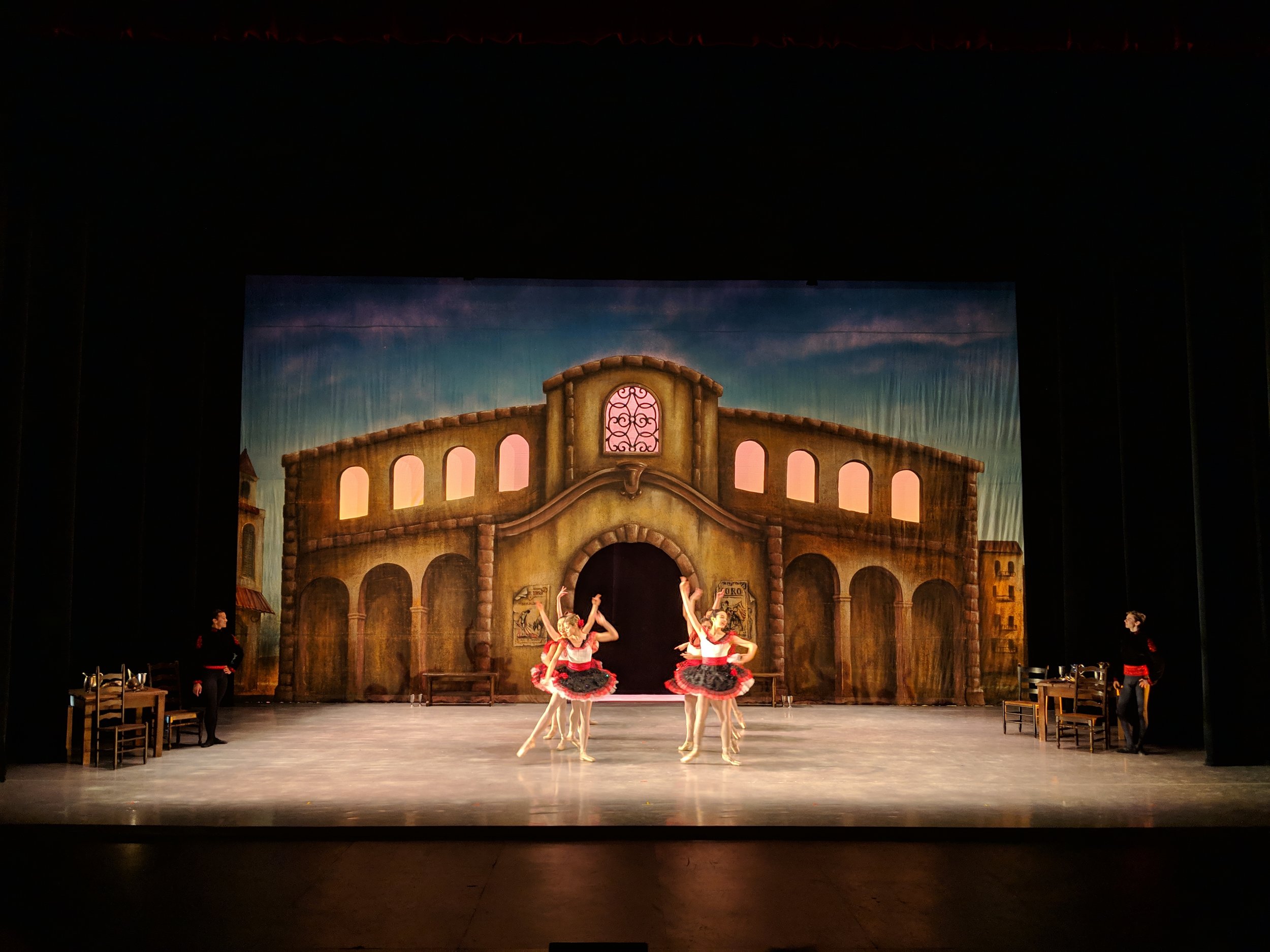

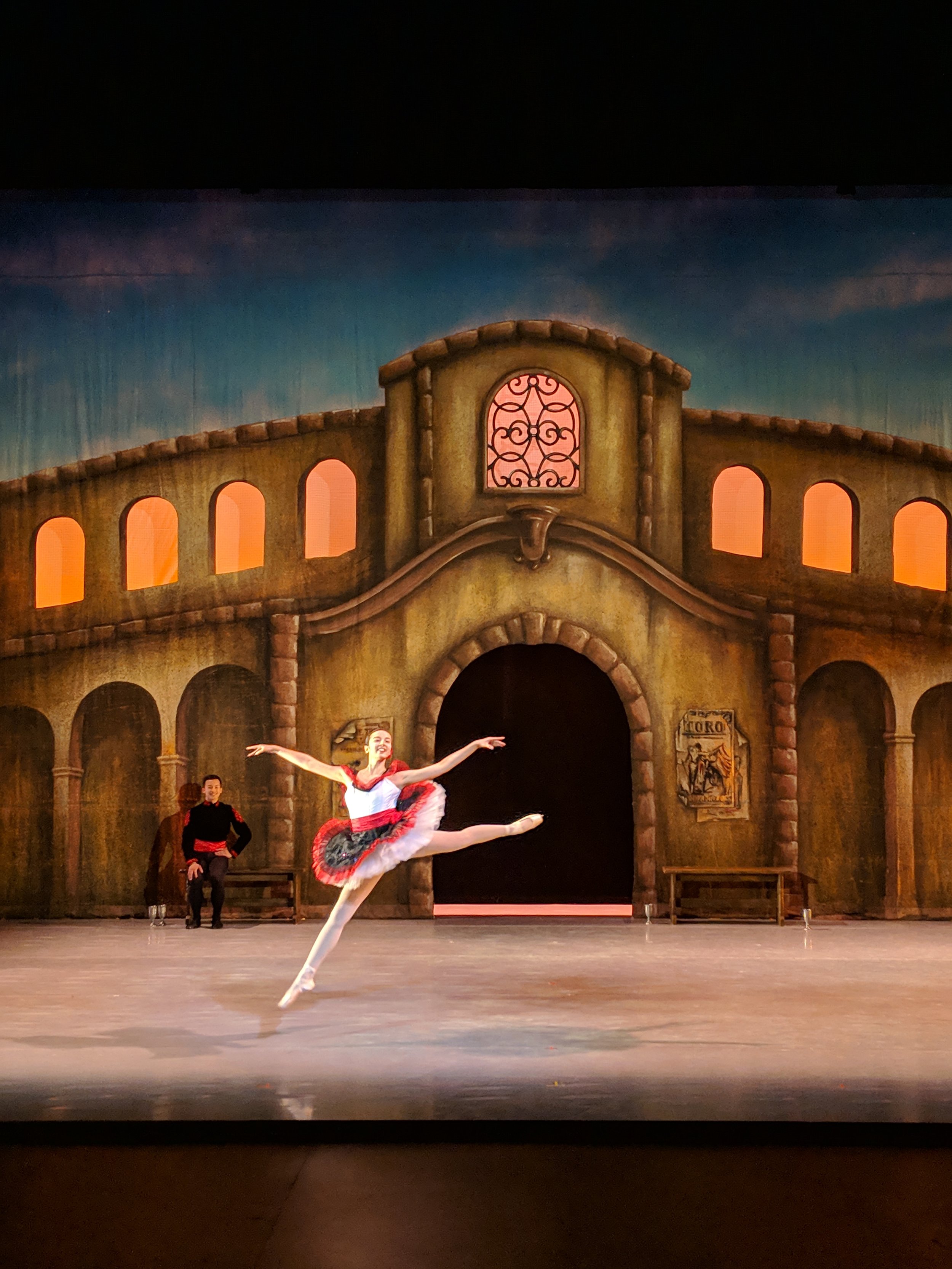
Kitri’s Wedding
Kitri’s Wedding is part of the third act of the famous ballet Don Quixote. The original choreography was by Marius Petipa, and the ballet originated from the novel Don Quixote de la Mancha by Miguel Cervantes. The wedding is vibrant and festive. The vibrant red colors add on to the Spanish flair of the music. The lighting supports the joys of having a wedding and the grant festivities that surrounds it.
Company: CCM; University of Cincinnati
Choreography by: Deirdre Carberry
Photography by: Jeremy Mayo
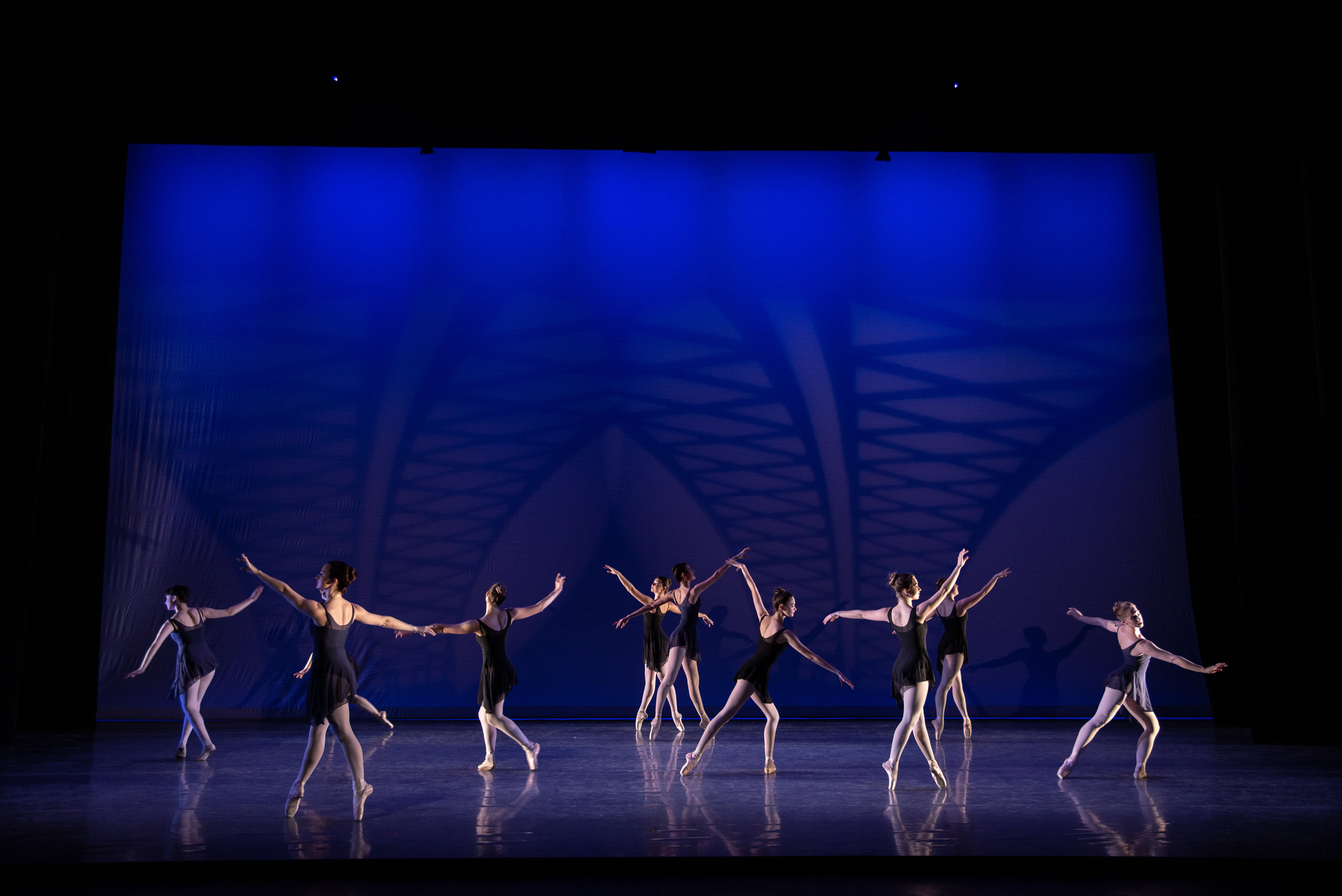


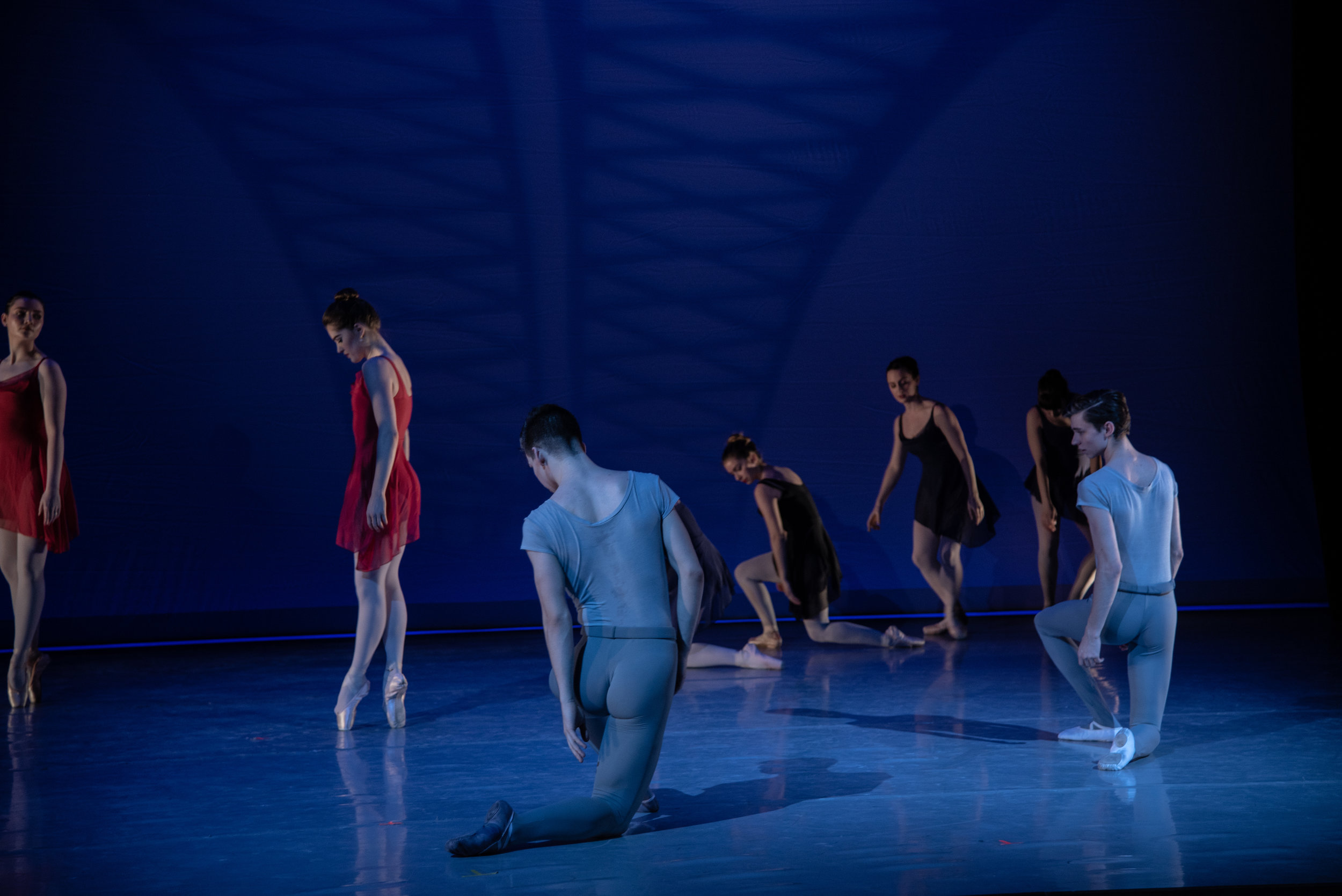
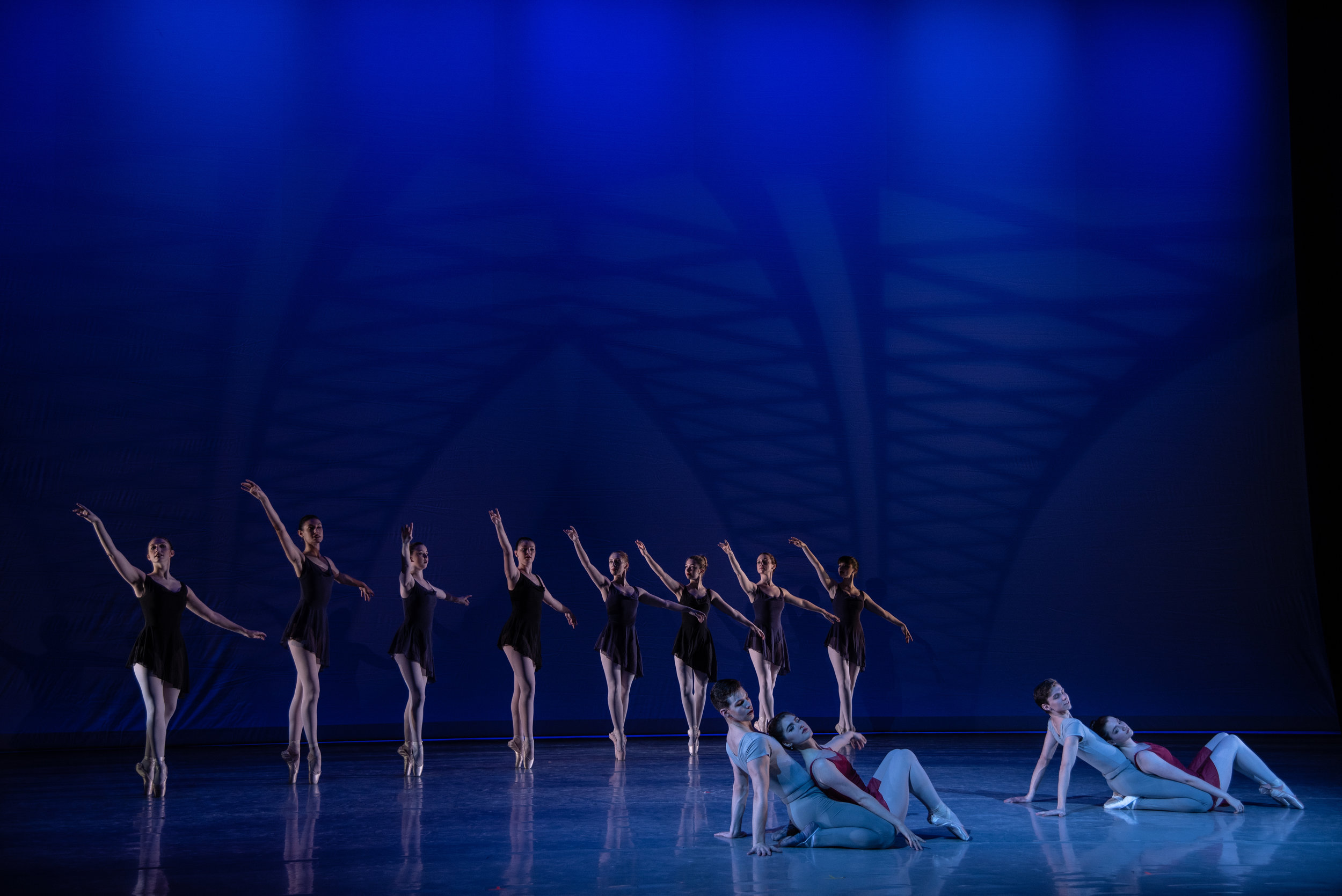









Bridges
Bridges is an original choreography by Michael Tevlin. The piece portrays the whimsical waters of the Cincinnati rivers and bridges. This Neo Classical ballet embodies the structures of the bridges through their formations and the fluidity of water through their shifts. The use of textures and effects supports the design of the bridges and the movement of water.
Company: CCM; University of Cincinnati
Choreography by: Michael Tevlin
Photography by: Jeremy Mayo
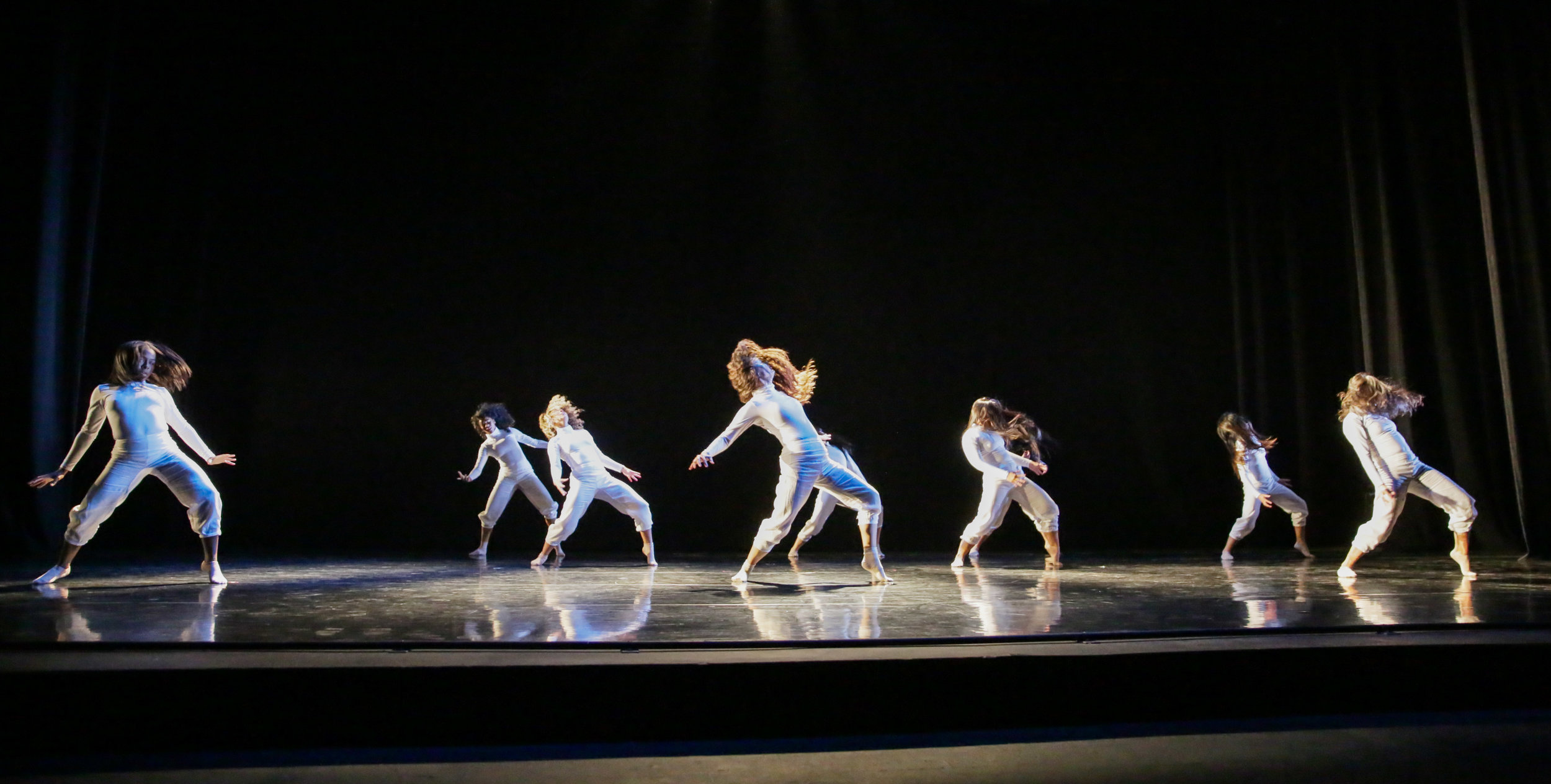


At The End / Physical Graffiti 2018
“At The End”, Choreographed by Molly Gray, is dedicated to the passing of London Thibodeaux. The piece explores the topic of grief and how the loss of someone brings people together while making them feel completely isolated. The lighting will begin with darkness and shadows to represent that dreadfulness of bringing yourself to accept that pain of losing someone, while feeling resentful to it. As the dance progresses, the dancers begin to unite and realize that they are not grieving alone. Natural light, such as sun light cascading from the cloudy sky after rainfall, brings a sense of warmth. The warmth from the natural light will calm the chaos and contrast the shadows from the start of the dance. For the end of the piece, a teal background would be revealed, representing London with her favorite color. A beam of bright light shines down from above as the dancers gather together, signifying their love for London, and how she will forever remain in their hearts.
Company: University of California, Irvine
Choreographed by Molly Gray
Photo Credit: Skye Schmidt
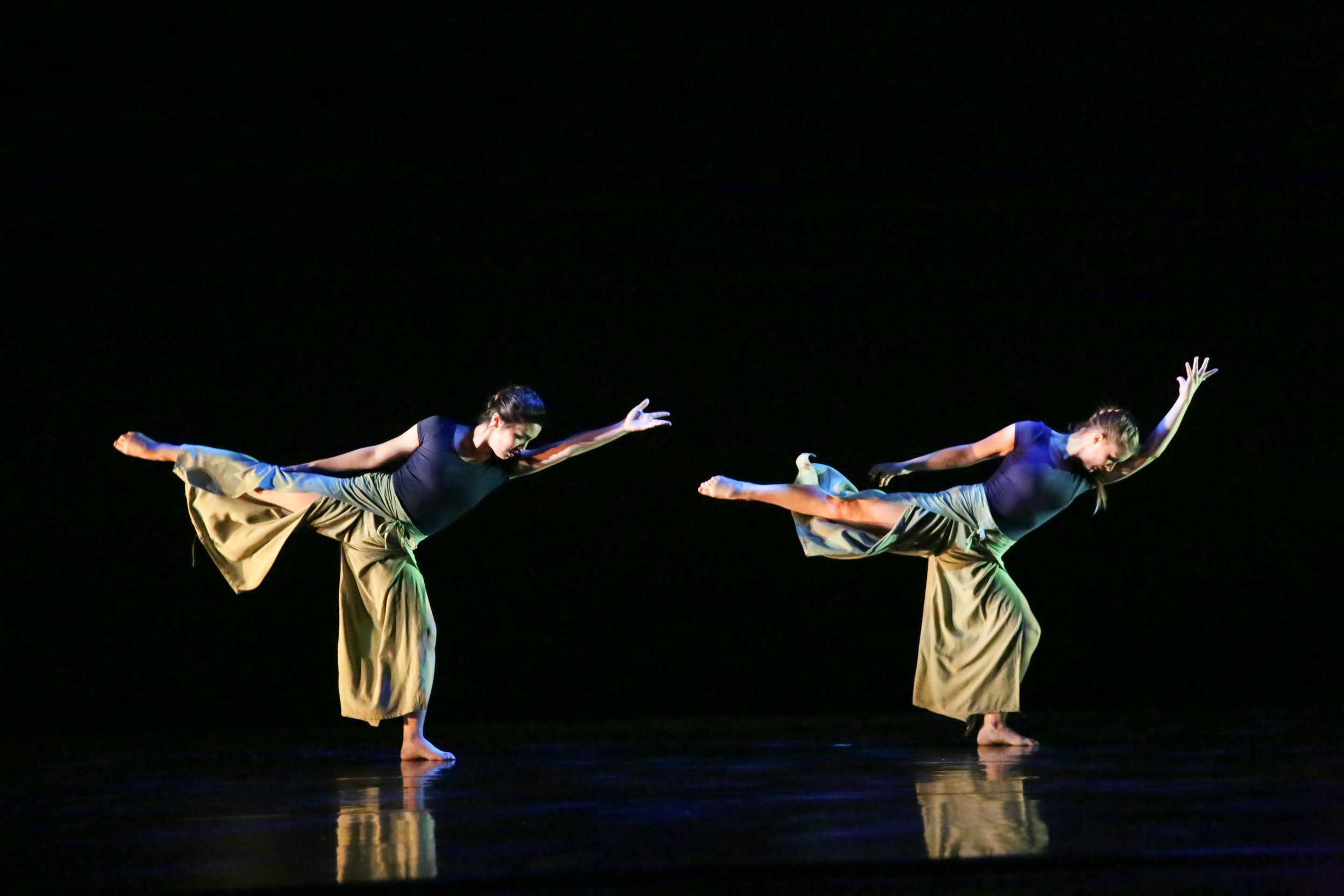
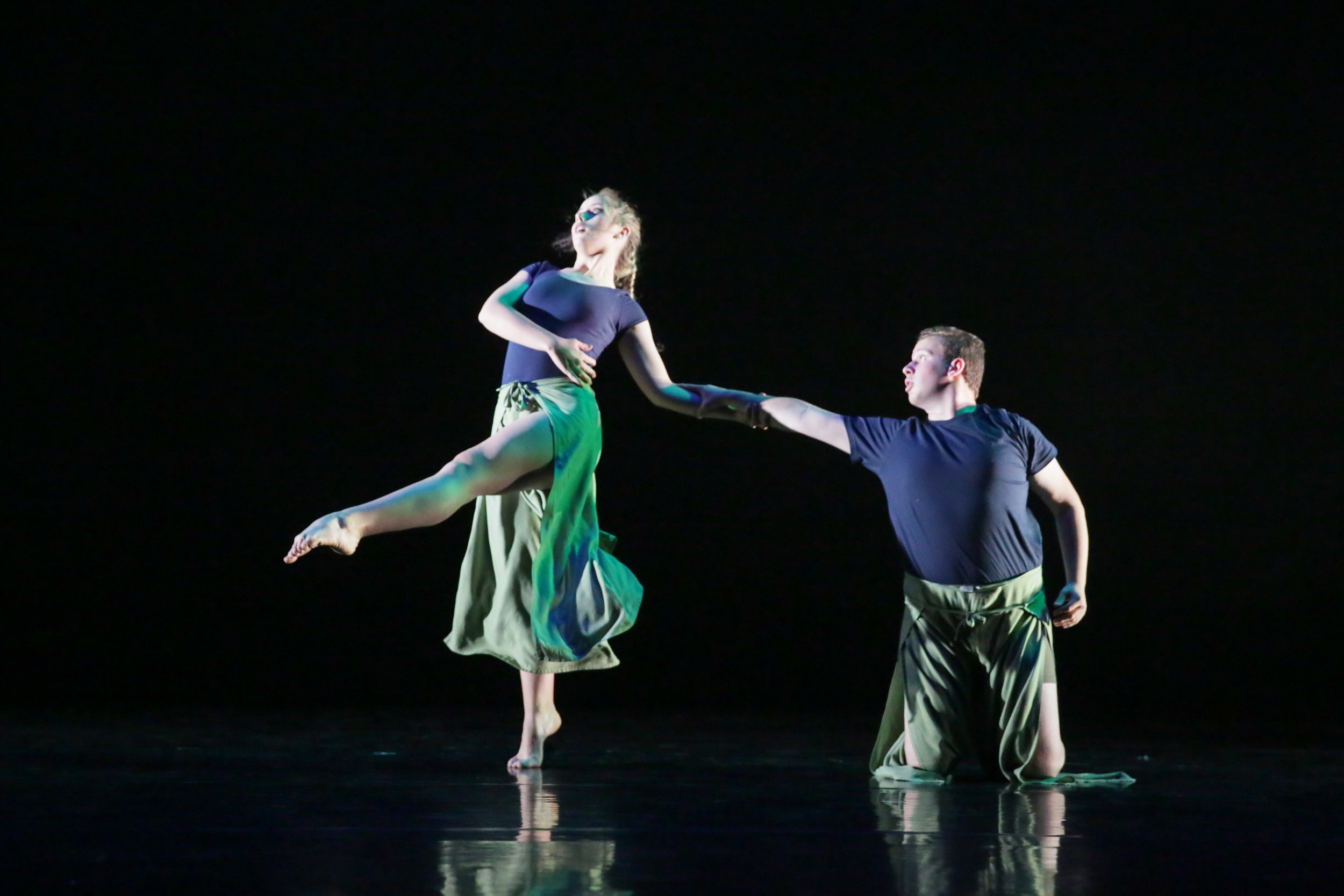

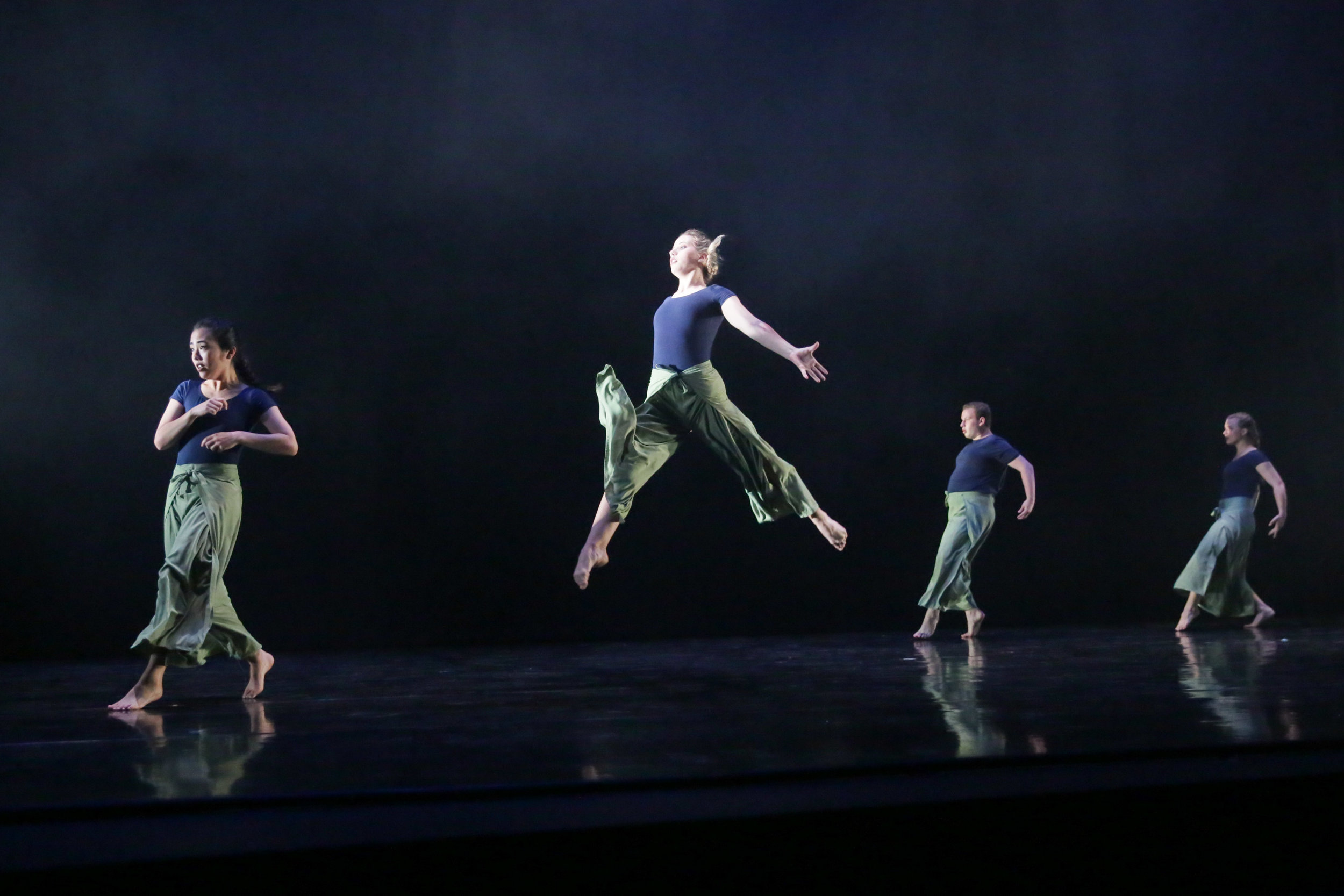
Venomous Exploits / Physical Graffiti 2018
“Venomous Exploits”, Choreographed by Lexi Bormeth, is inspired by the idea of how addiction affects different relationships. The piece is broken down to three different sections; the first section represents the falling trust between a relationships that strives to support each other. The second section represents the never-ending race to nowhere. Lastly, the third section represents a cry for help within one person in the relationship, while the other is ignorant, or unaware. The lighting design will create a natural/neutral atmosphere that represents the unawareness of our addictions within the relationship. When addiction starts to rise, and the relationship begins to spiral into a state of chaos, harsher textures, and sickly greens will slowly become more prominent. Each section will have a variation of shadows, isolation, and chaotic movement/textures, to differentiate its levels of chaos.
Company: University of California, Irvine
Choreographed by Lexi Bormeth
Photo Credit: Skye Schmidt
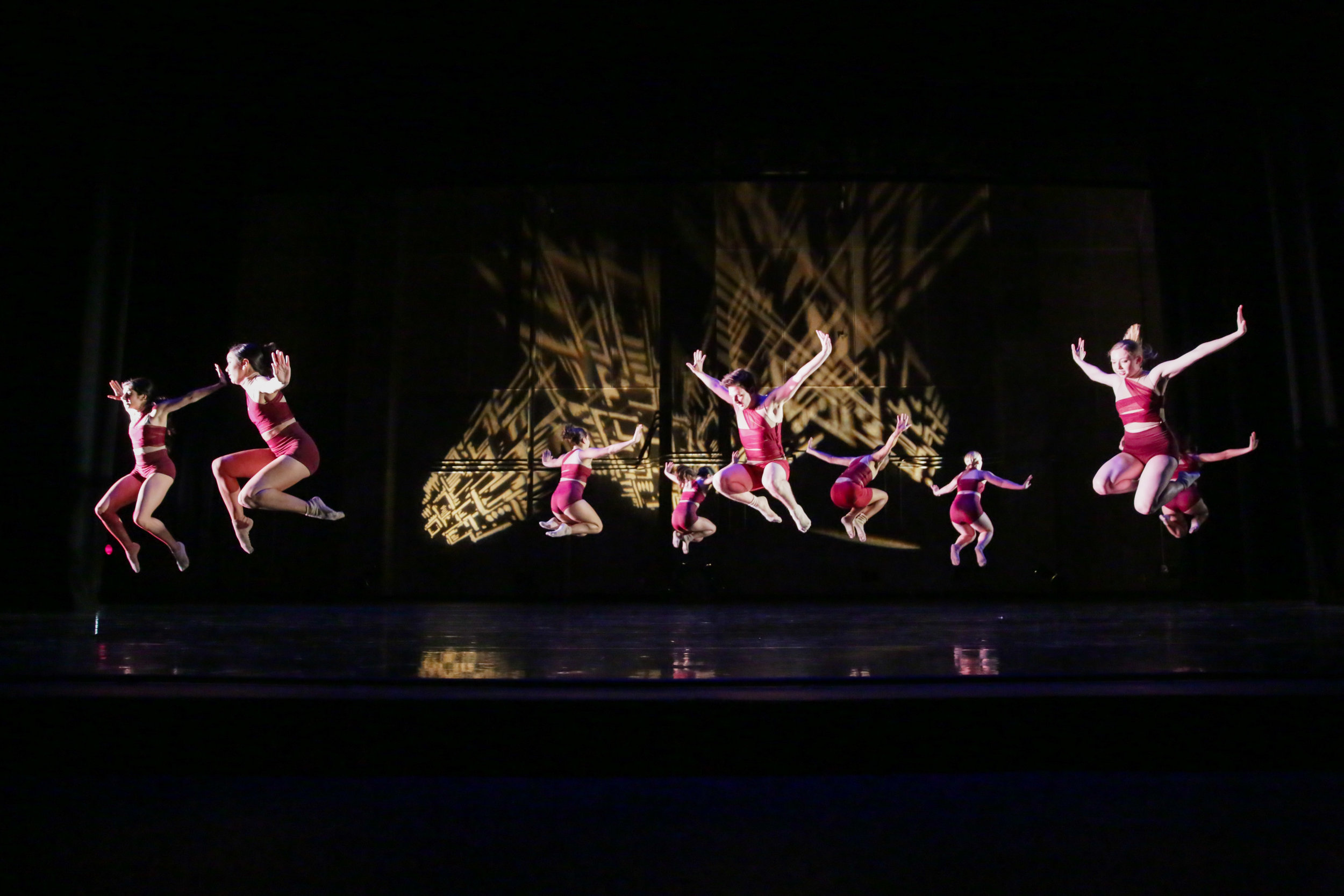
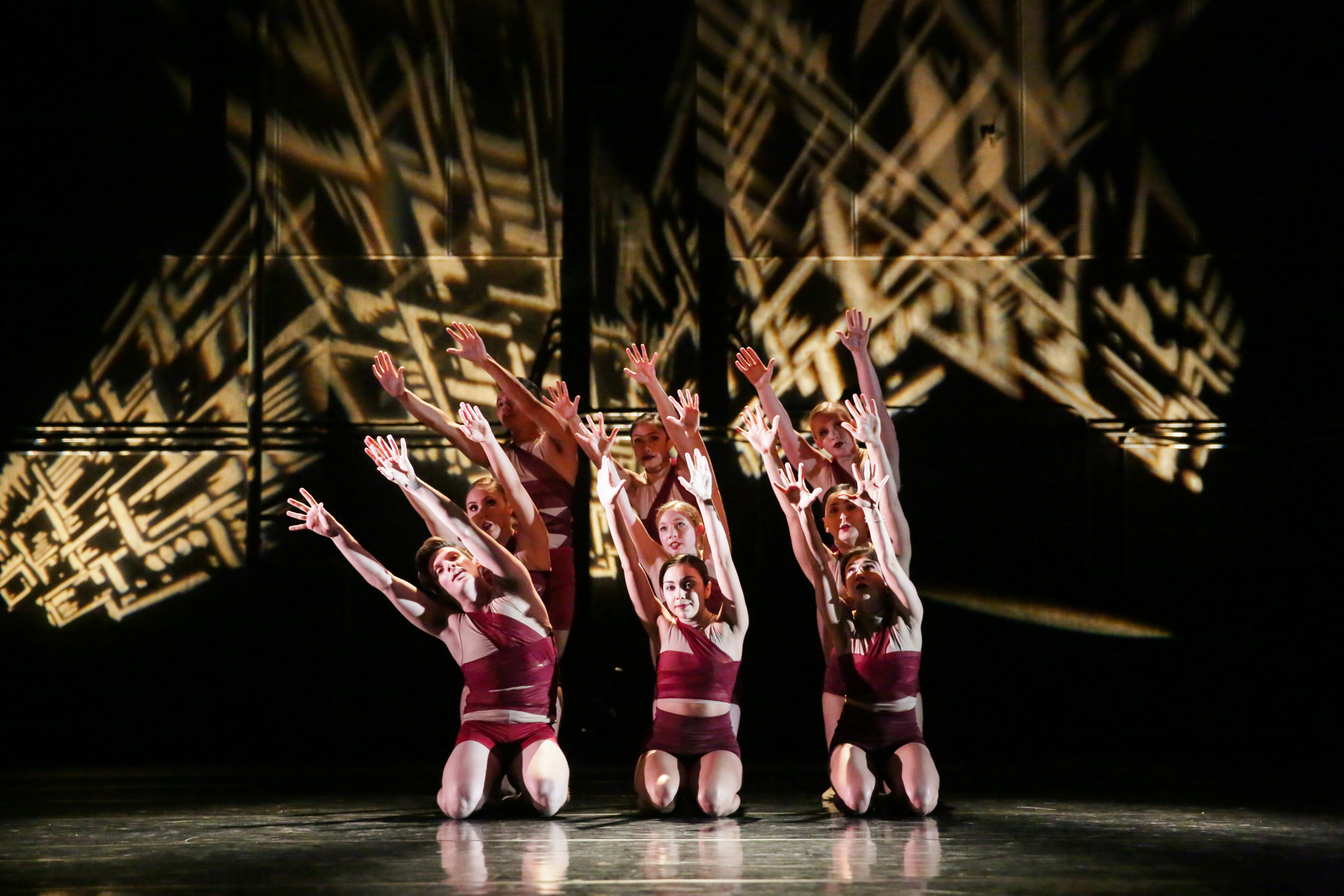
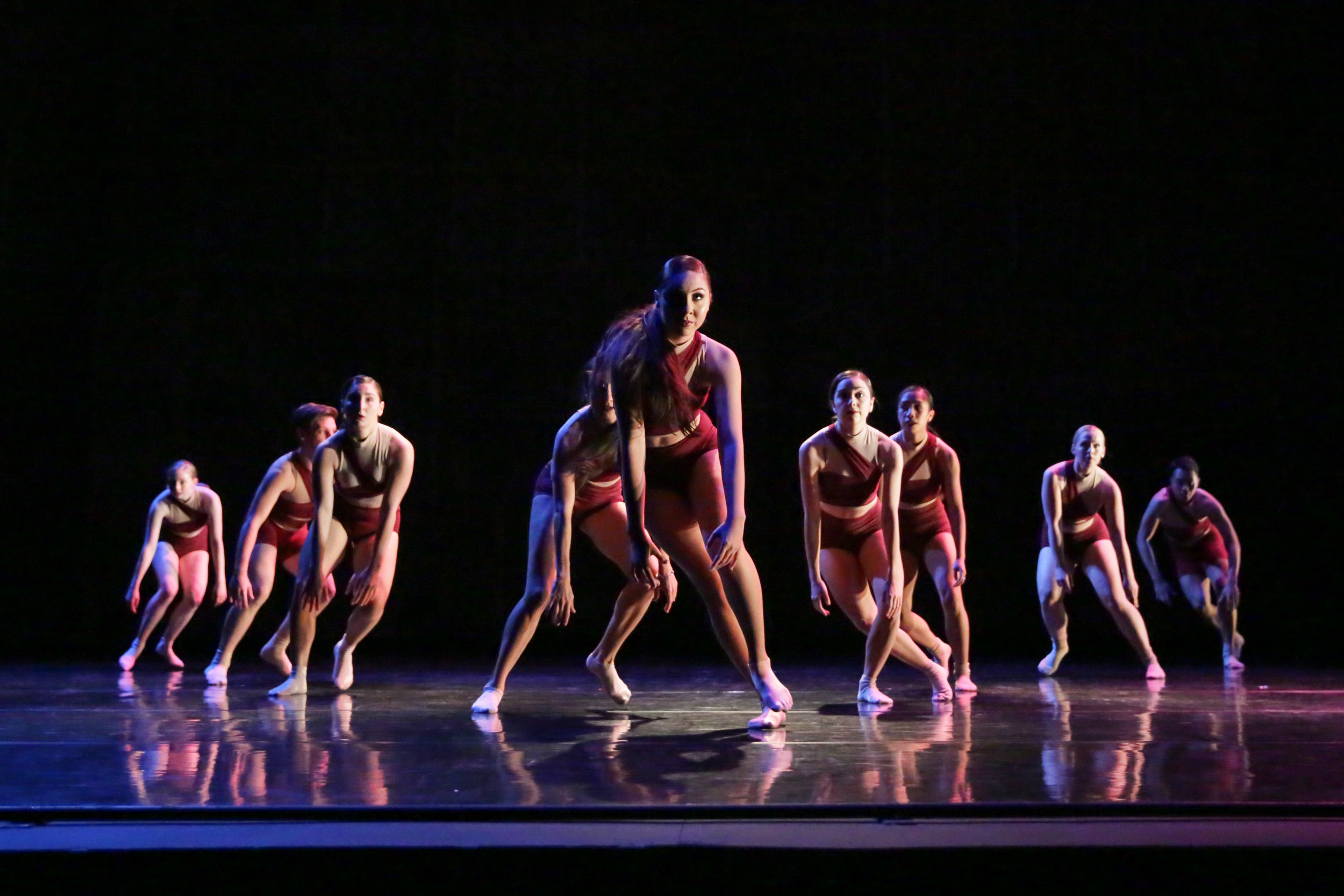


DEclacomaine / Physical Graffiti 2018
“déclacomaine”, Choreographed by Jemima Choong, is inspired by the mirroring technique of engraving and prints transferred to pottery or other materials. The main inspiration for the lighting design is derived from rustic modern interior décor, and geometric modern art. The geometric shapes from modern art create similar mirroring effects and optical illusions similar to déclacomaine. The entire design is saturate in color and aesthetic, yet complex with different sharp angles and textures. With the simplicity of the lighting, and its complexity of the textures, the lighting can best support the mirroring formations that the dancers create.
Company: University of California, Irvine
Choreographed by Jemima Choong
Photo Credit: Skye Schmidt

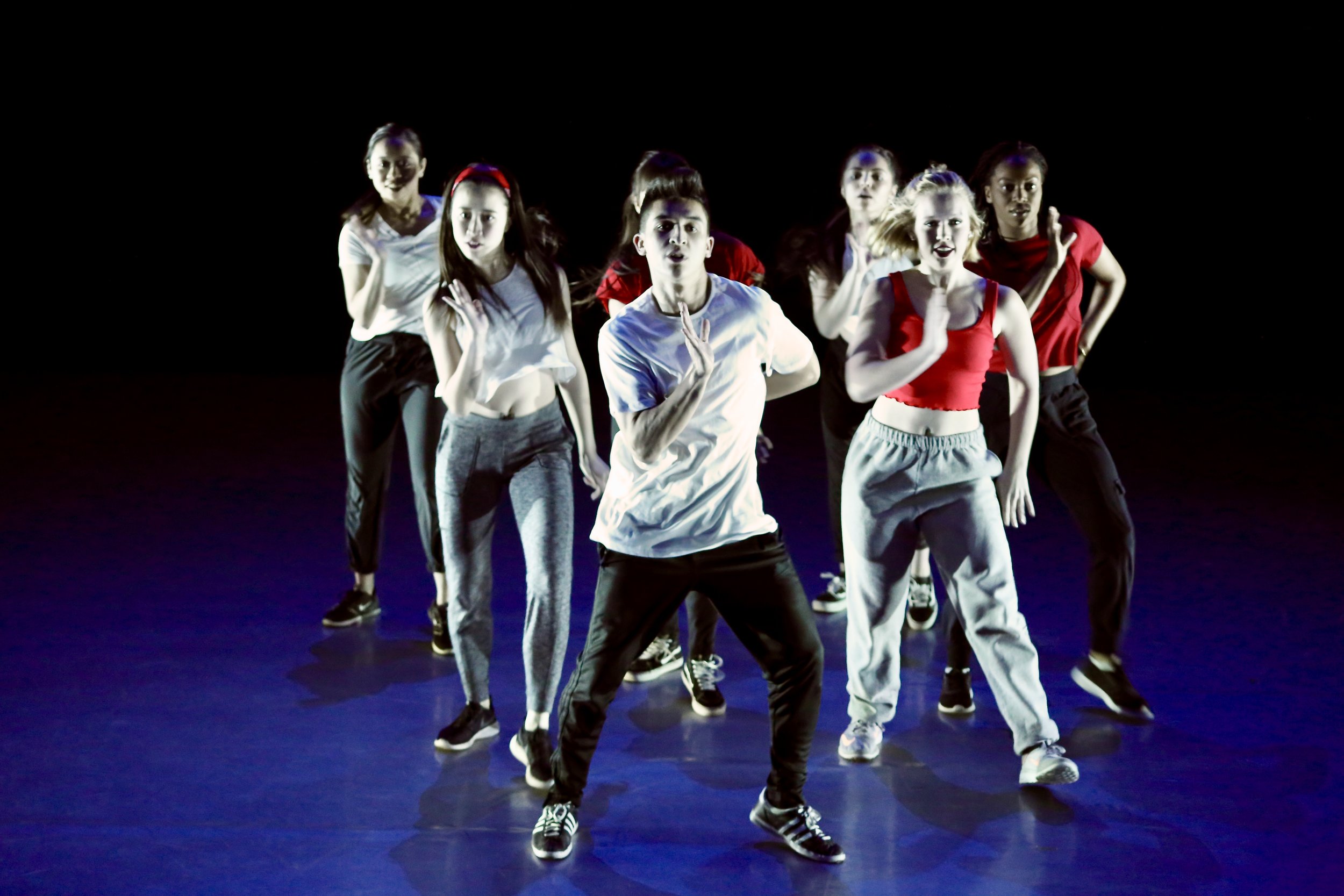
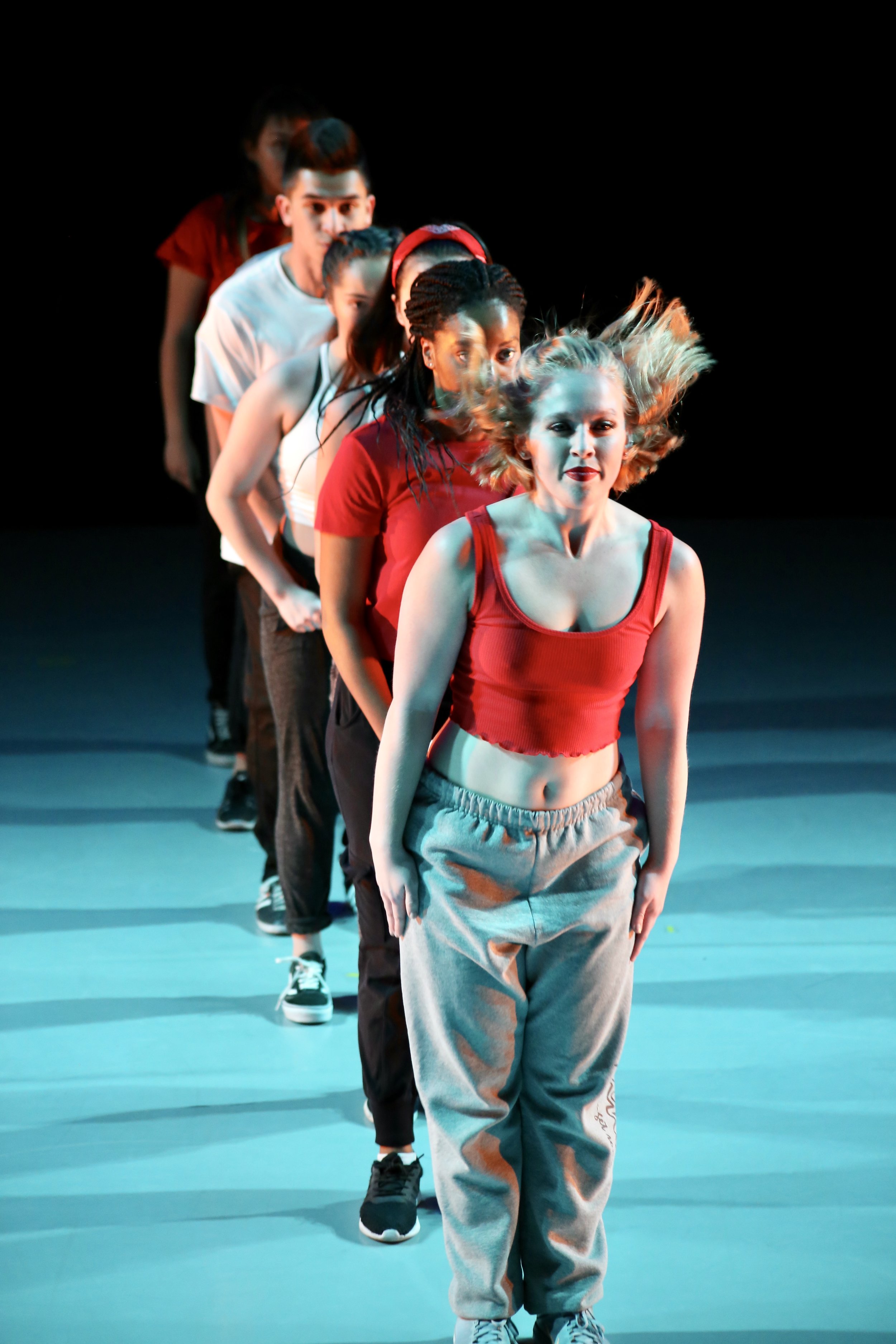
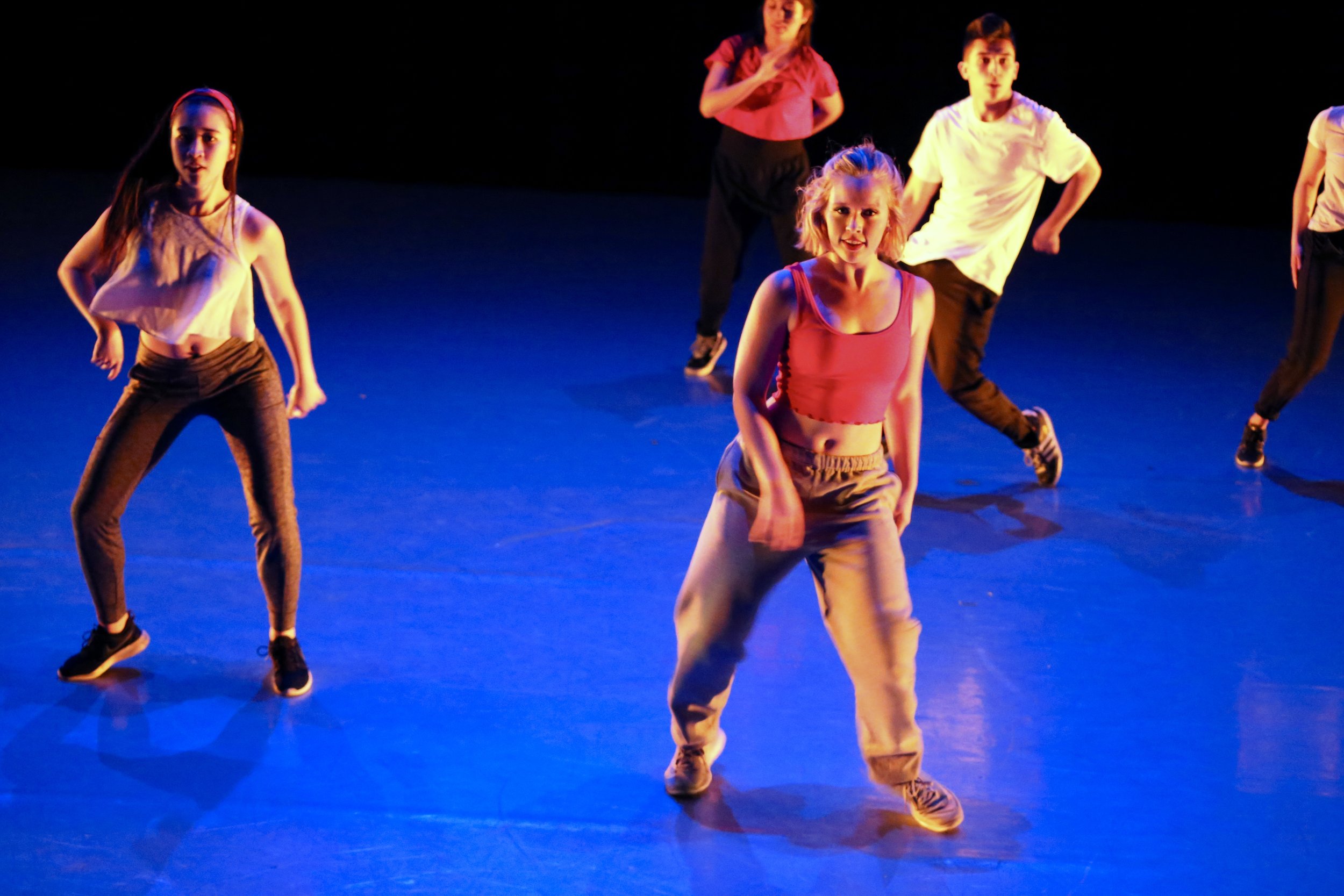
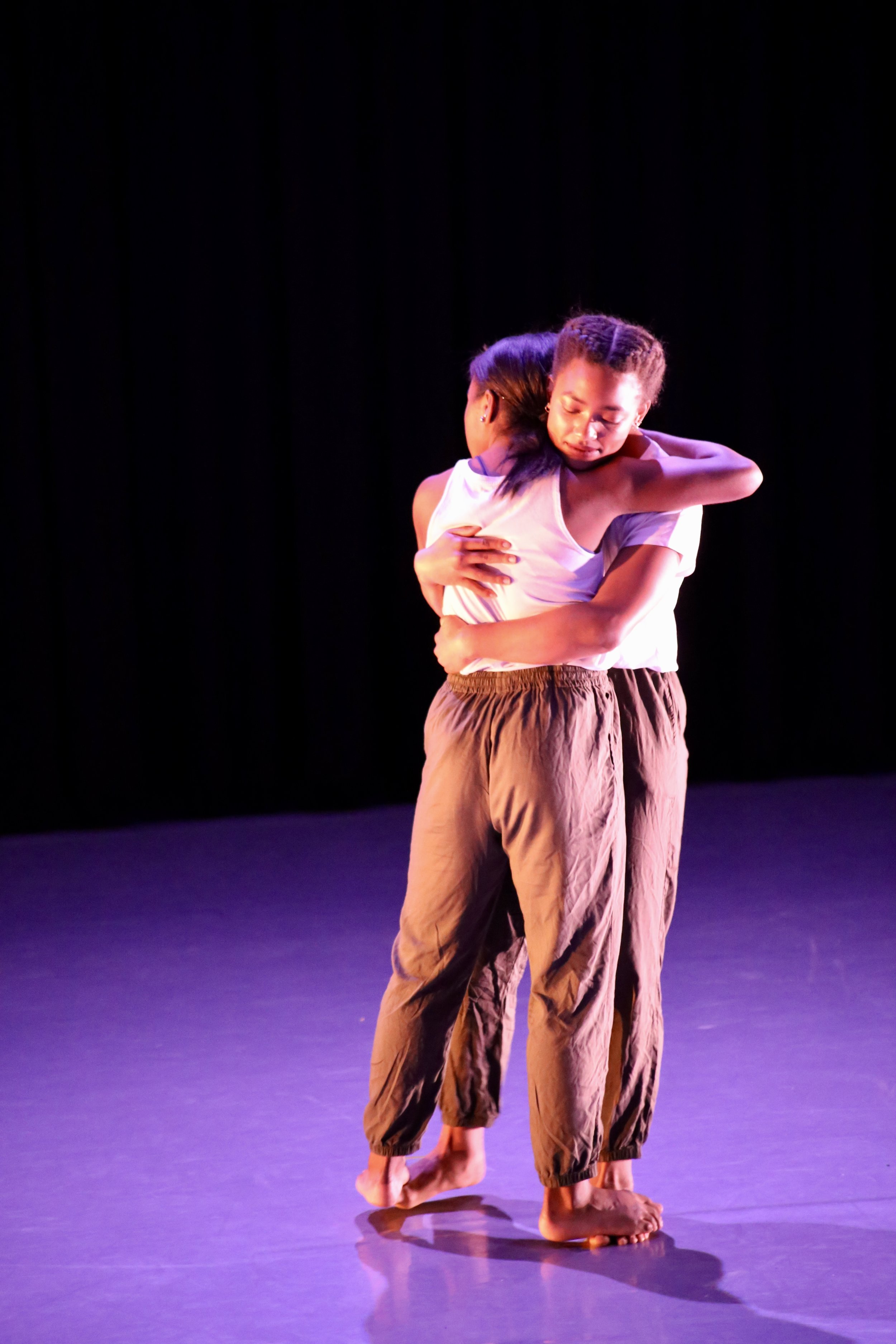
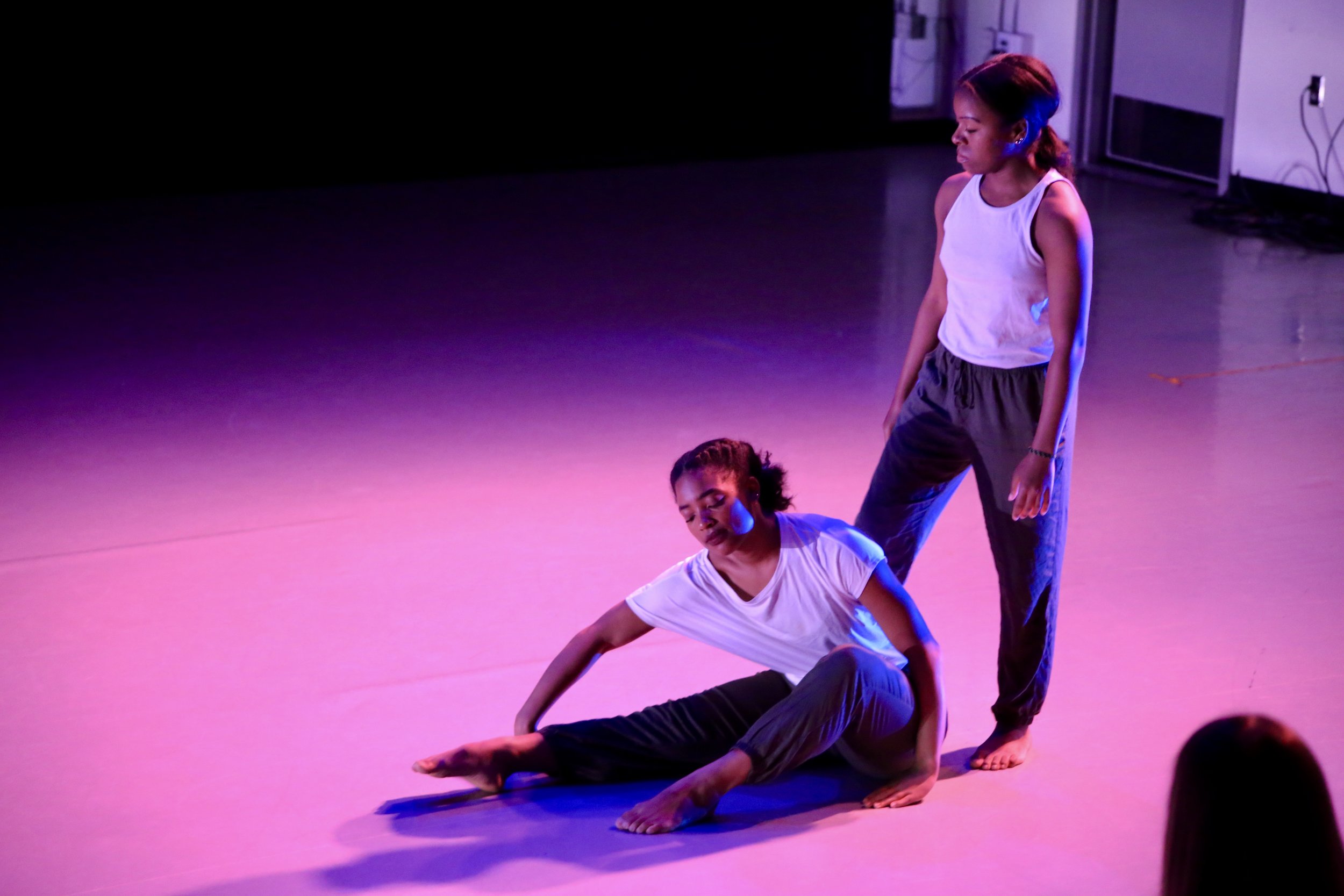
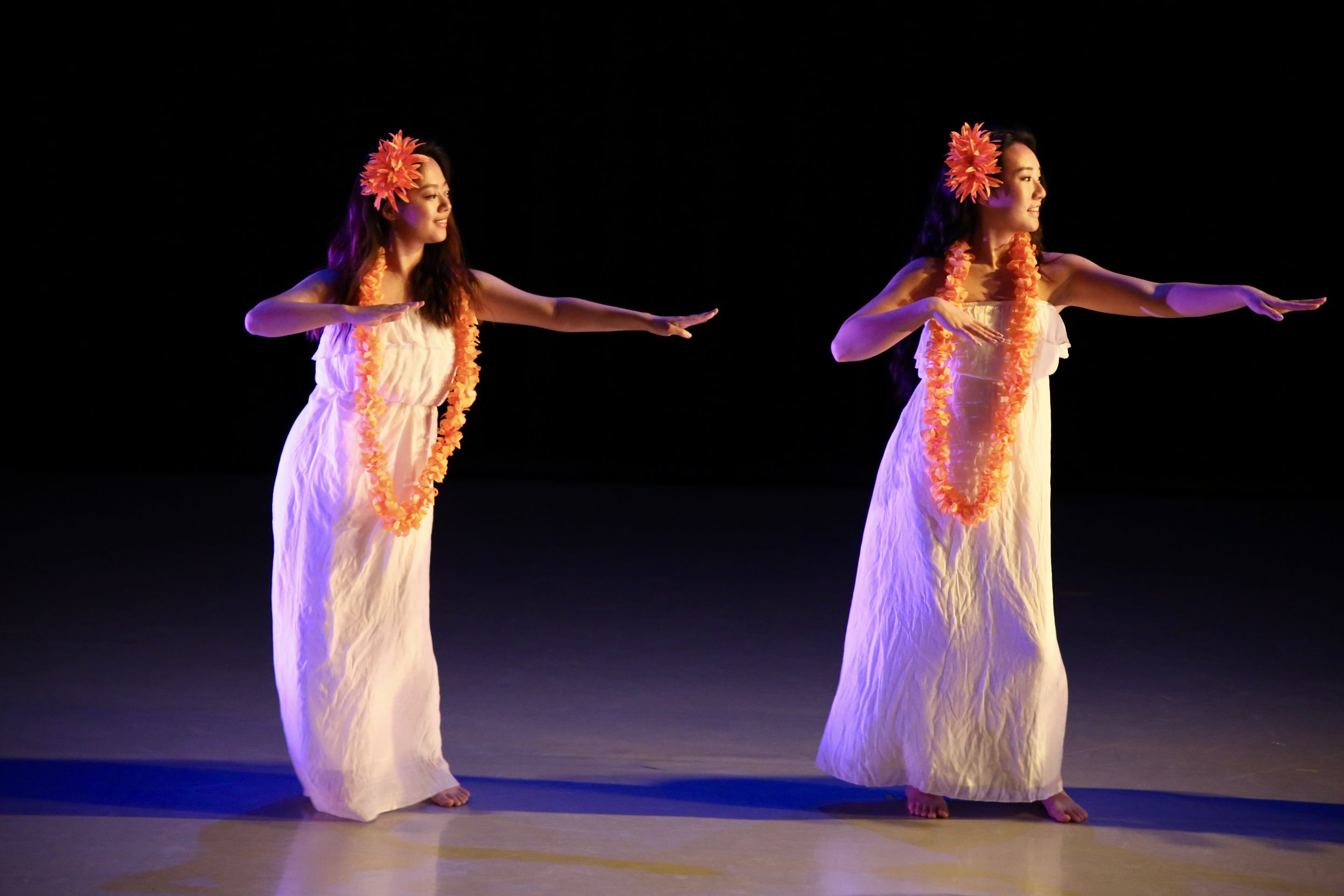

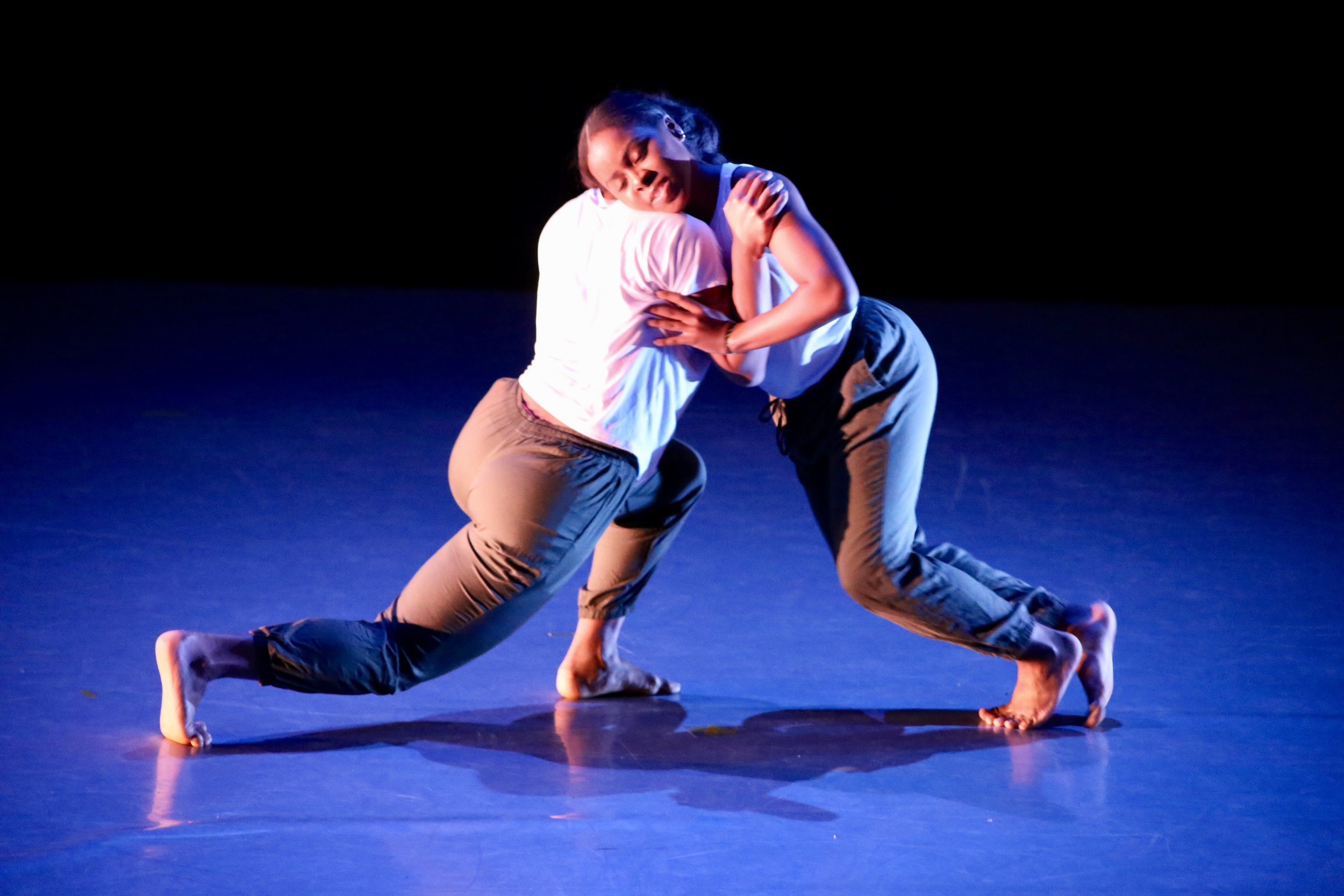
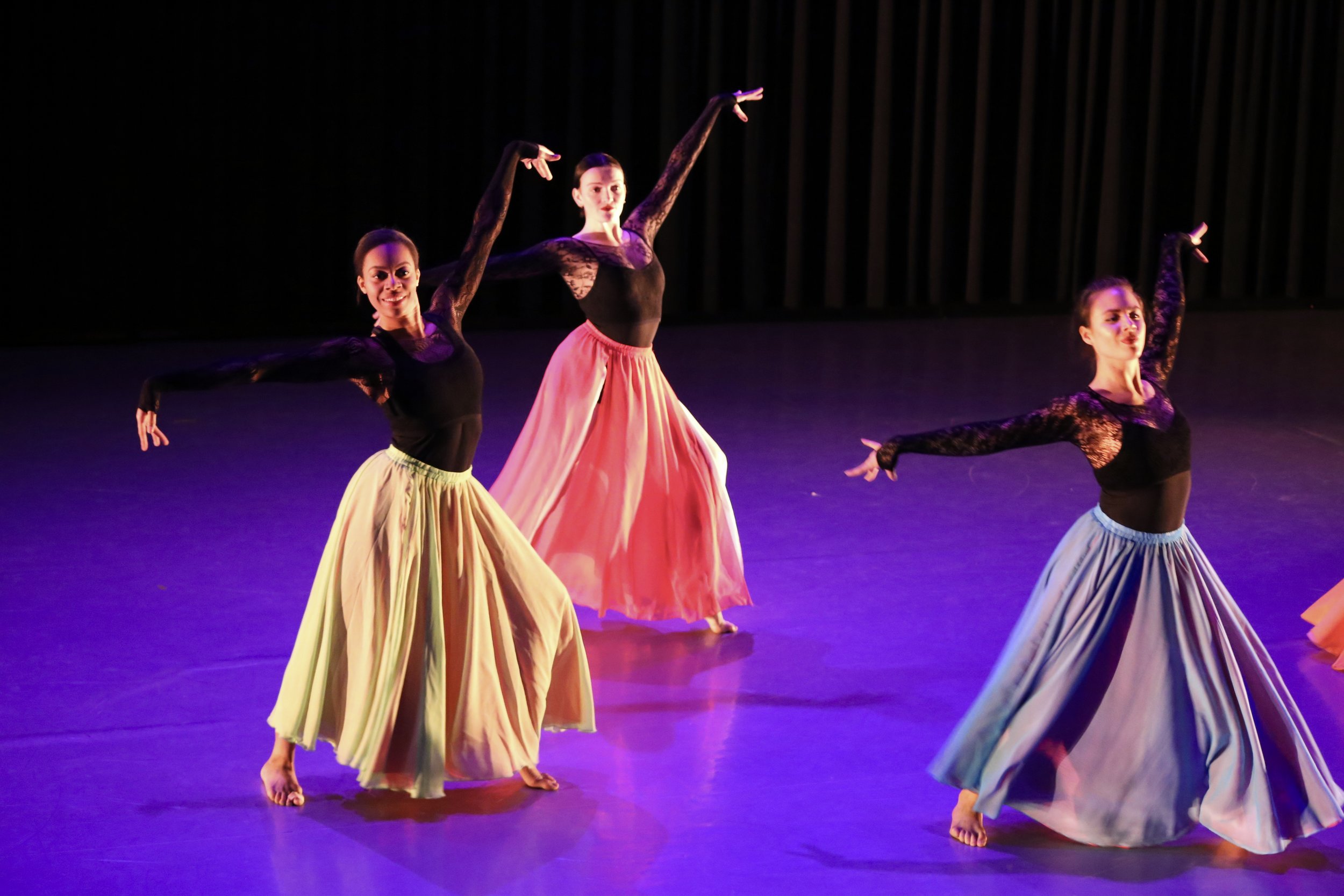
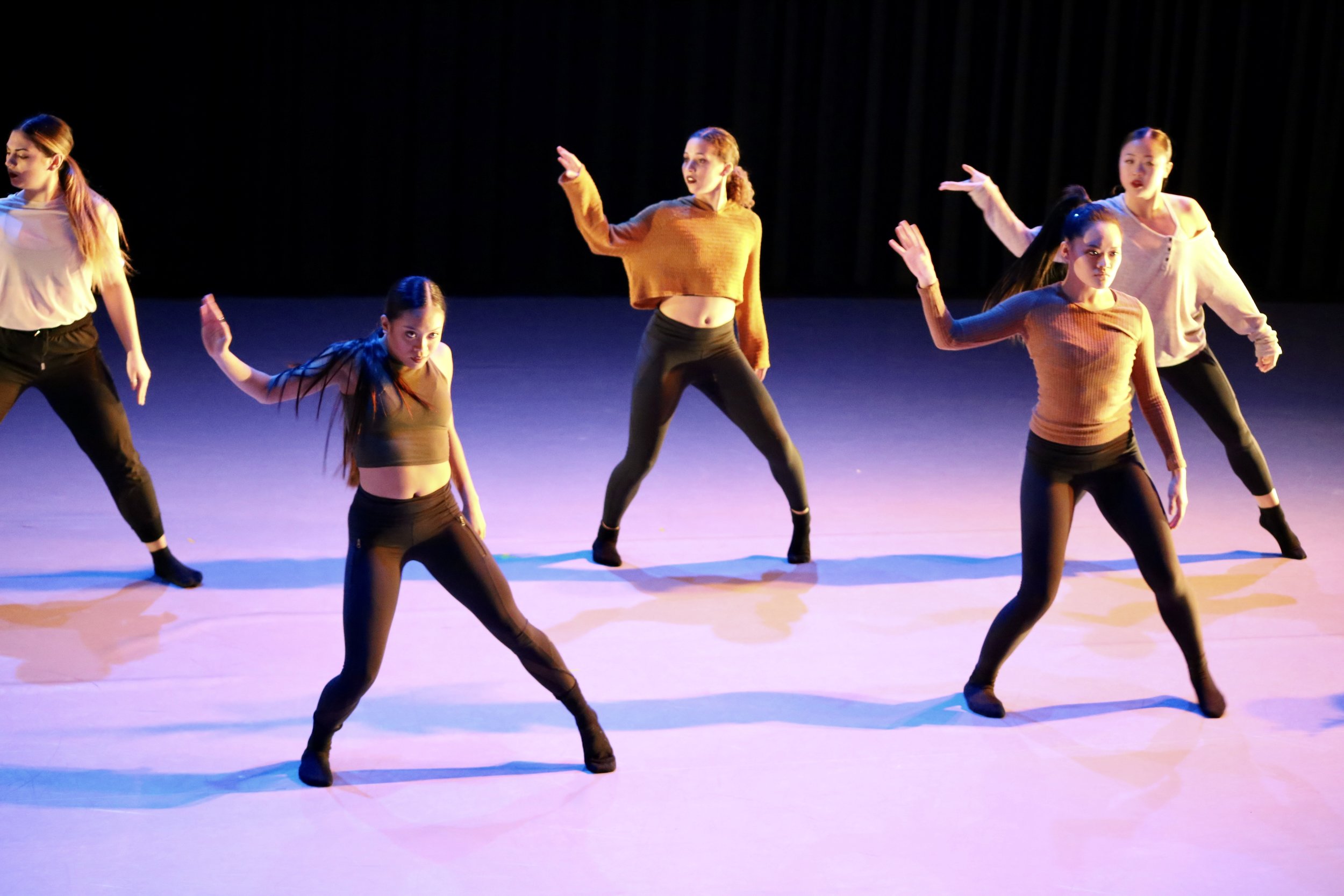
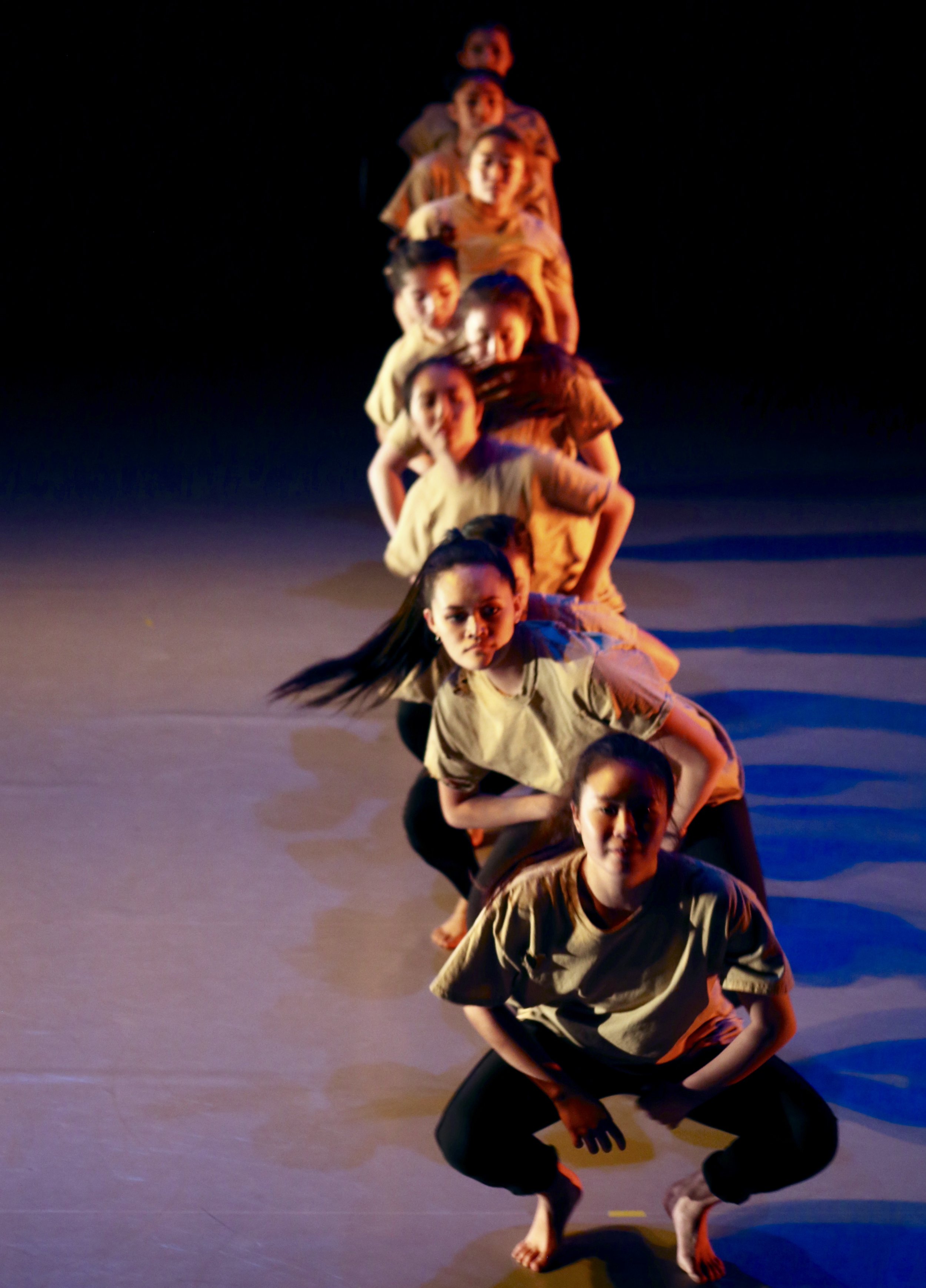

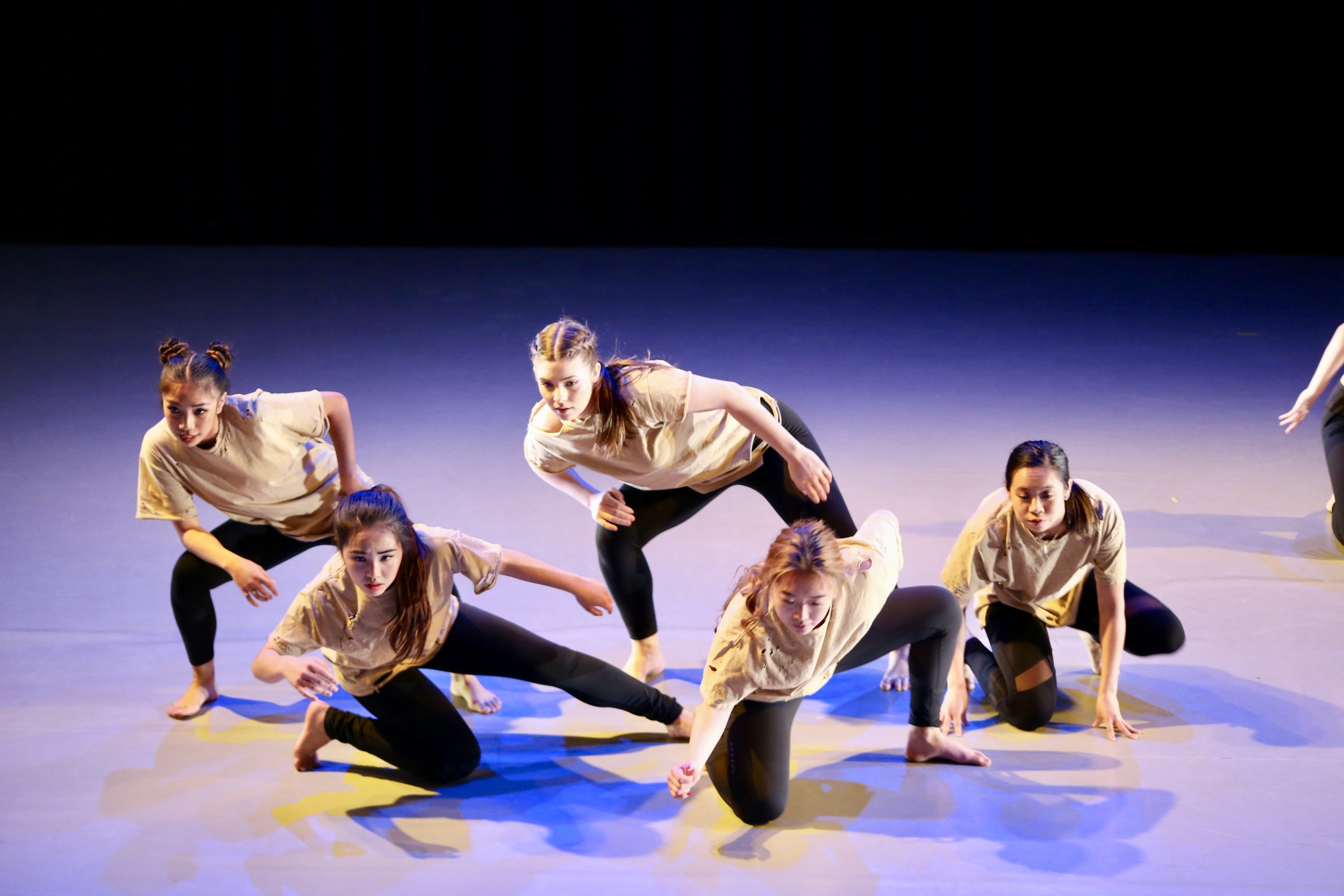

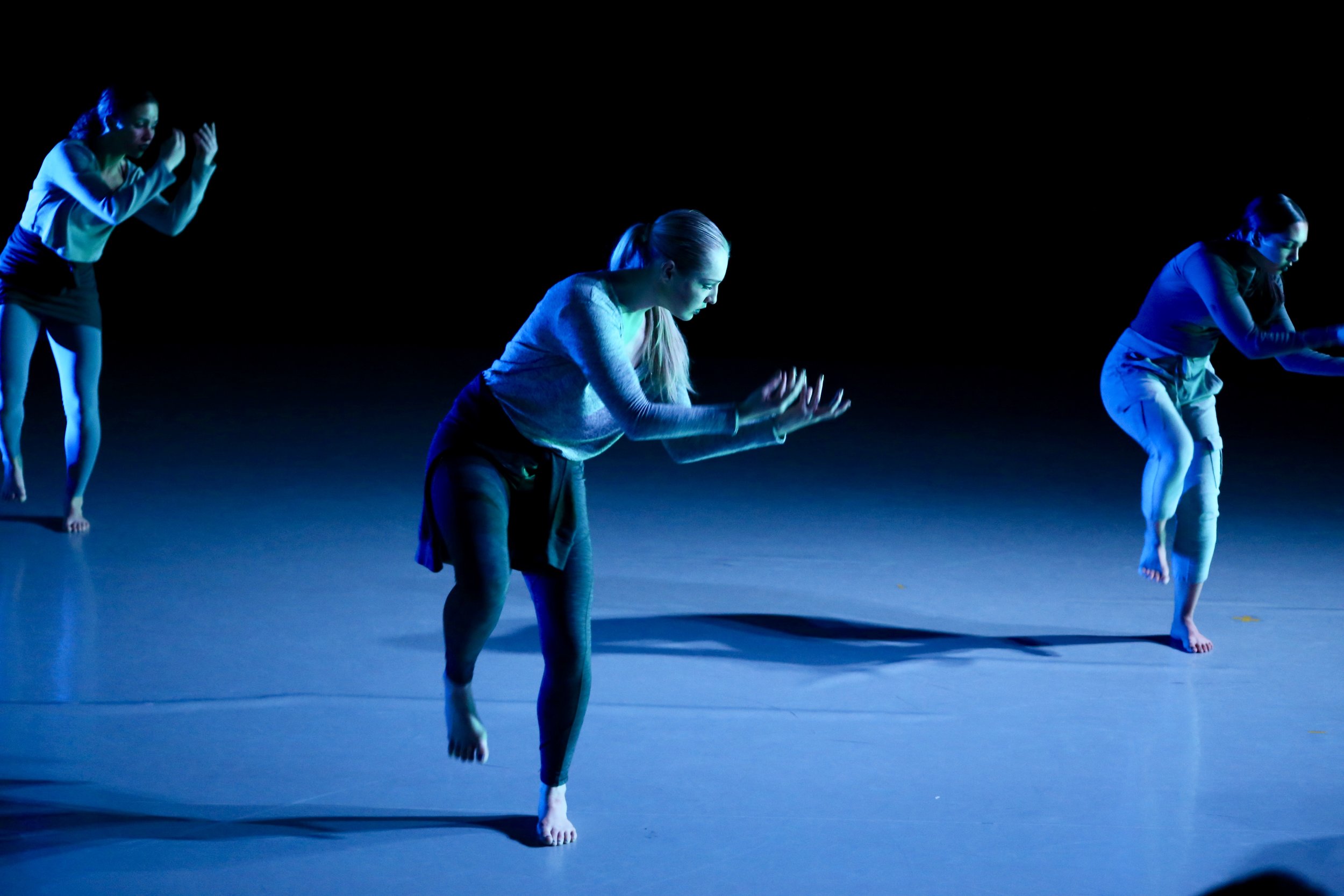
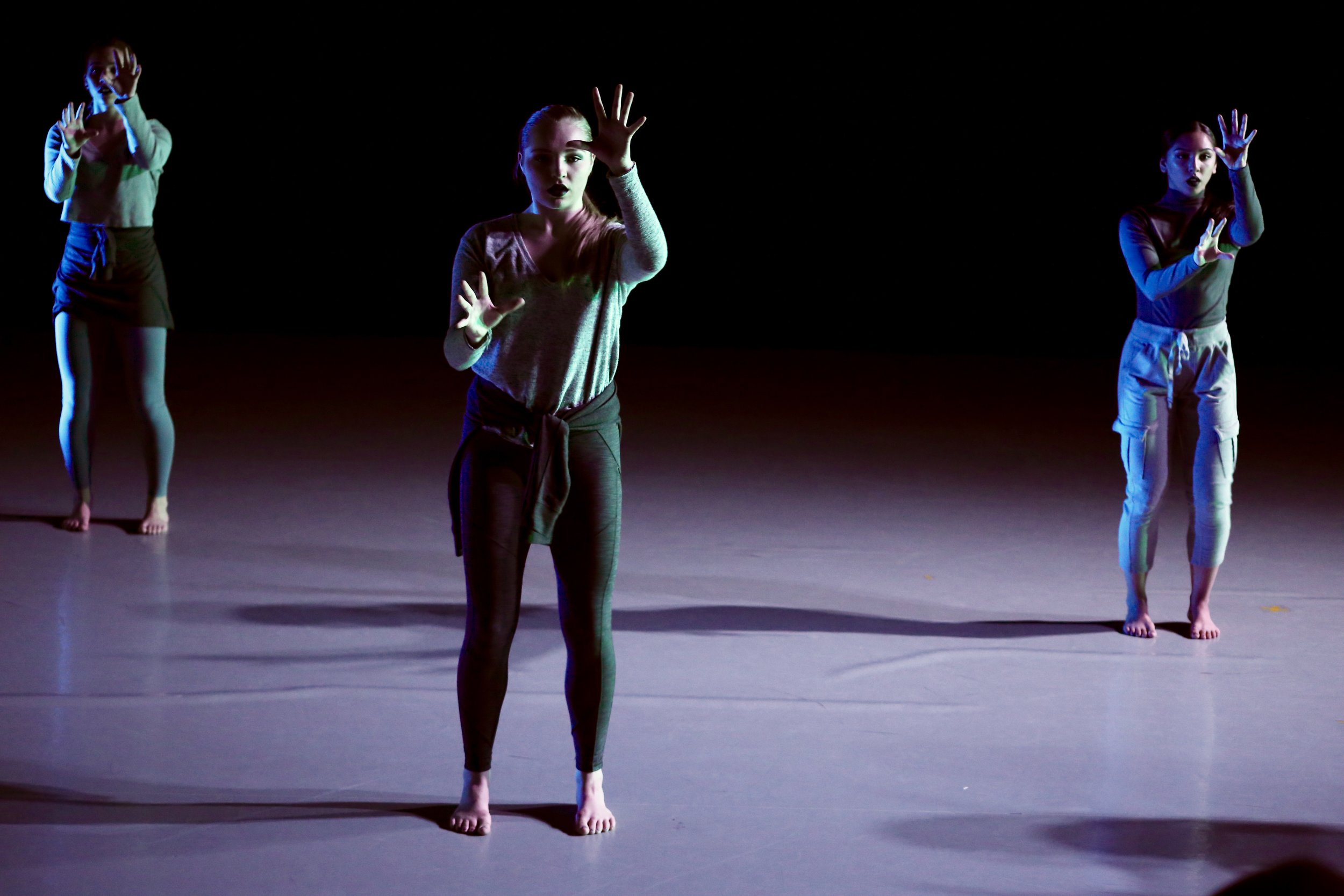
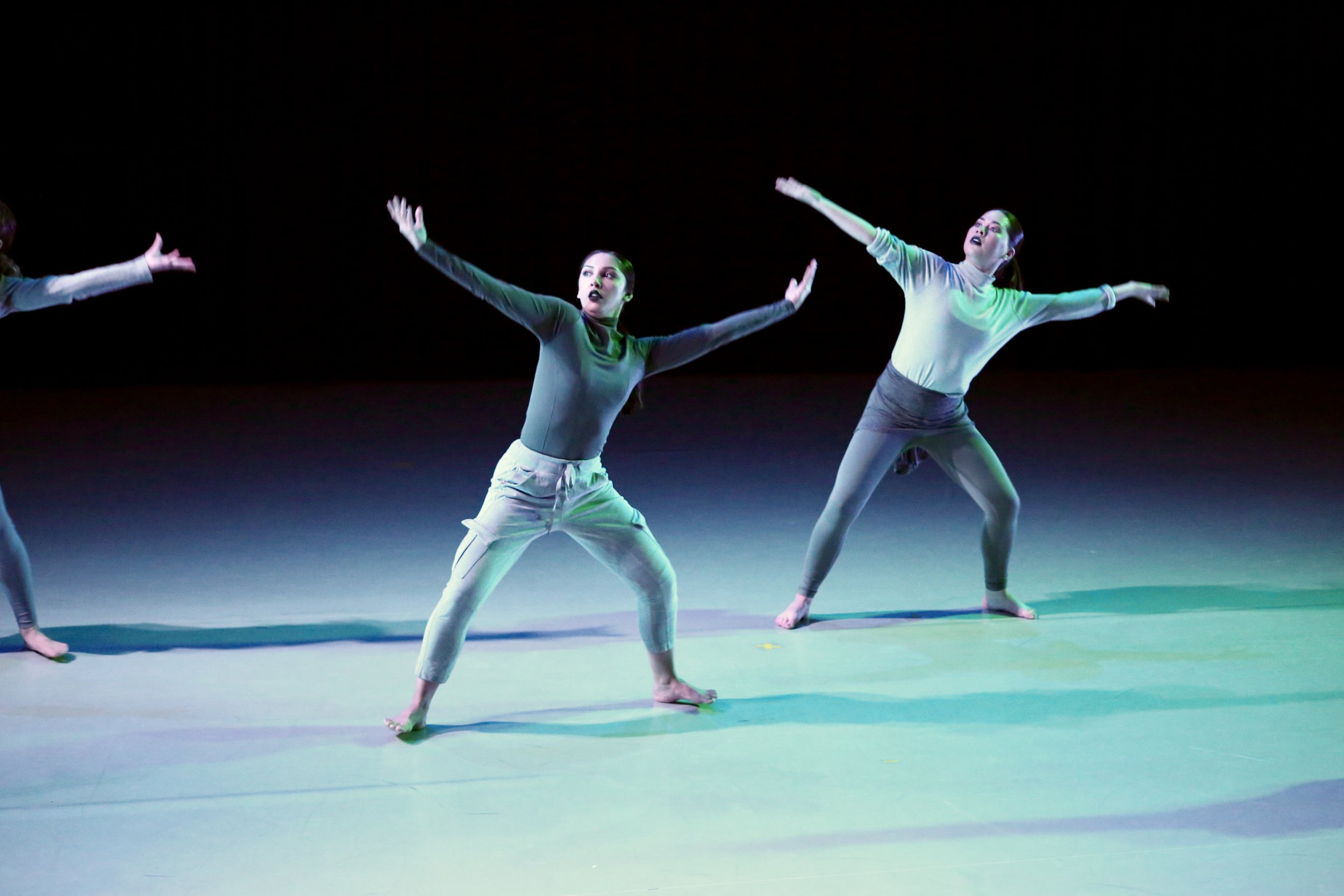
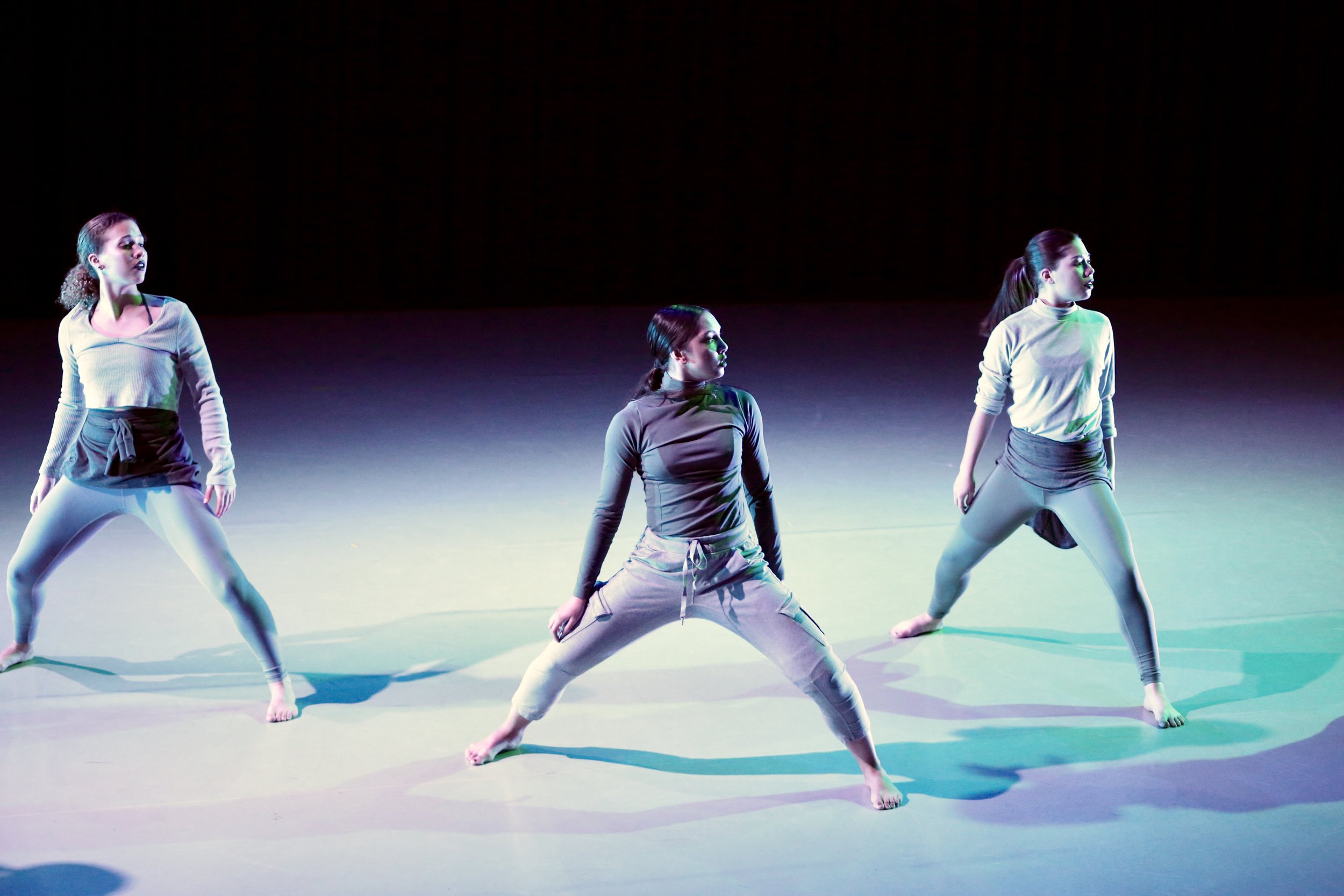
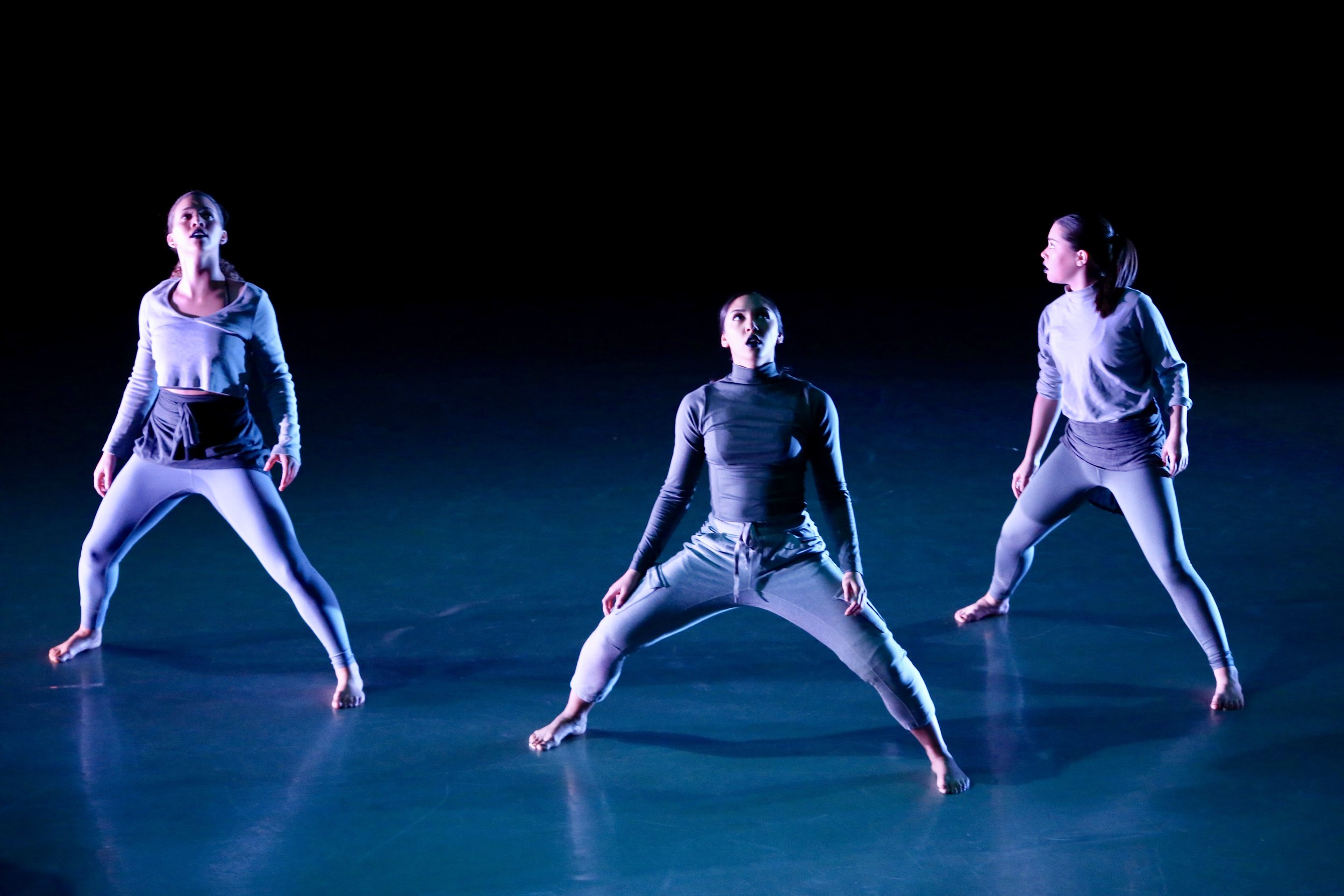
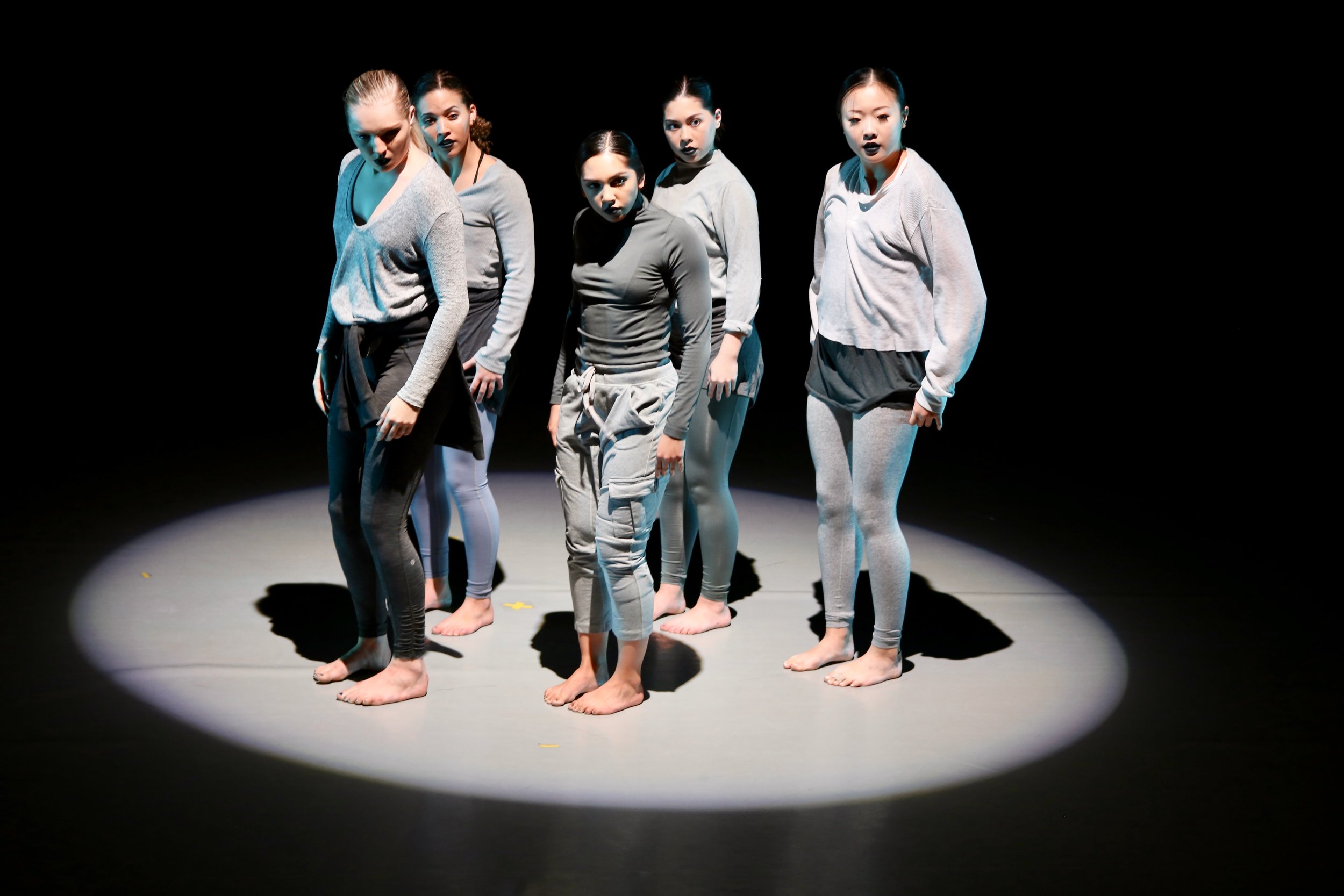

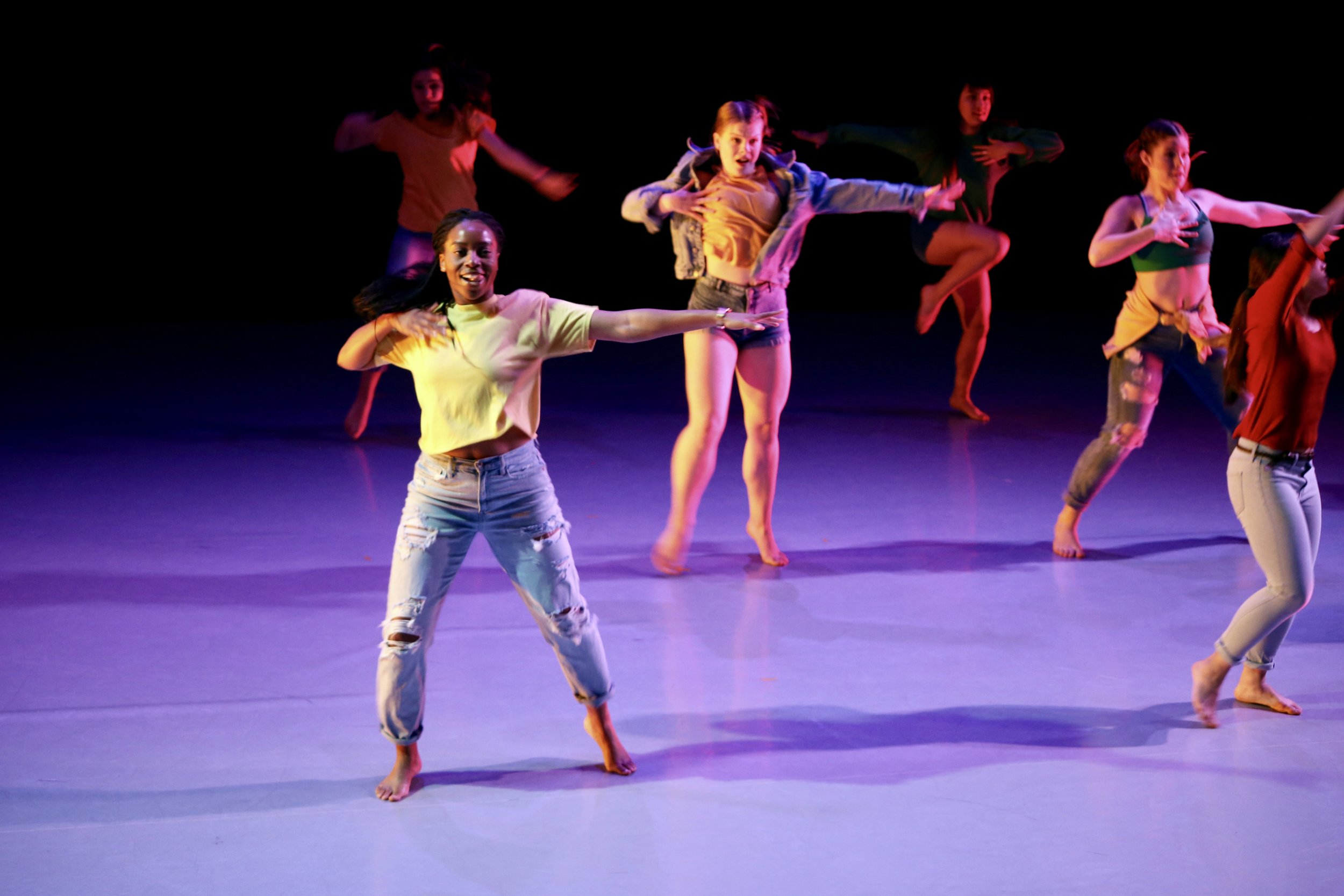

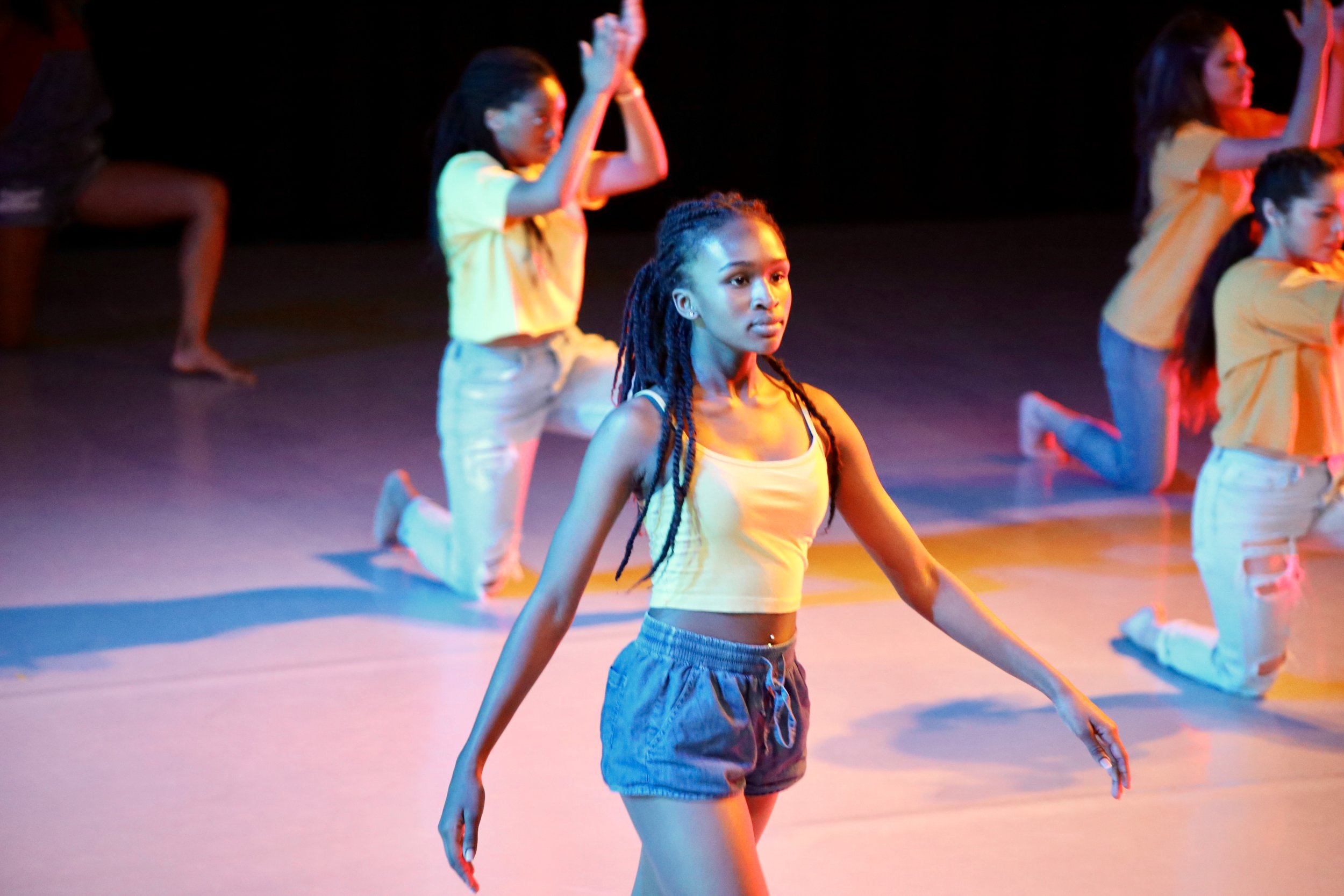
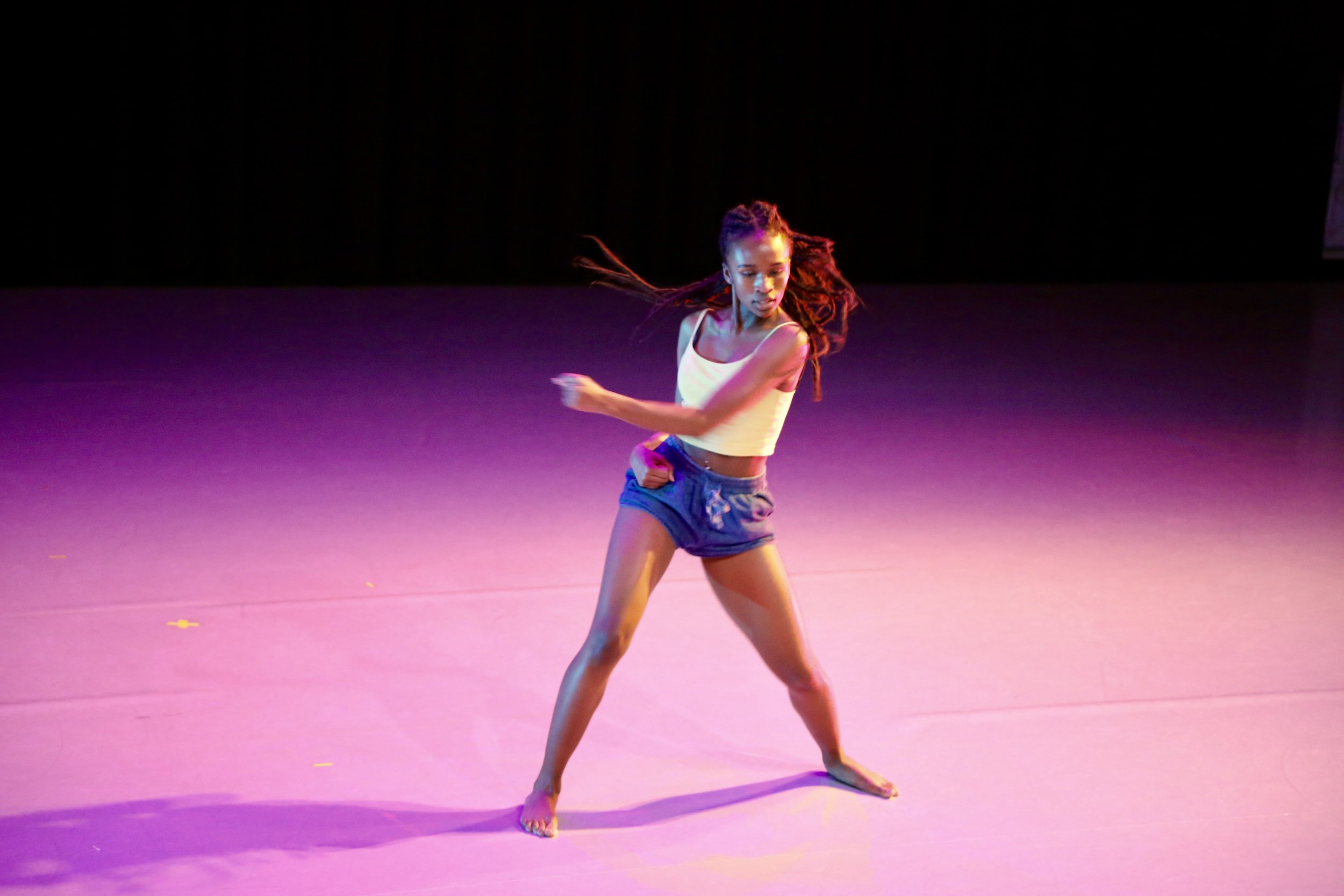


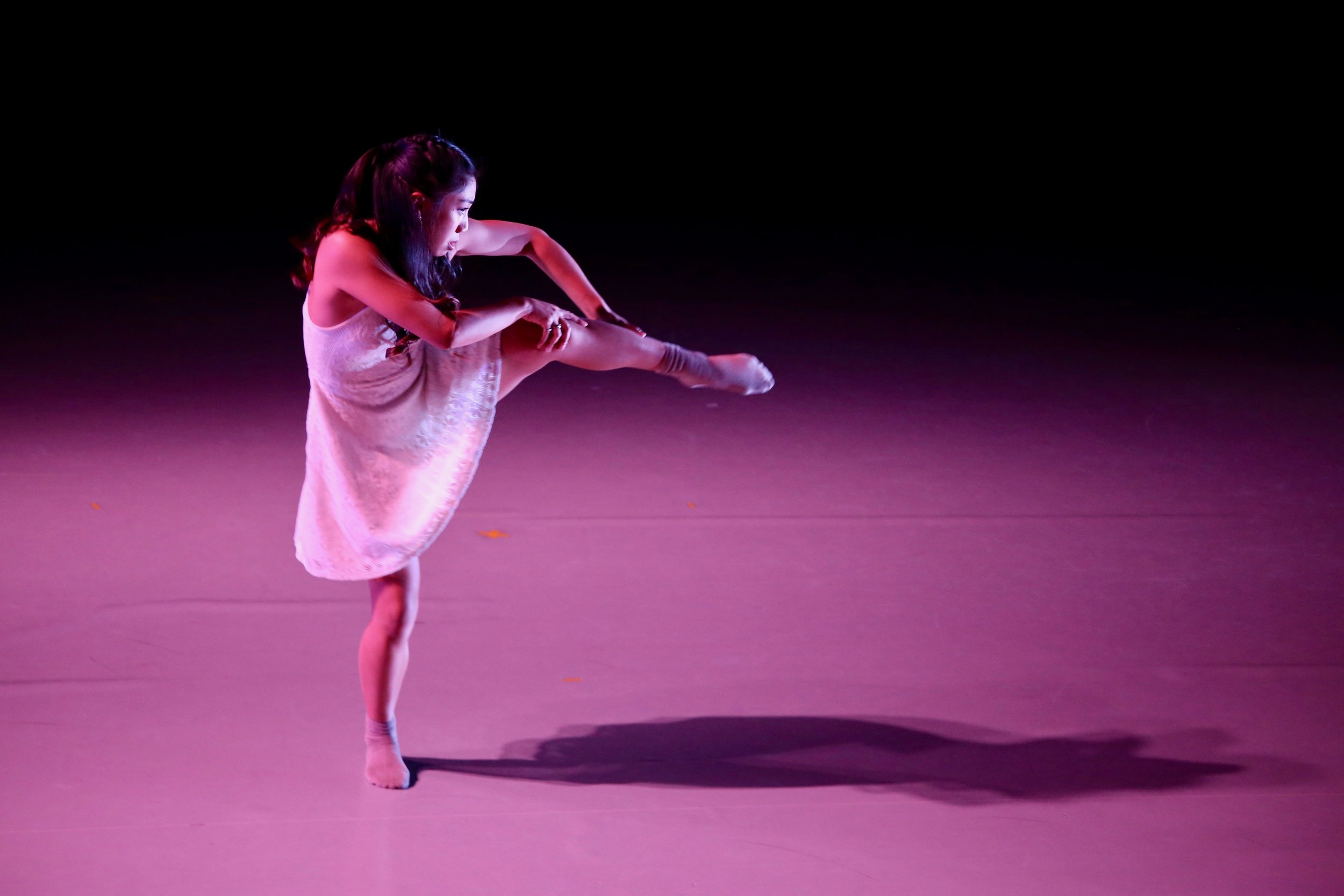


Bare Bones 2018: Between the Spaces
Bare Bones 2018: Between the Spaces consisted of 17 choreographies by students of all majors. The entire show was dedicated to London Thibodeaux, a UCI Undergraduate Dance Major that passed away in an unfortunate car accident on July 6th, 2017. Each choreographer captured their love for dance through their choreography and encouraged the dancers to dance for the remembrance of London. My inspiration for majority of the 17 dances came from the album covers of the songs to which they were dancing. For other pieces, I drew inspiration from their emotions and connection with London. The lighting design conveyed each style and matched its rhythm and kinetic energy. With a wide variety of colors and contrasting angles, I was able to sculpt the dancers and bring their stories to life and bring light to their beloved deceased friend, London Thibodeaux.
Company: University of California, Irvine
Photo Credit: Terra Deal

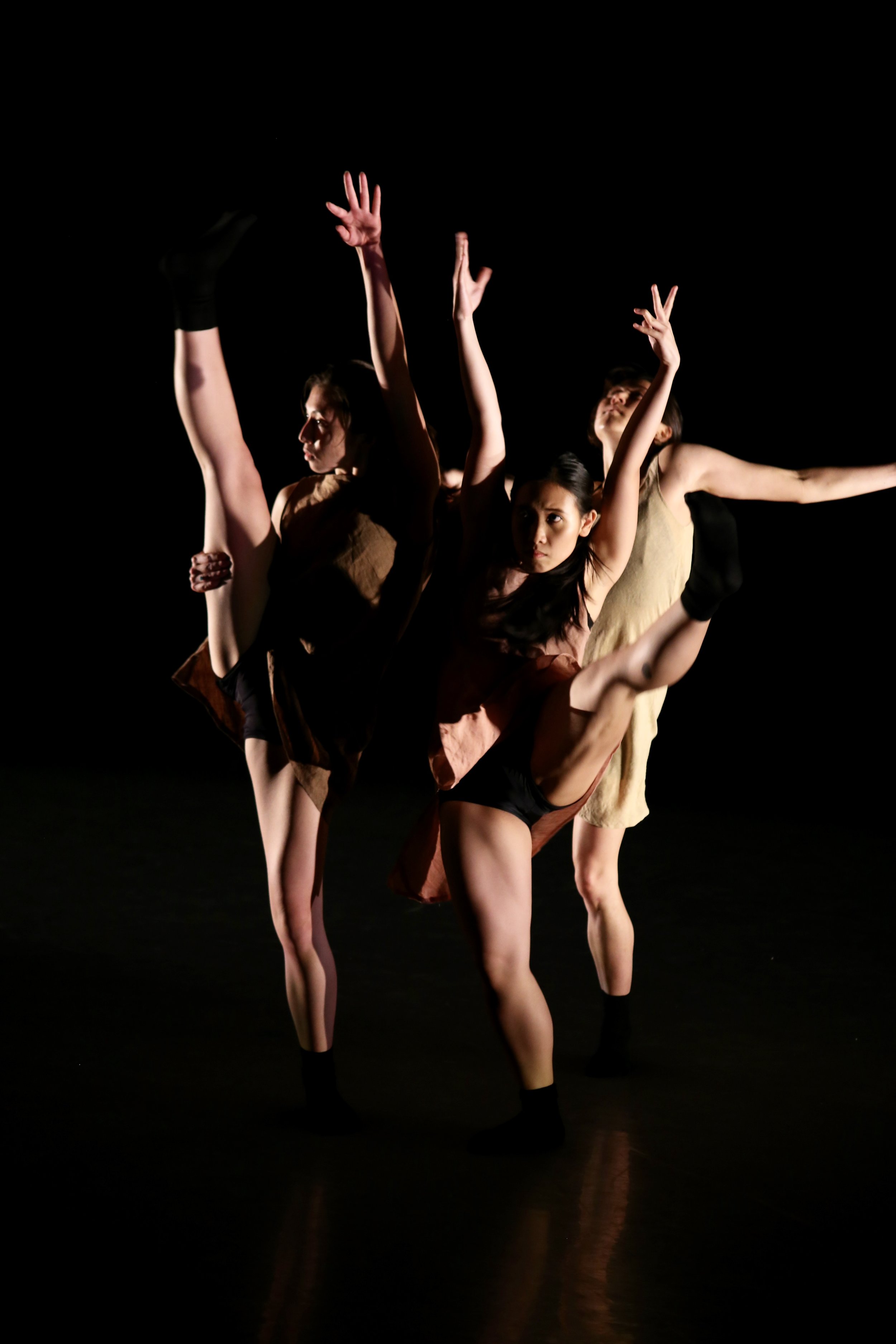

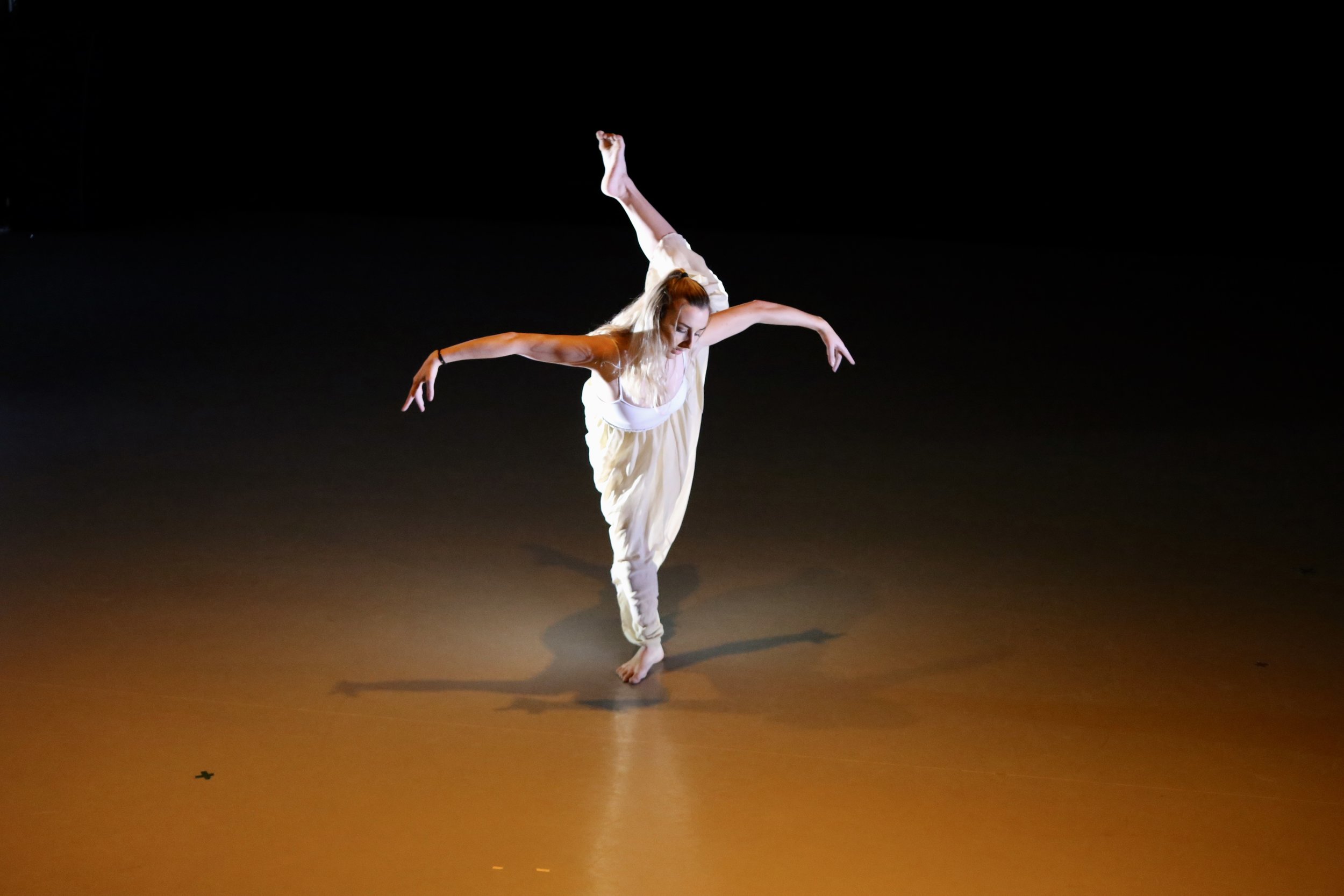
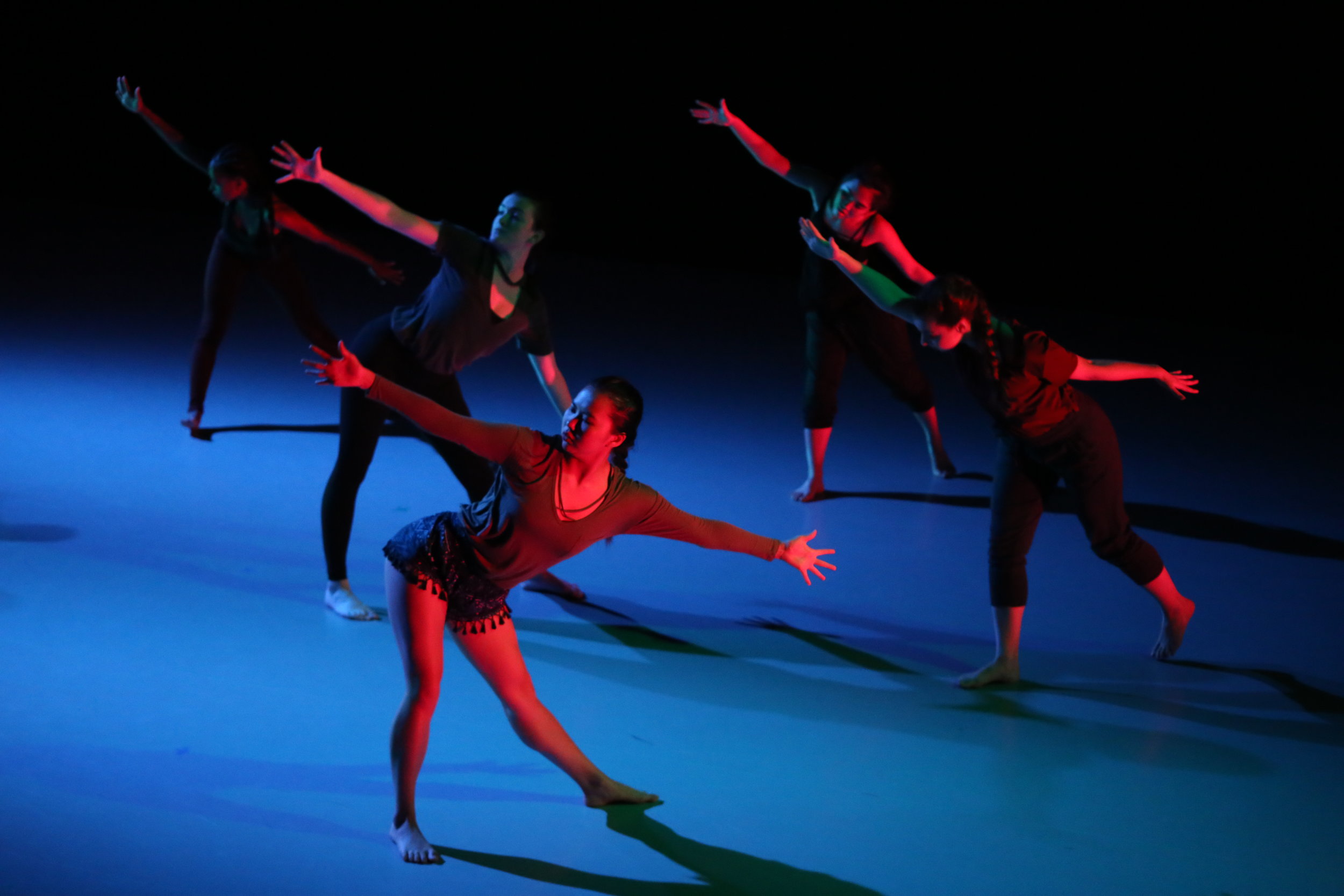



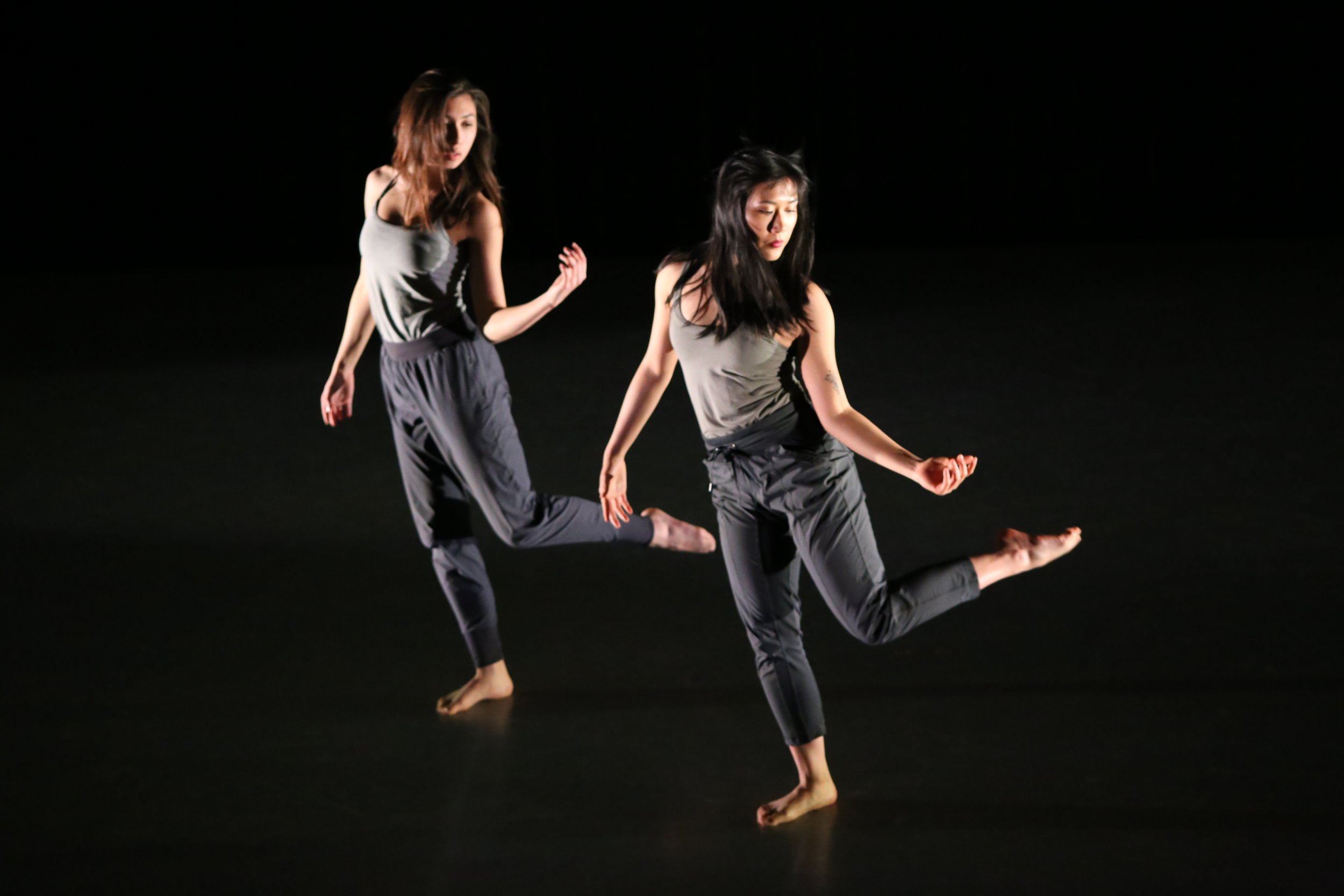
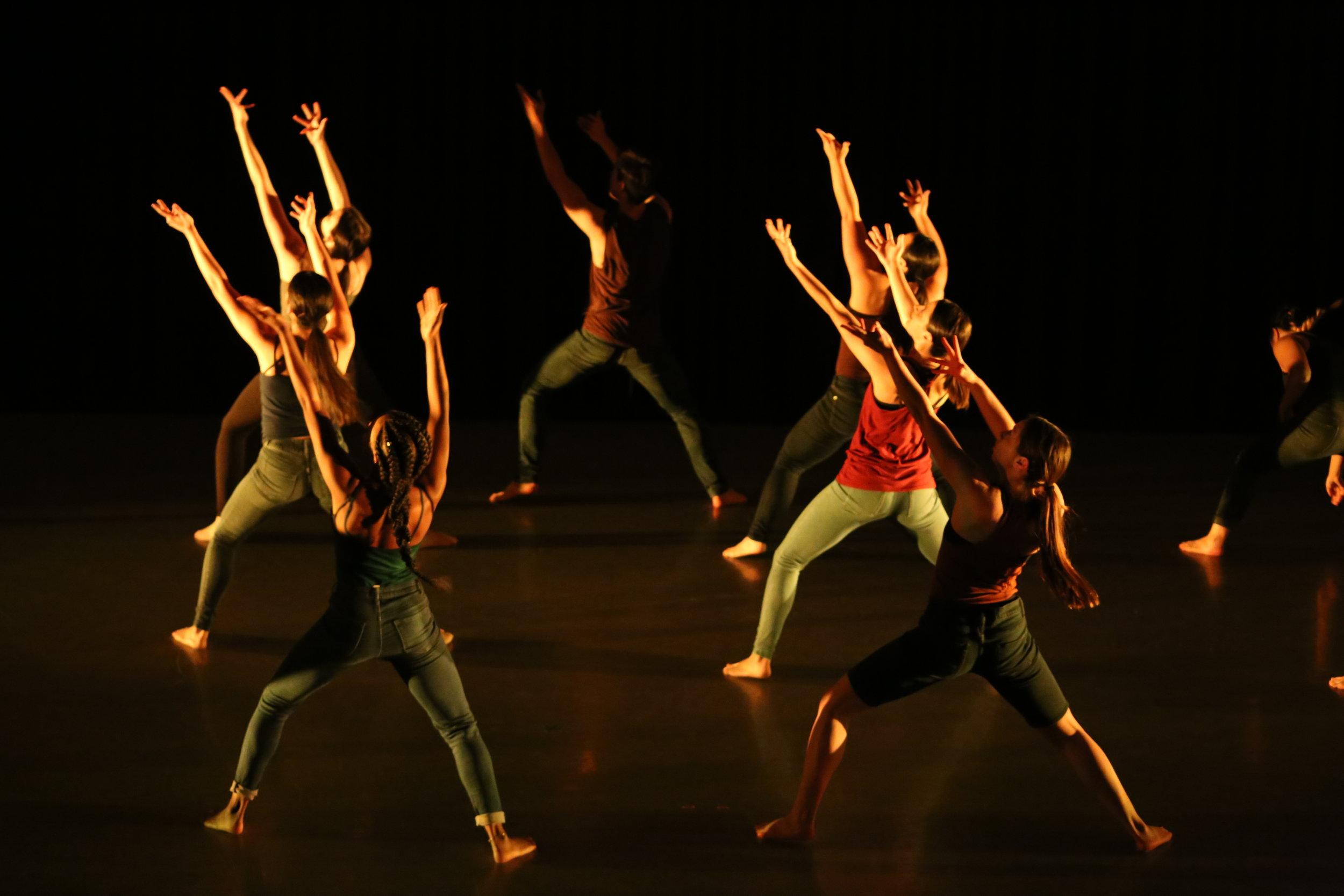
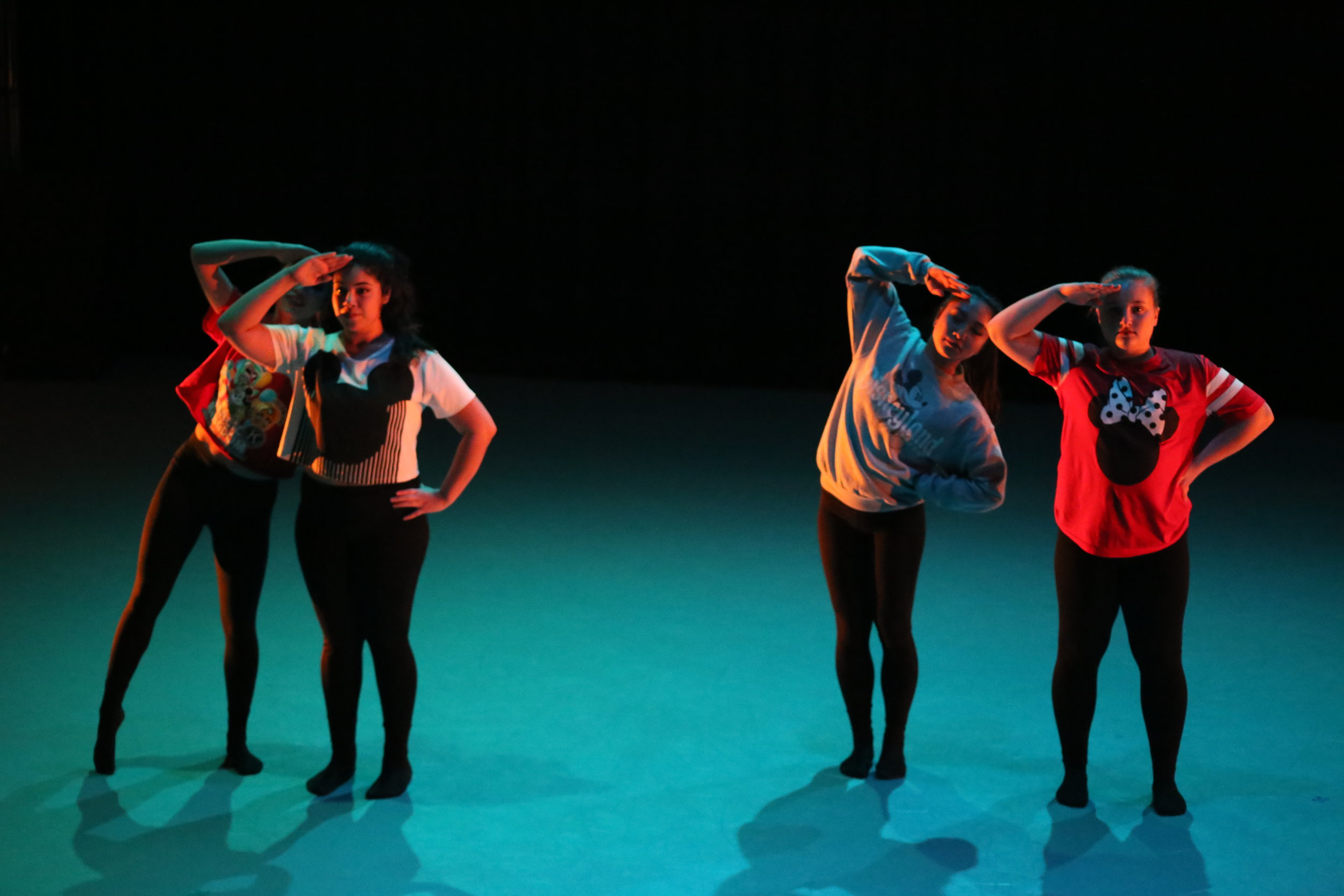

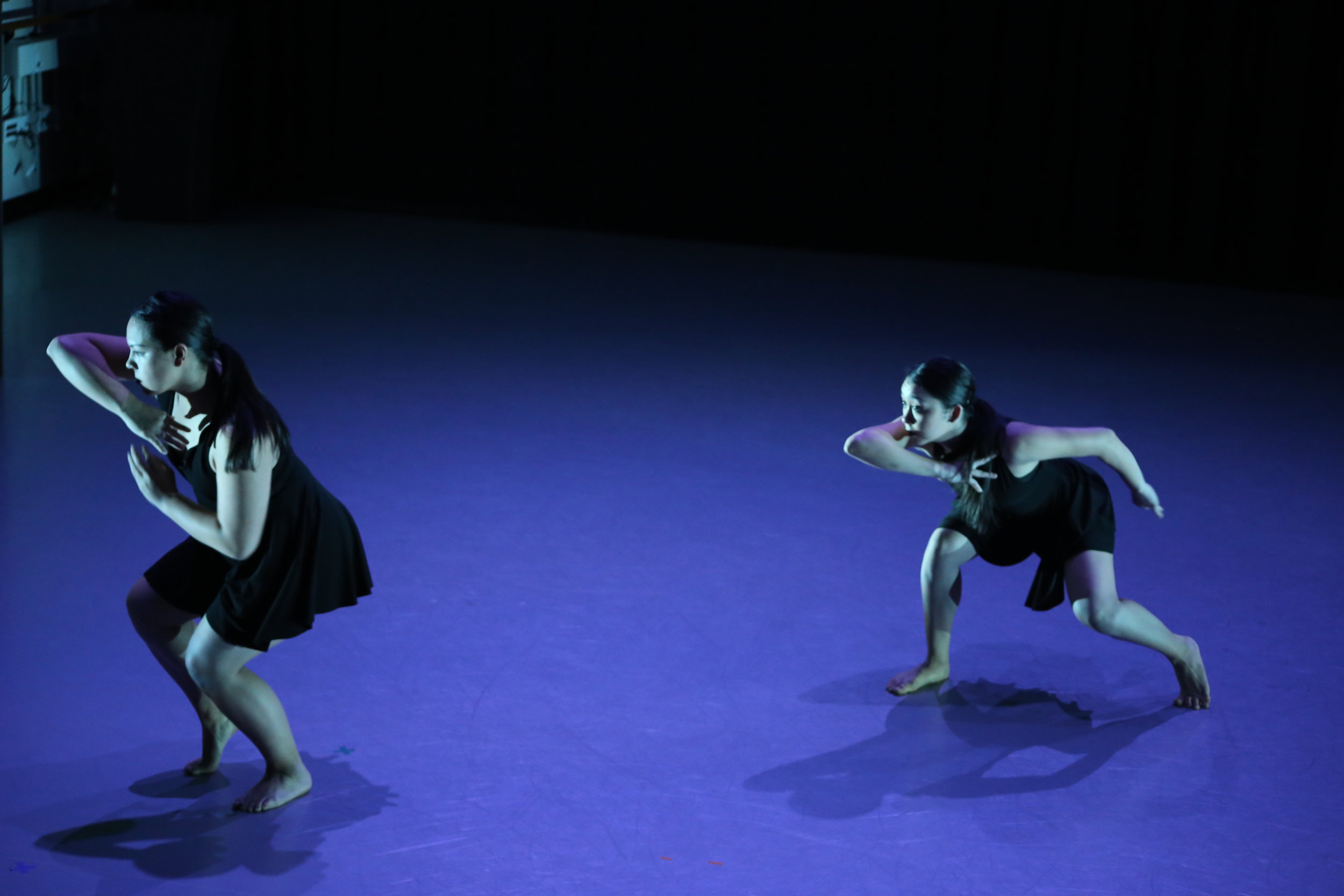
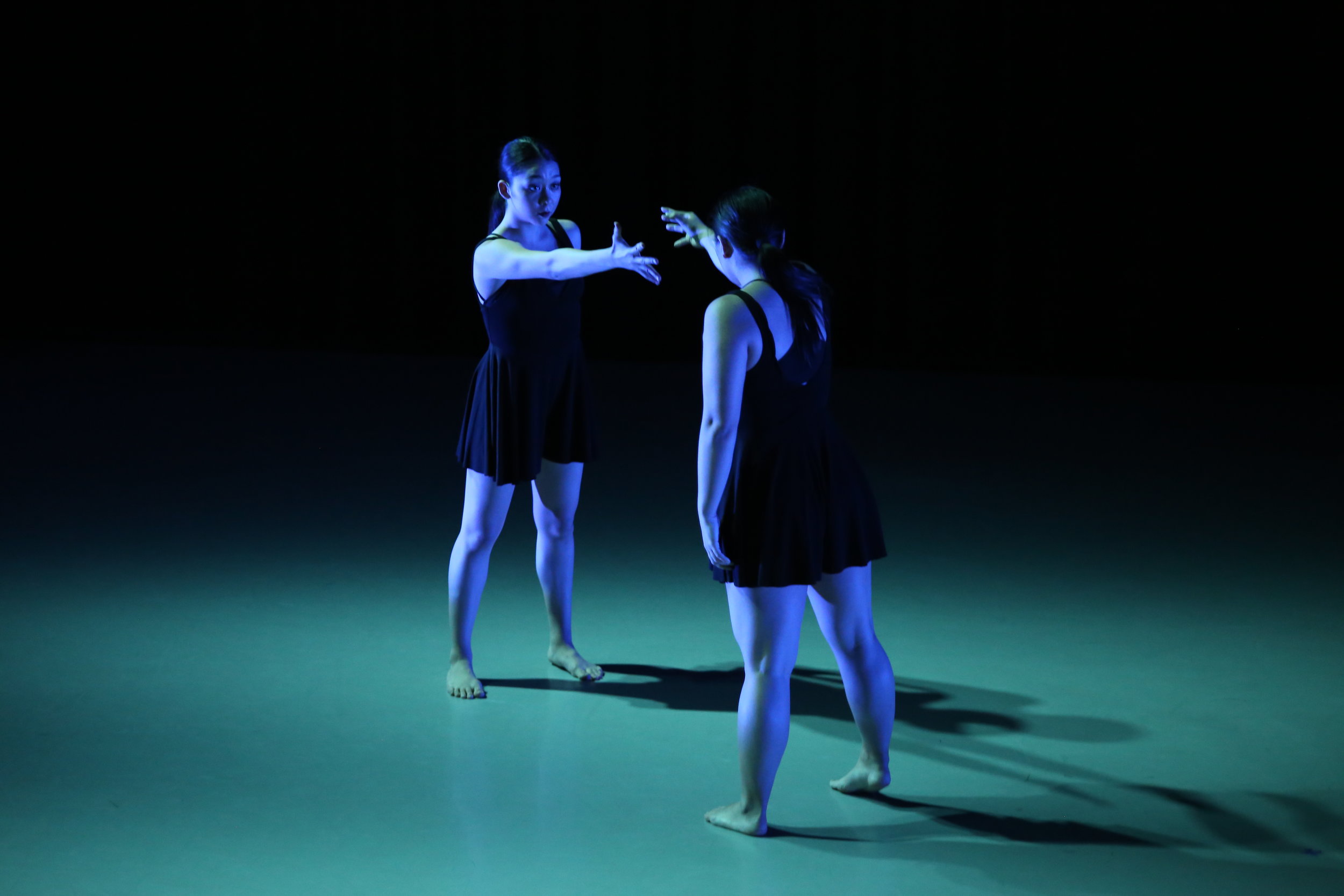


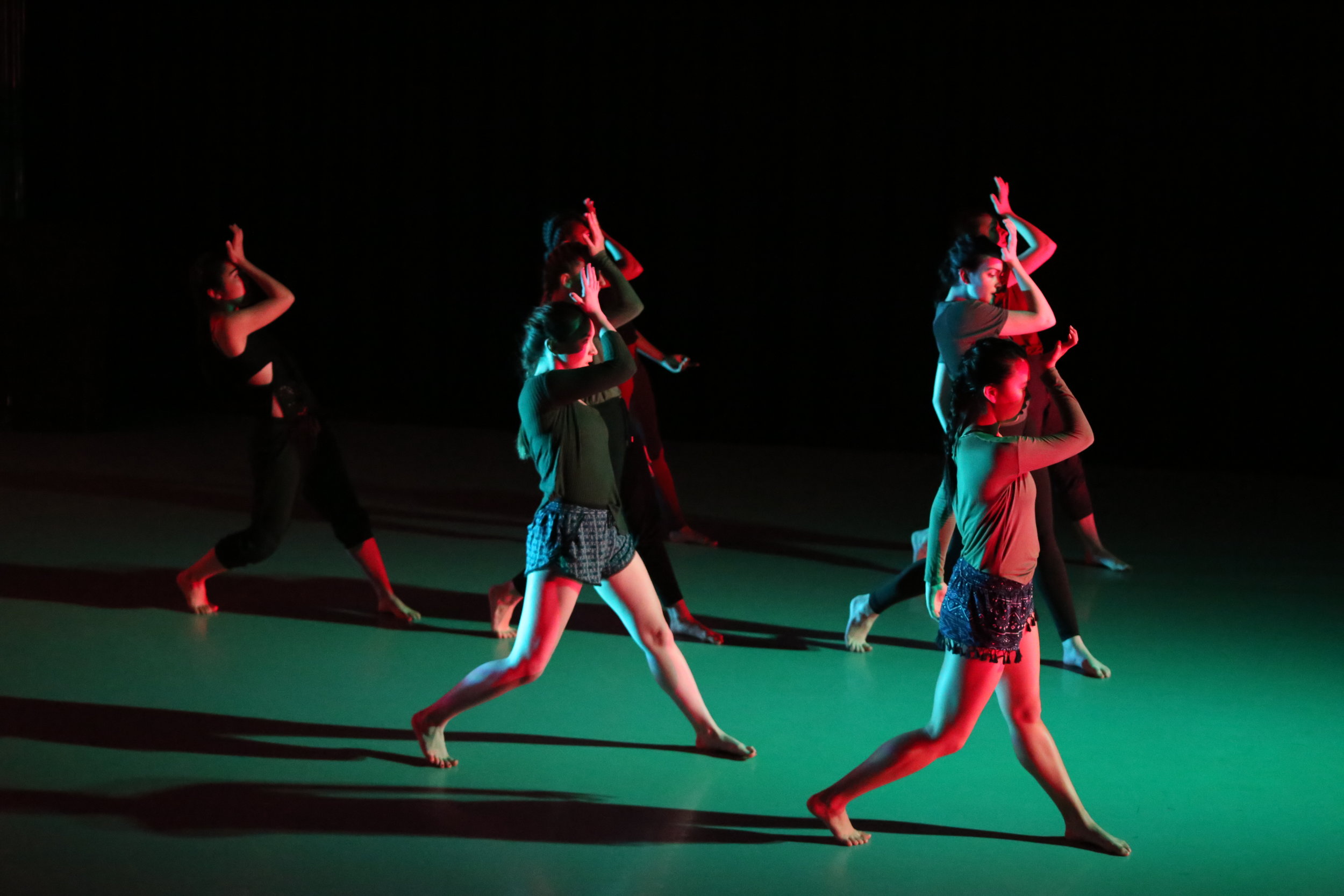

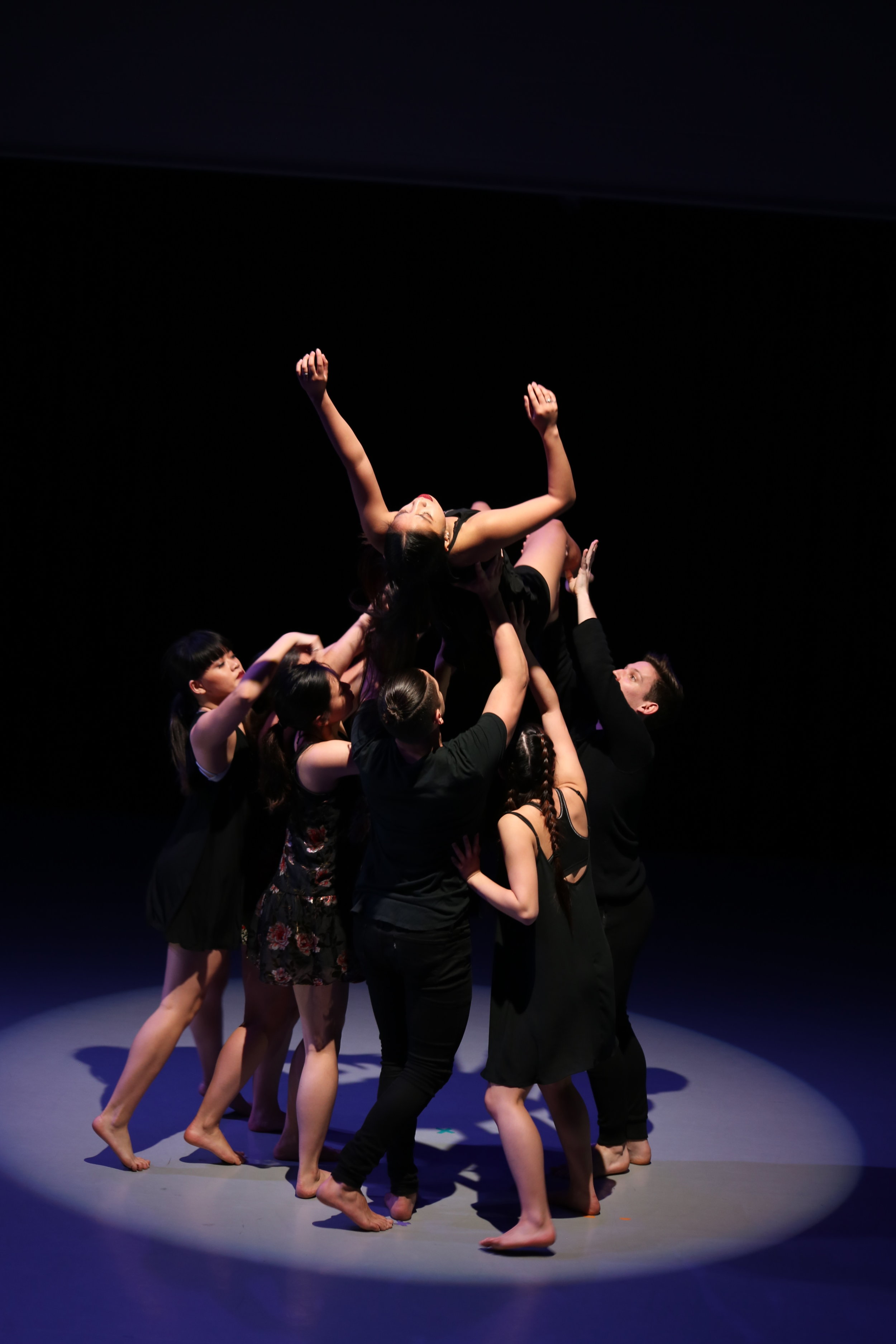


Bare Bones 2017: Still in motion
Bare Bones 2017 consisted of 15 choreographies by students of all majors. Each dance piece had their own style, including pieces that were: frenetic, soft, romantic, powerful, and dramatic. In many cases, my inspiration for all 15 dances came from the album covers of the songs to which they were dancing. For other pieces, I drew inspiration for the videos they were watching or the choreographer's personal experience. The lighting design conveyed each style and matched its rhythm and kinetic energy. With a wide variety of colors and contrasting angles, I was able to sculpt the dancers and bring their stories to life.
Company: University of California, Irvine
Photo Credit: Terra Deal

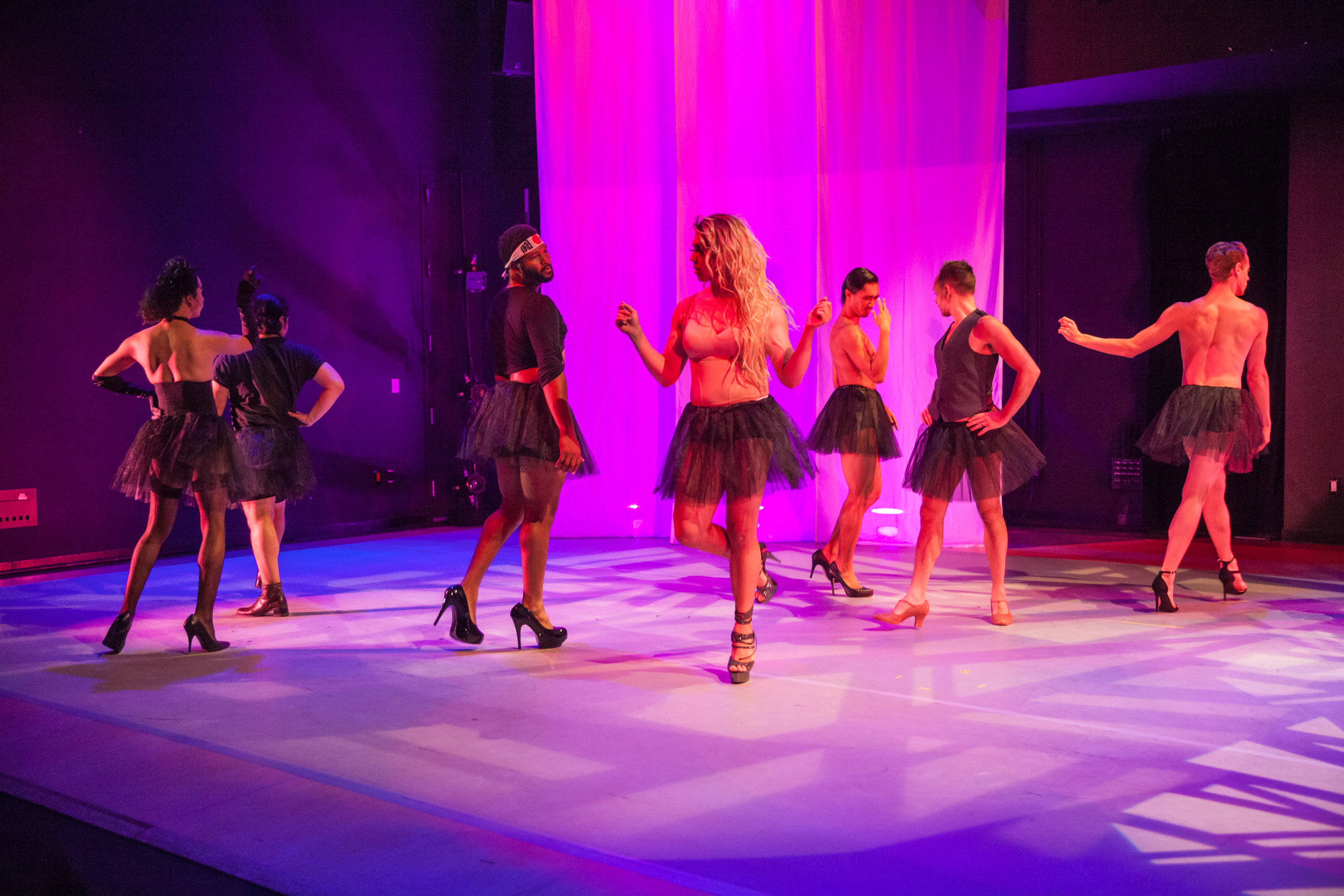
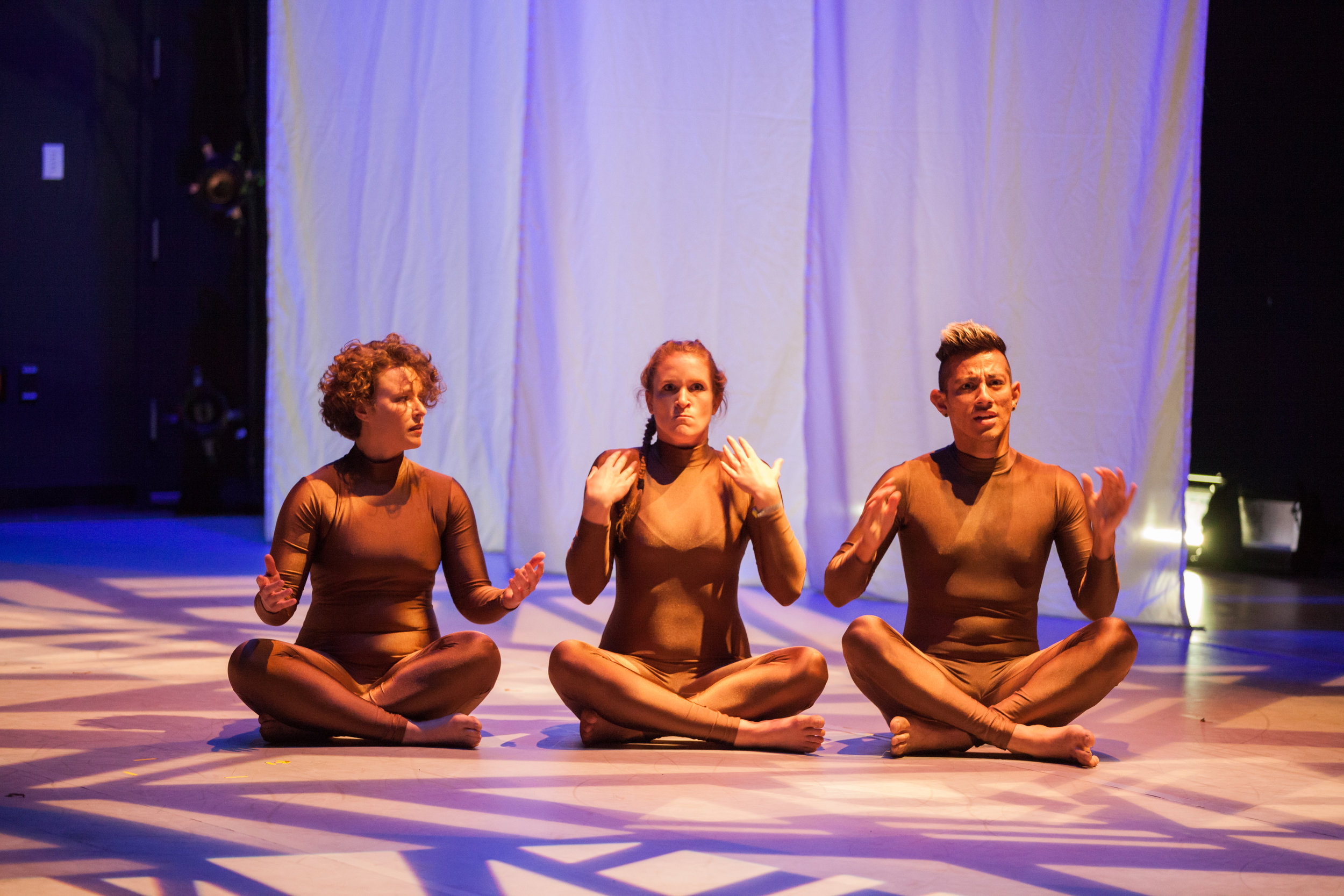
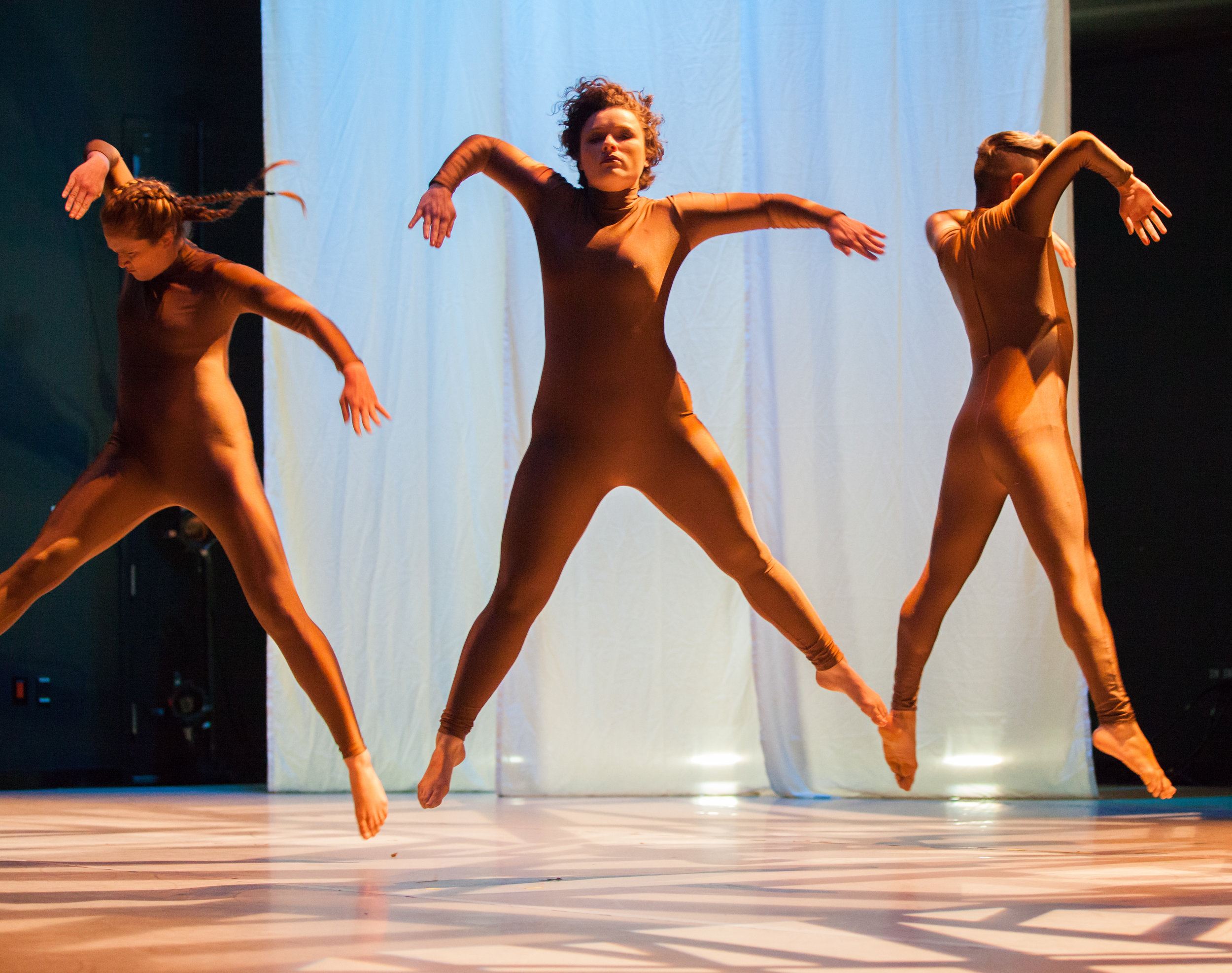
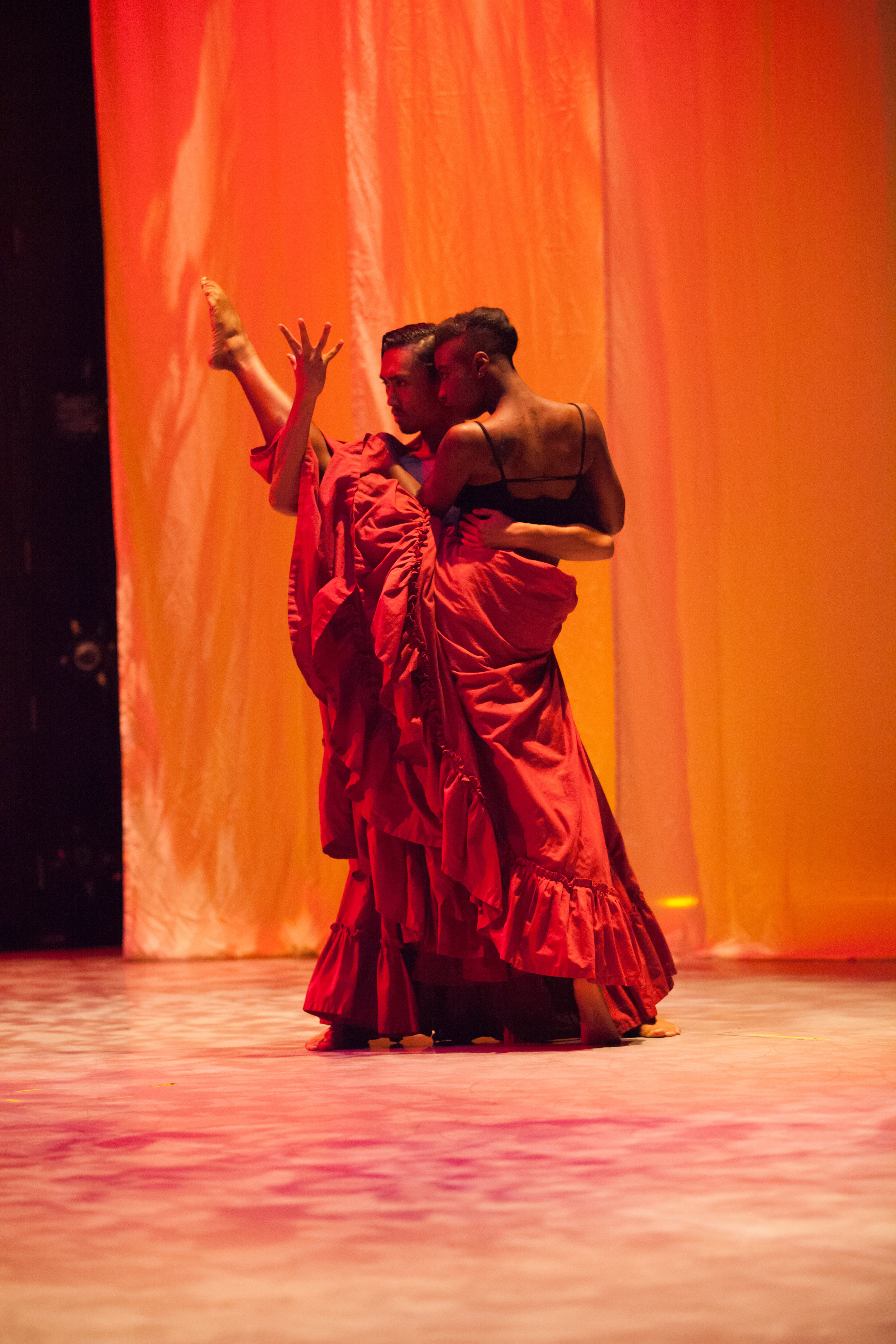









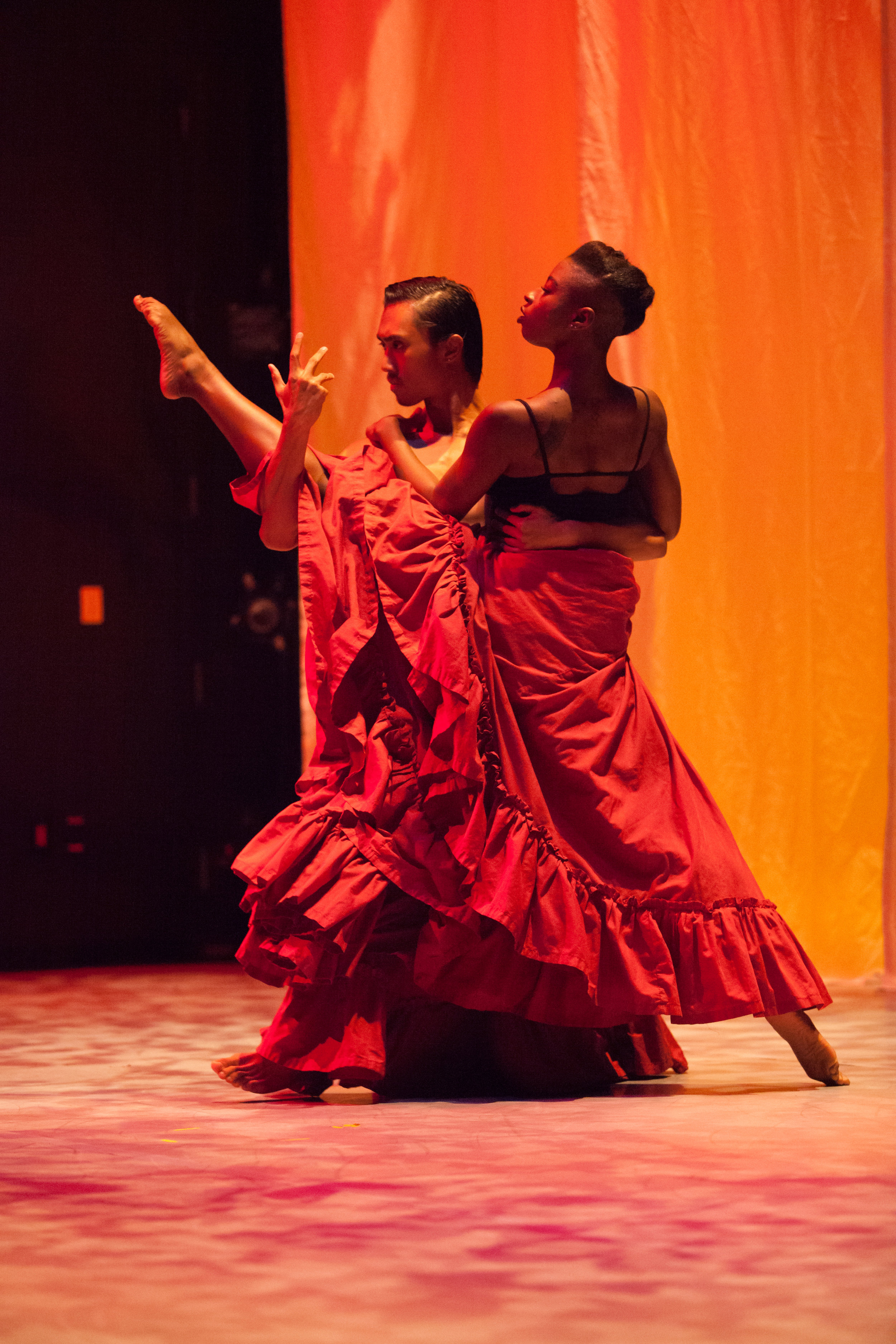



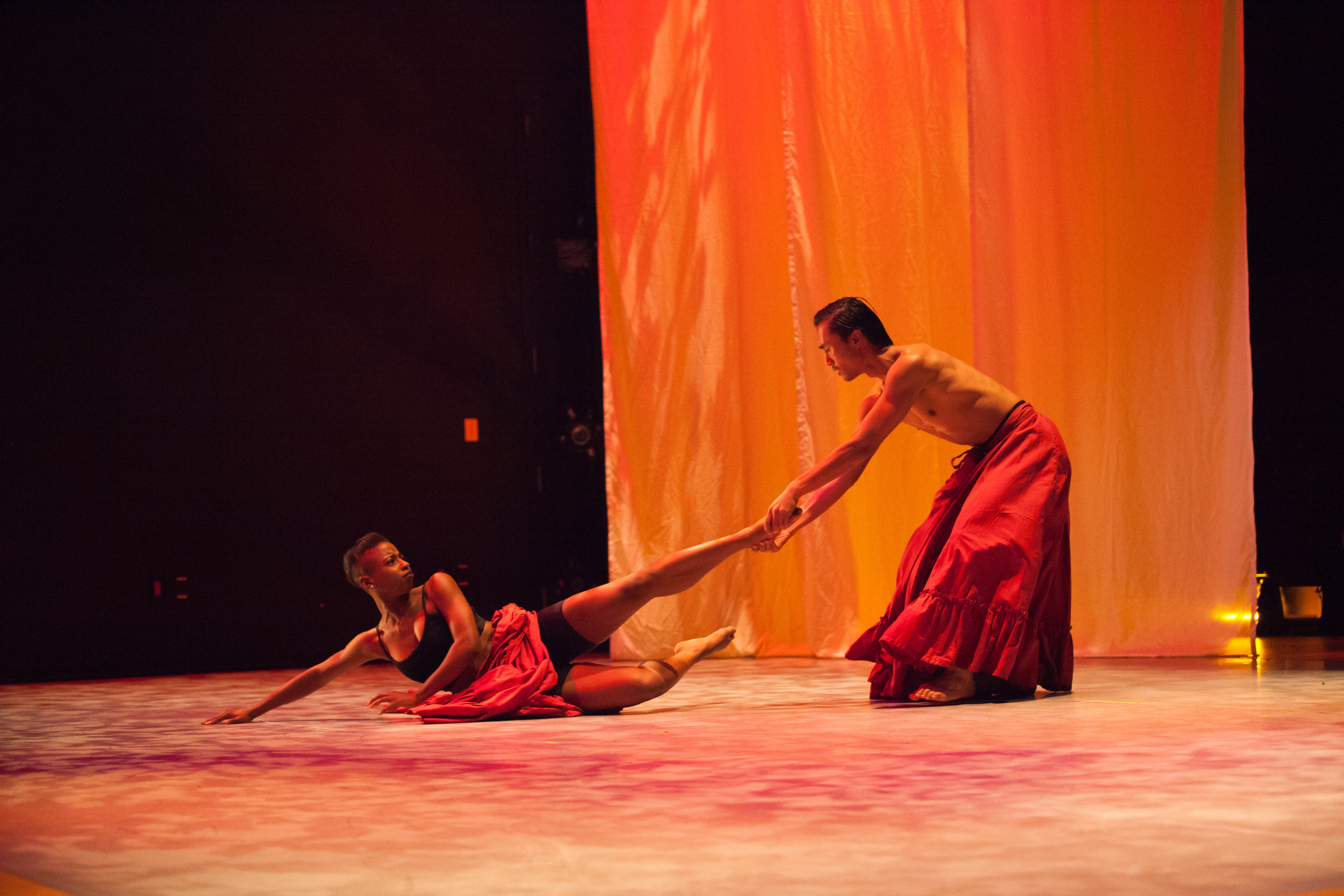
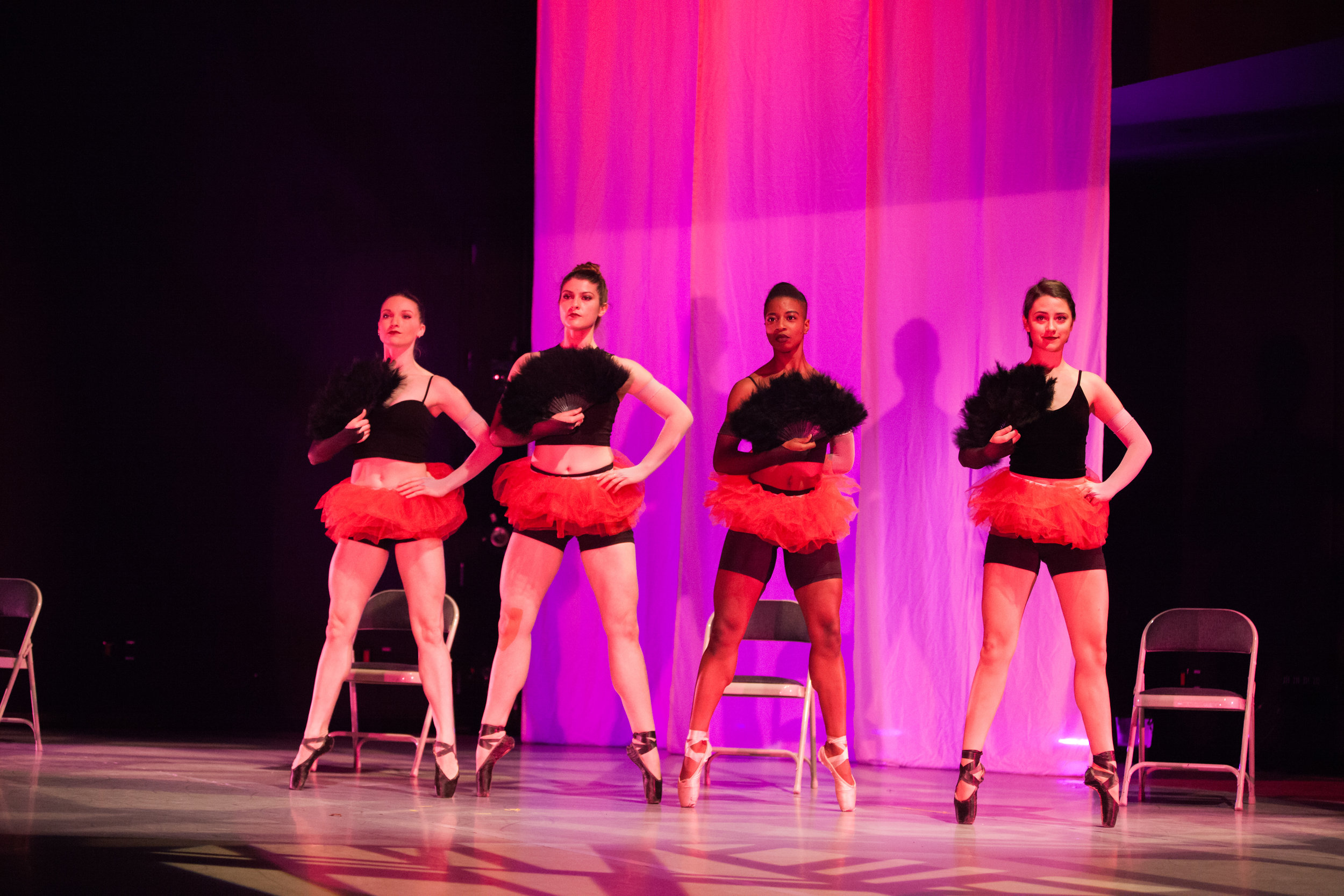
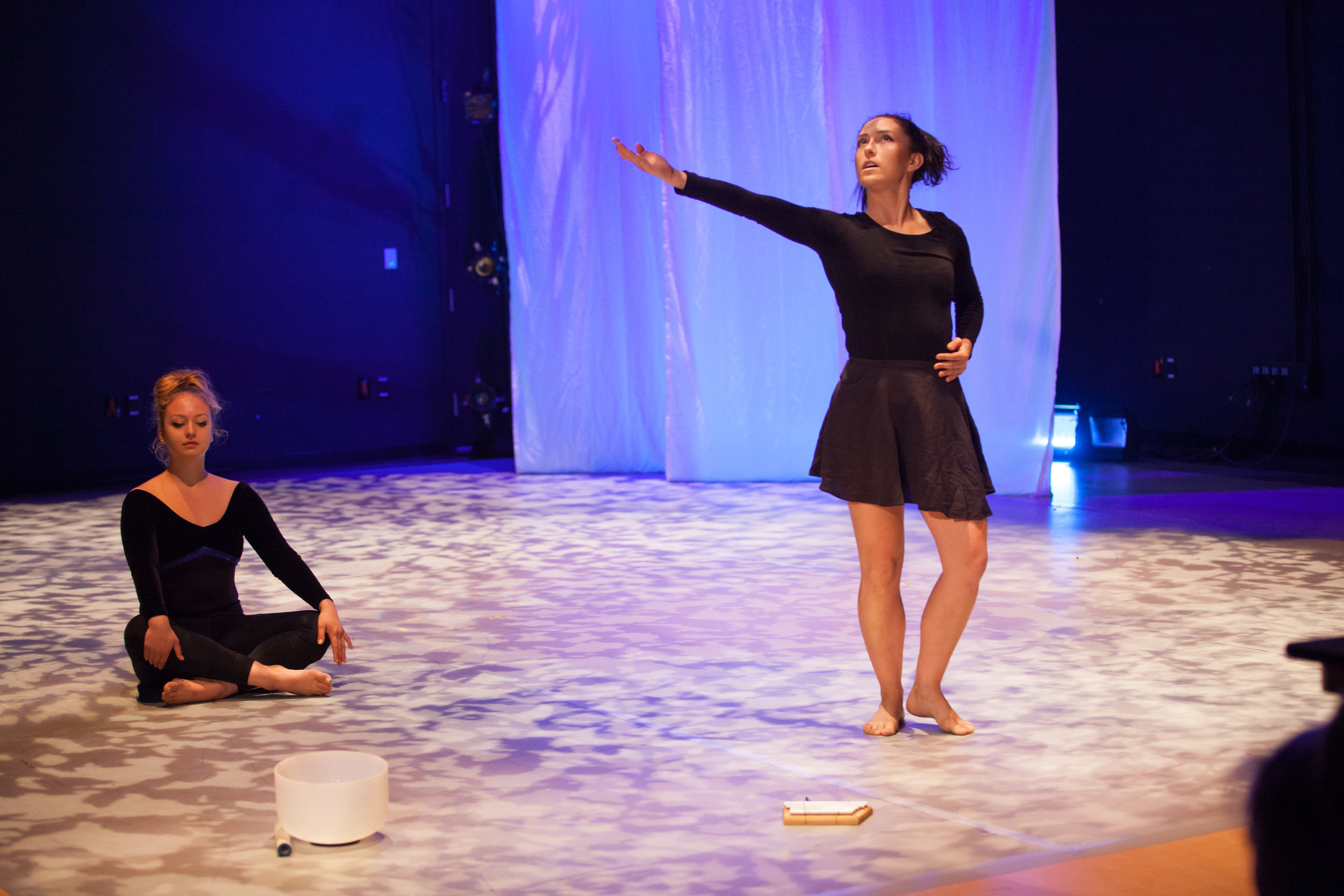

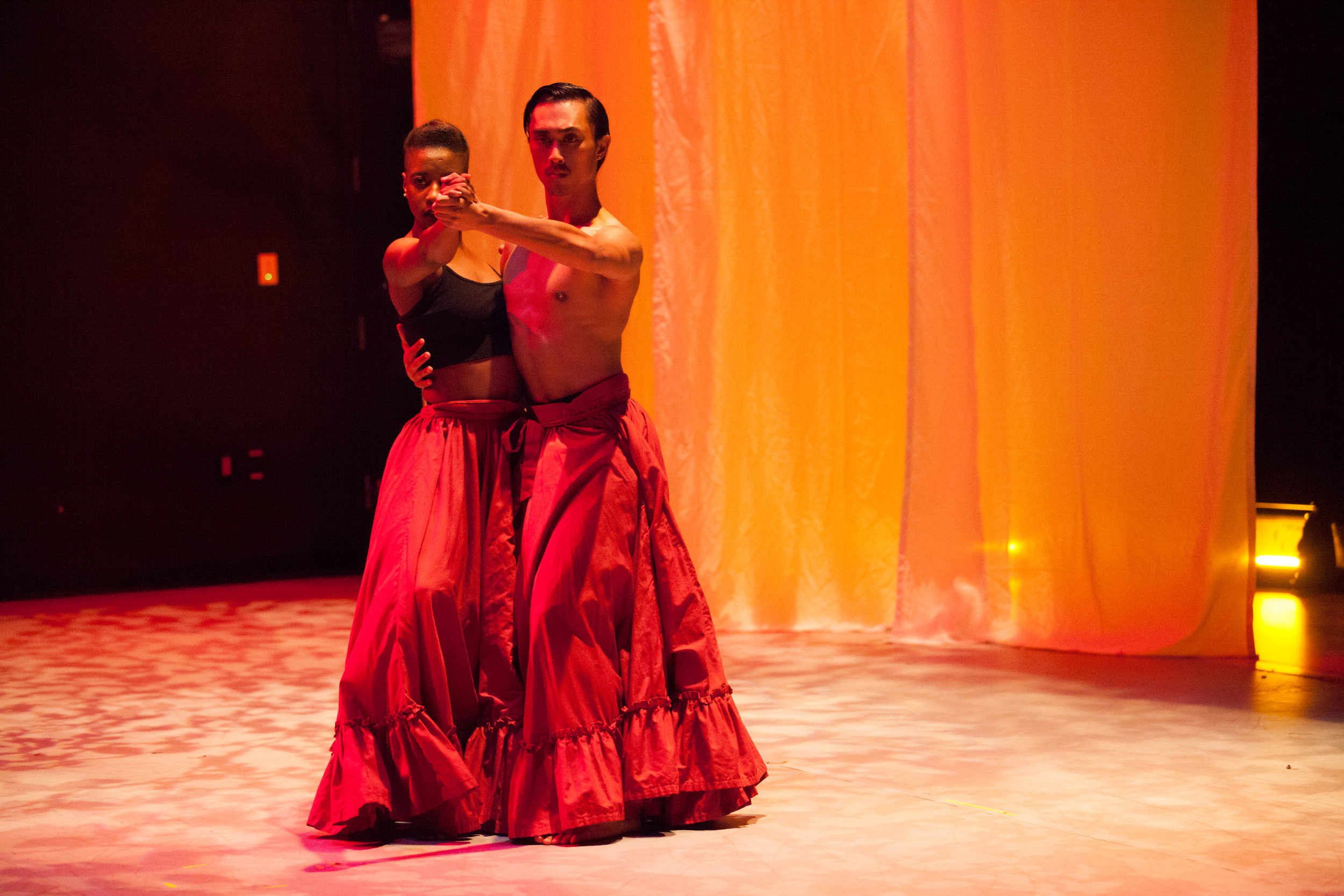


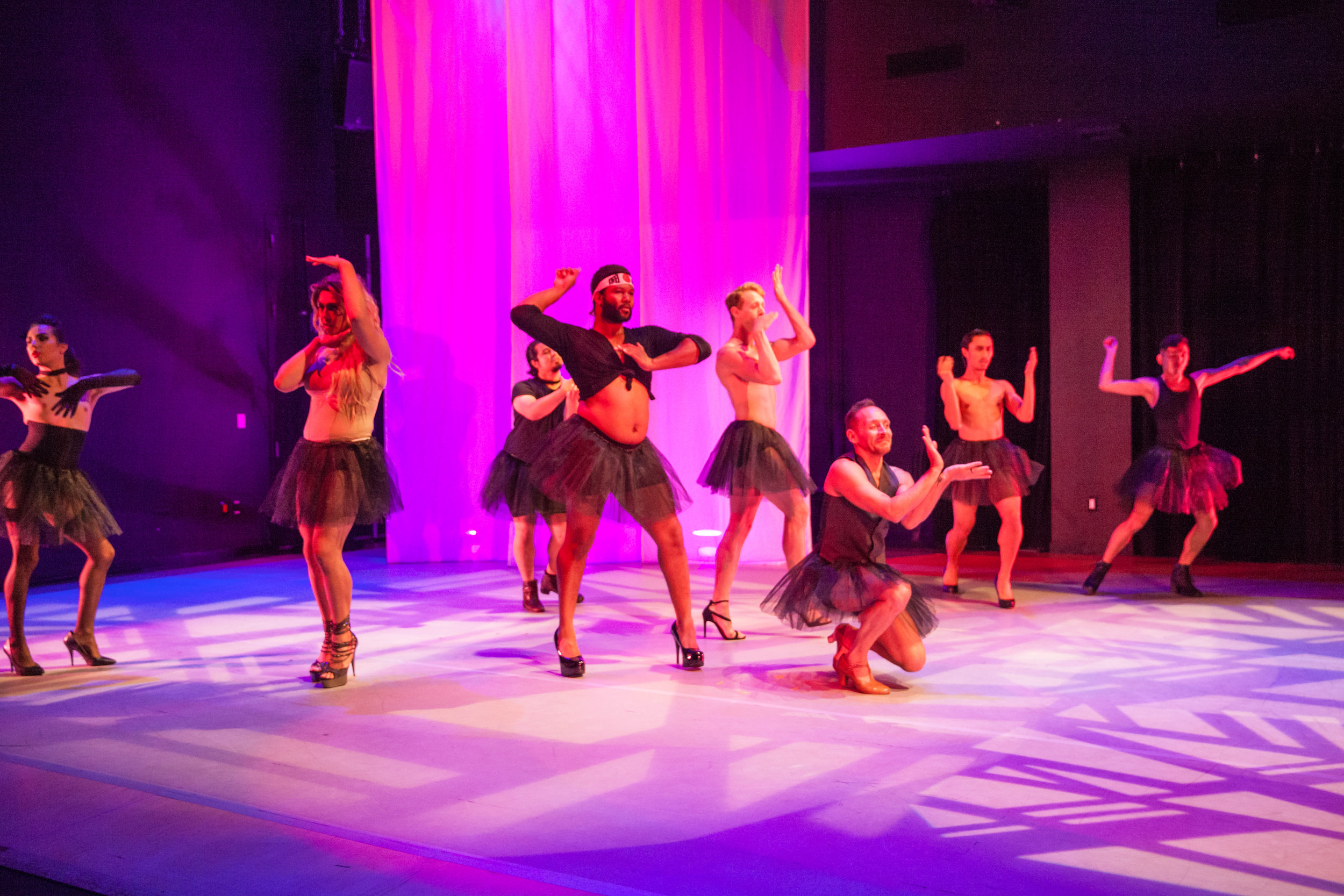


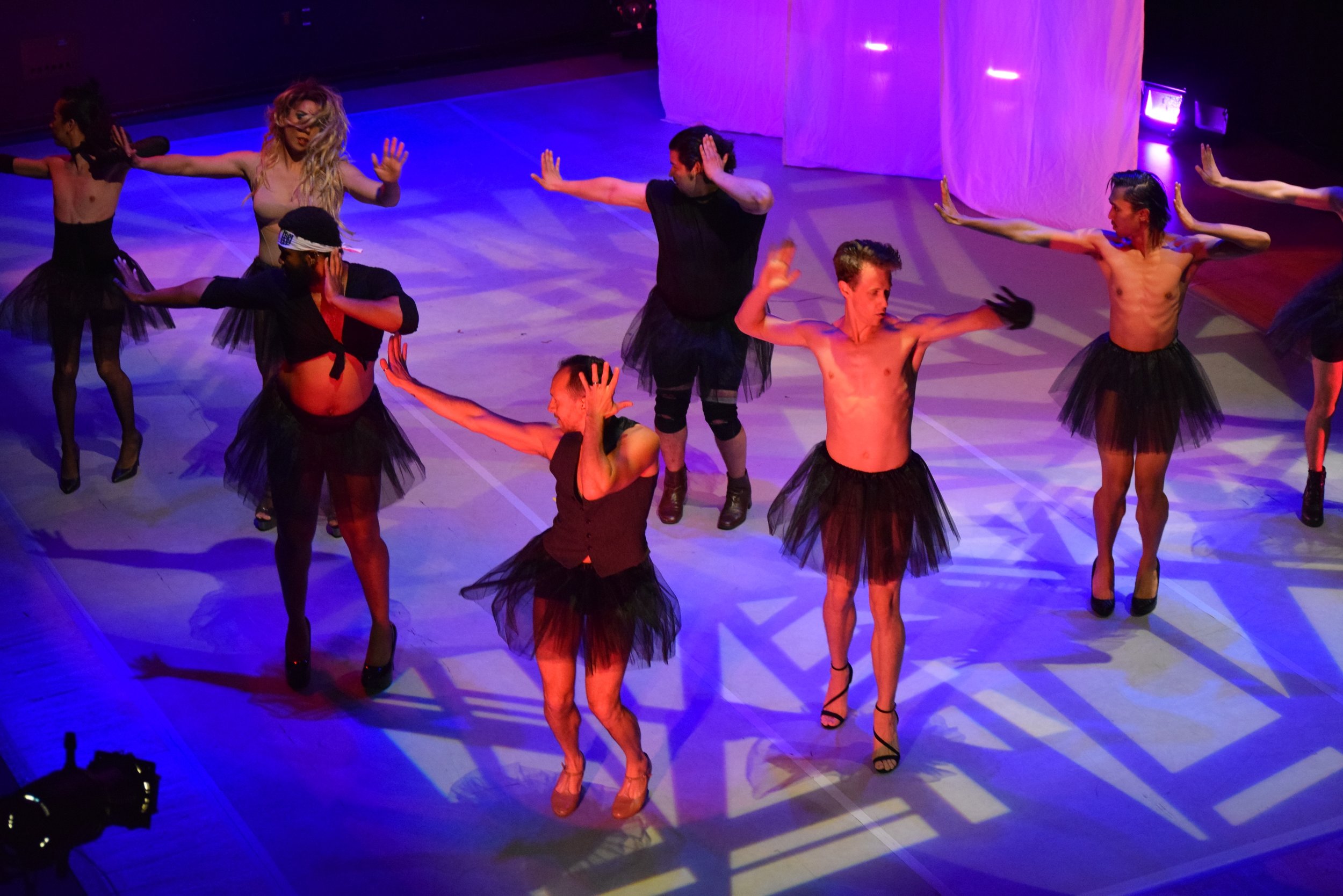
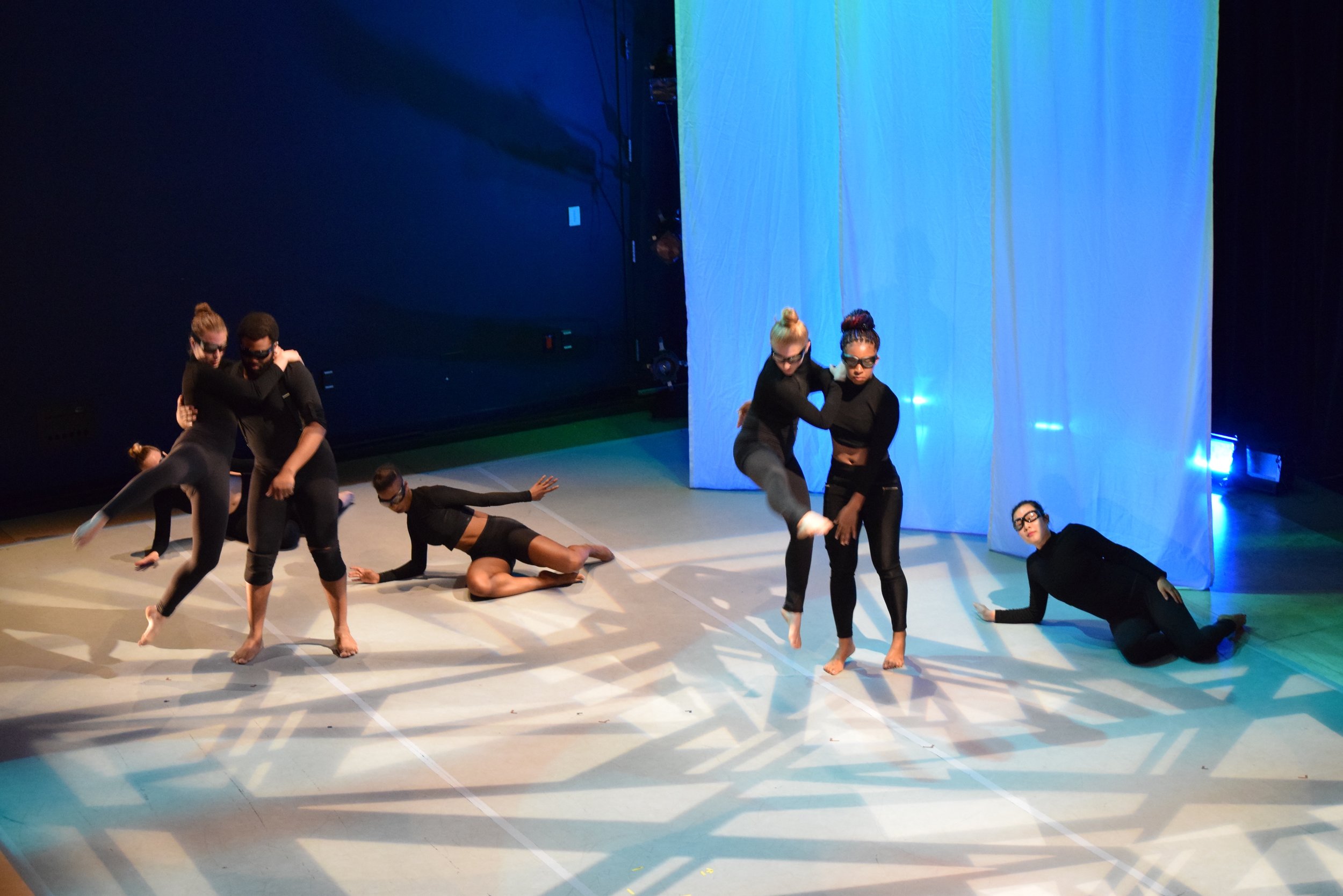


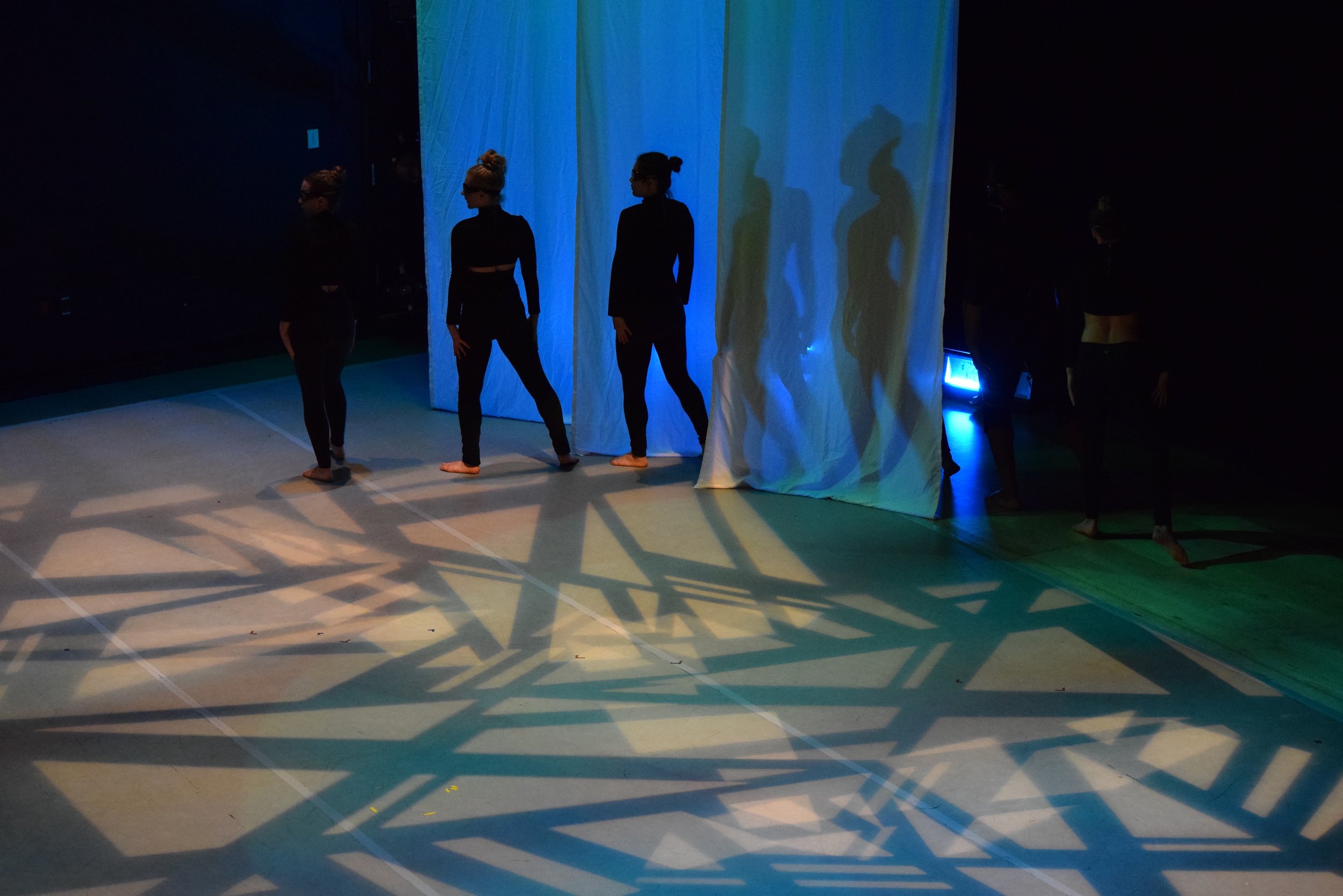

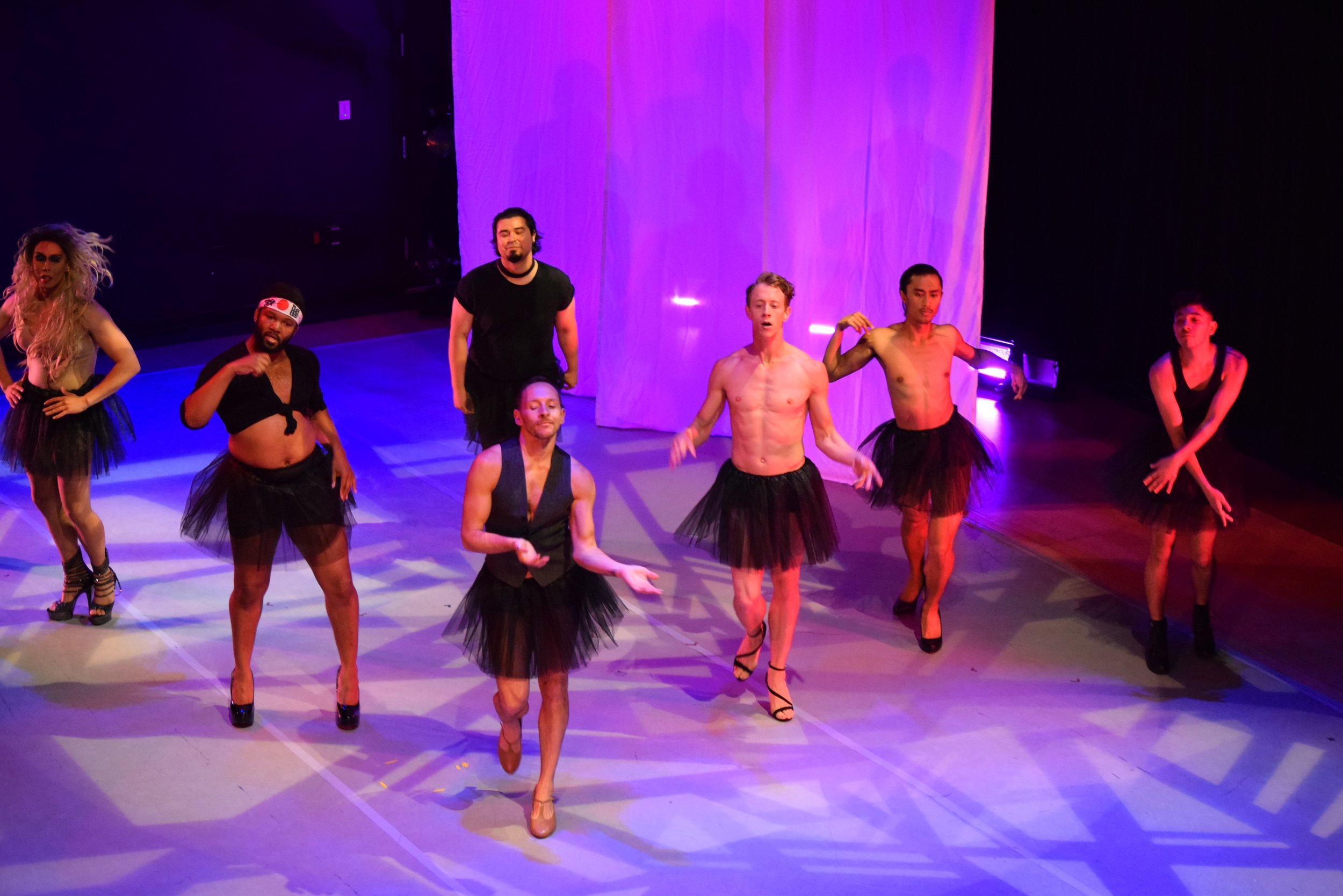




Don't Expect Much
Don't Expect Much was all about humor and laughter generated through dance. Everything had a quirky or dramatic theme the elicited joy and laughter from the audience. The choreographer's inspiration was drawn from famous dancers such as Josephine Baker and Bob Fosse. The movement was sexy and bold, but also silly and innocent. The comedy was emphasized with vibrant colors and multiple textures. Being able to contrast colors and textures helped each piece stand out on their own, but still connect through their use of comedy in dance. Each effect built into the pieces were meant to bring out the festive atmosphere. Overall, the design immersed the audience while enhancing their laughter.
Company: University of California, Irvine
Choreographed by Jessica Lynn Harper
Photo Credit: Skye Schmidt
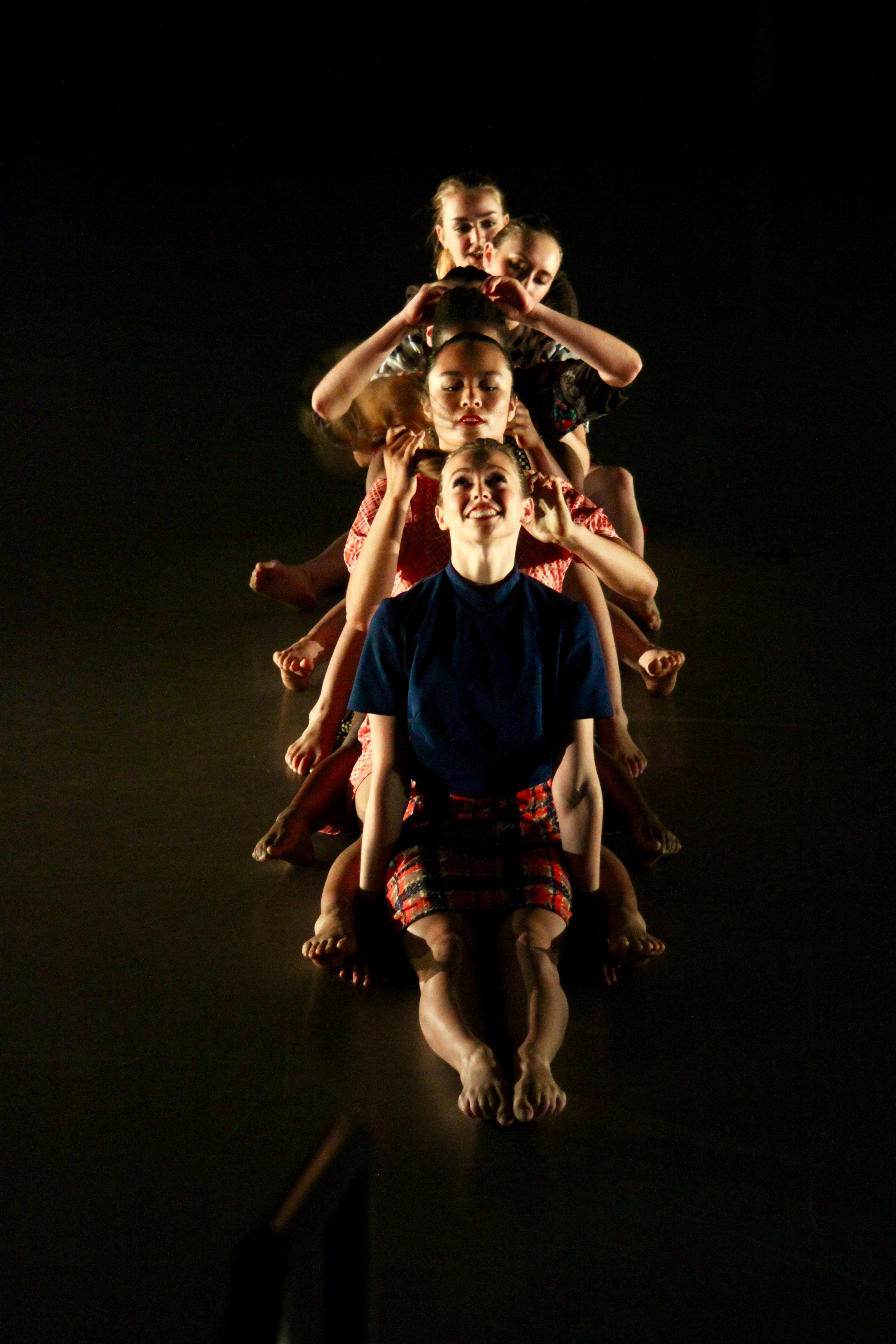








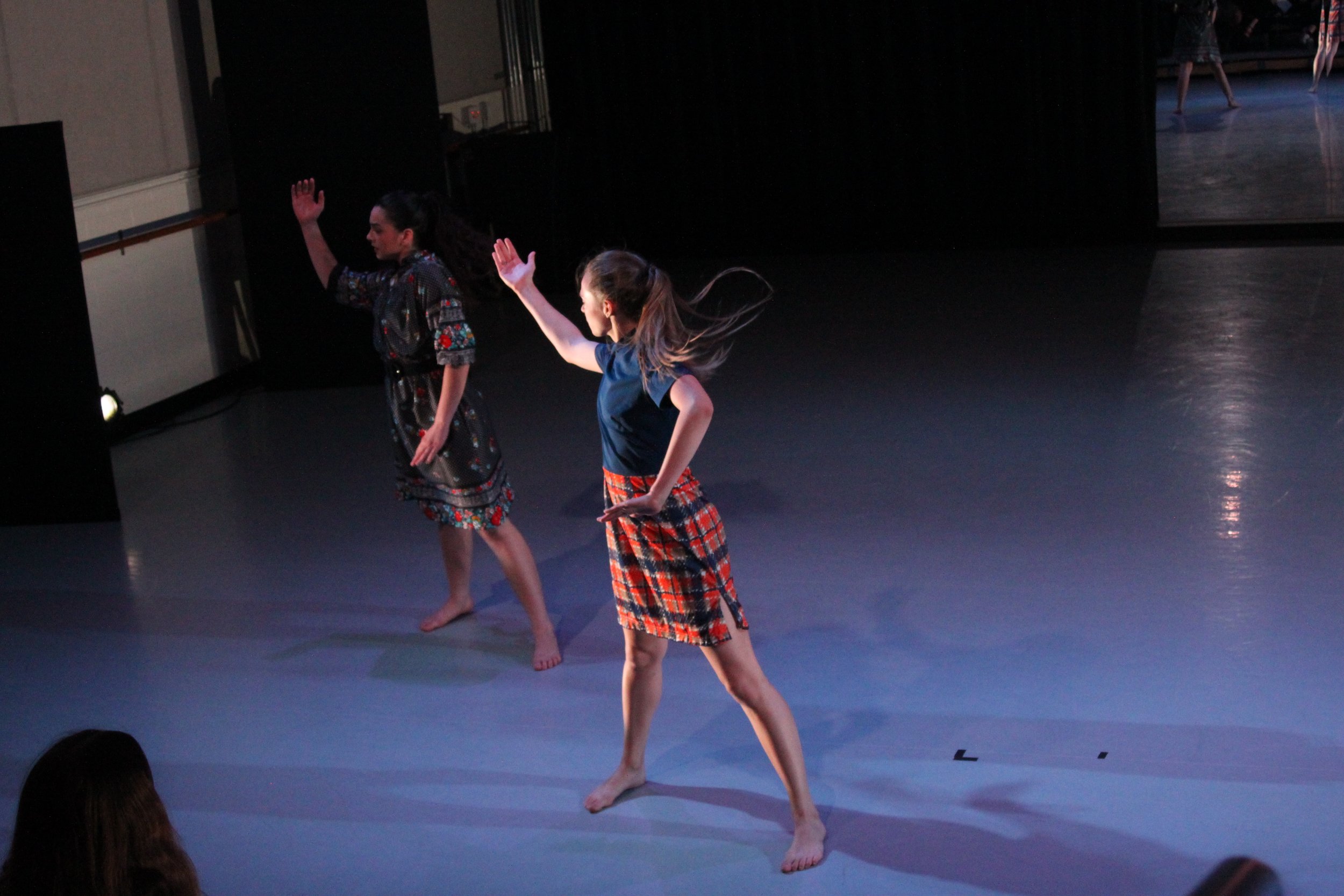

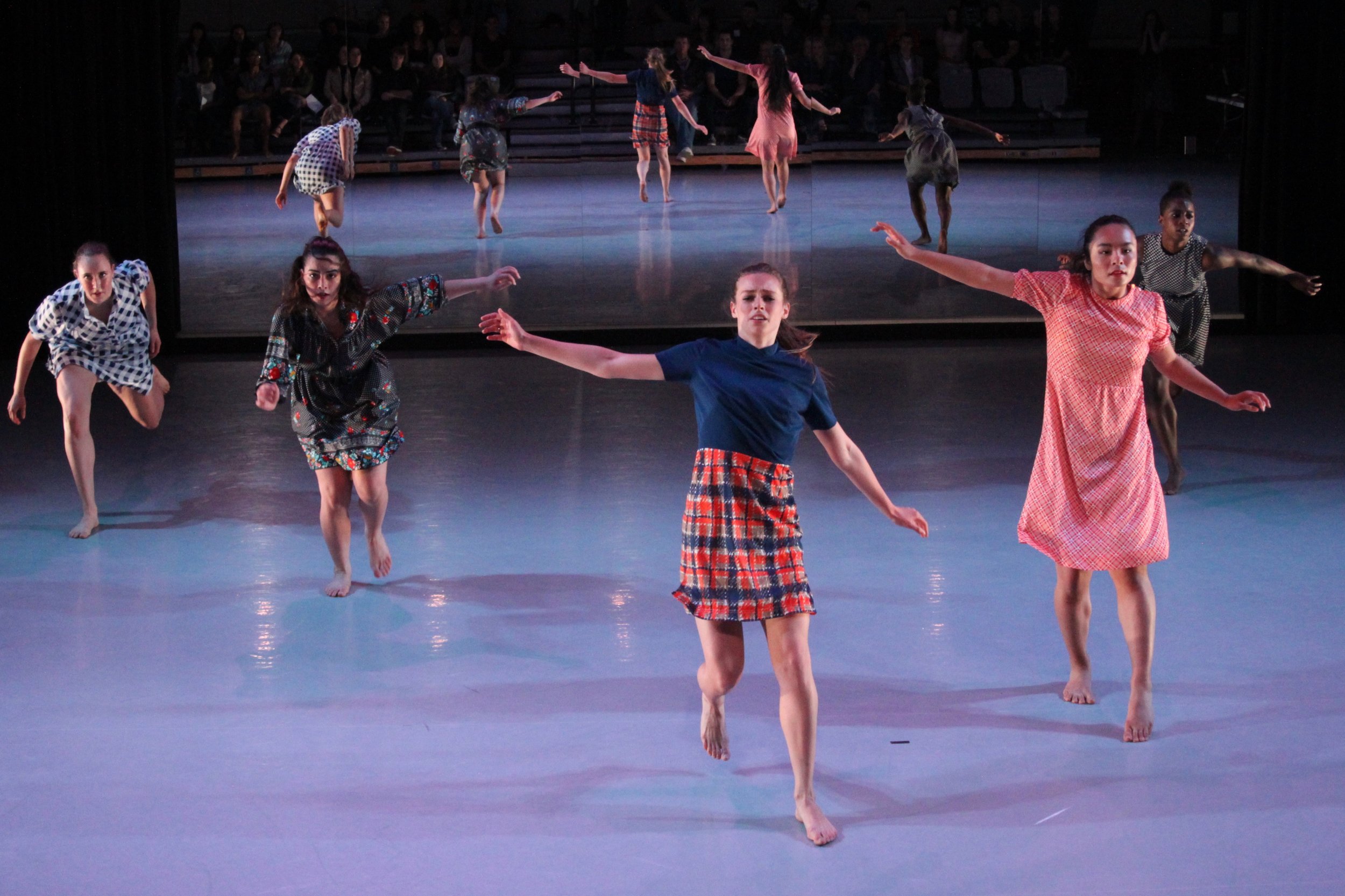



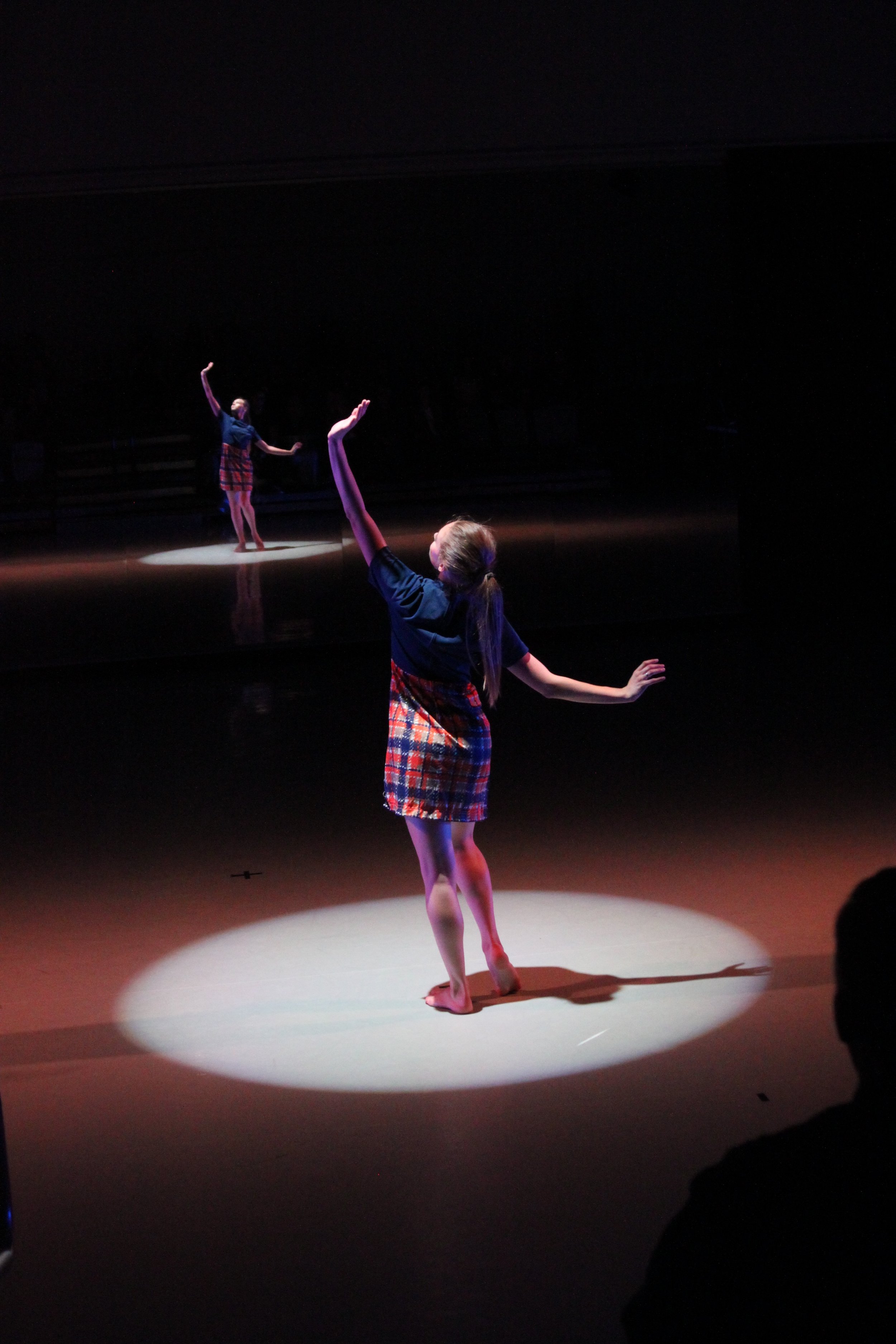
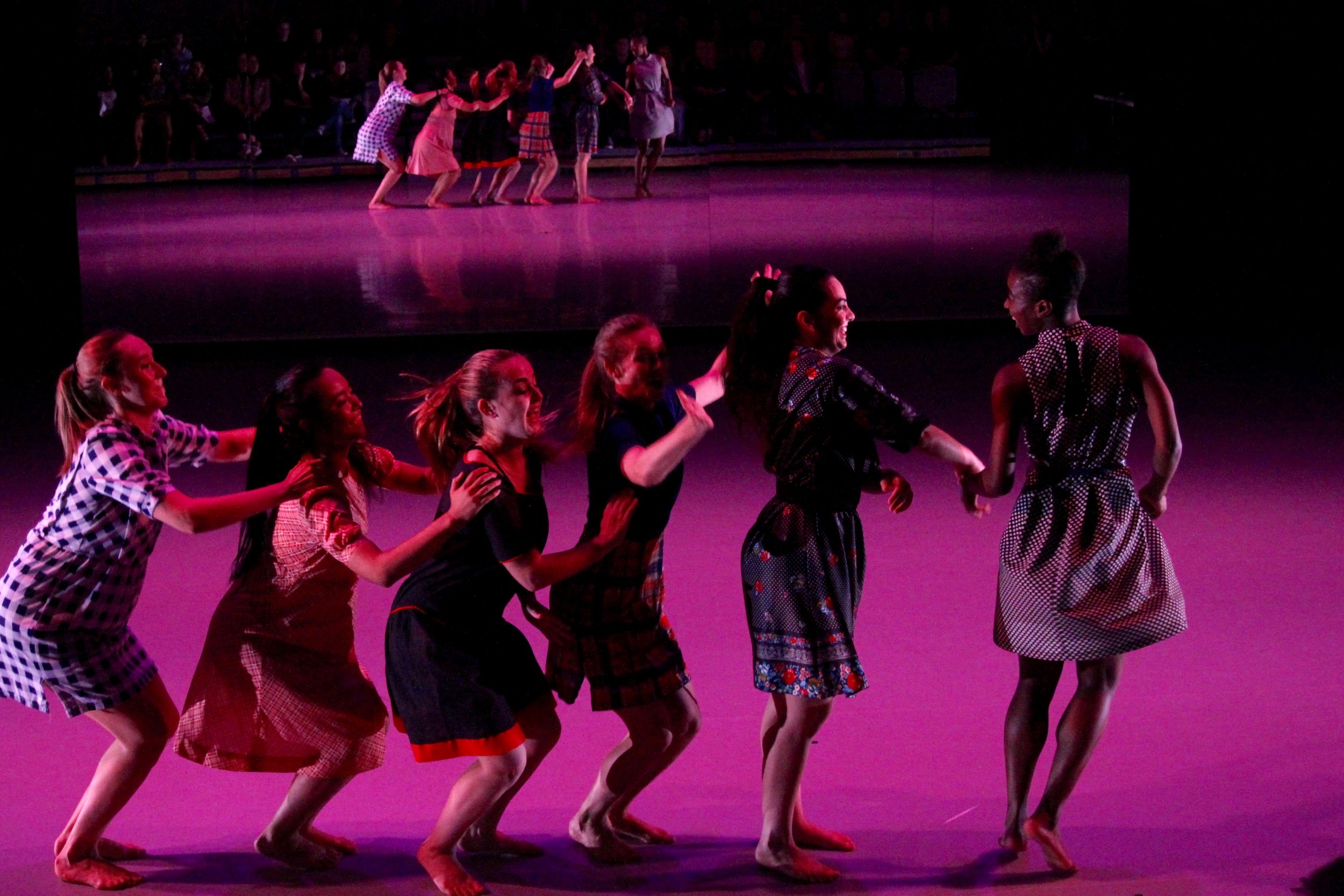

Her Name Was______.
Her Name Was ______. followed the playful story line of Keira Whitaker. Each piece embraced her friendly personality. The use of vibrant colors accented the playfulness of each song. The lighting design captured the innocence of the girls, and how they evolved as they were exposed more to the real life. At the start of the performance, isolation is used to conceal the girls' emotions. As the story continues, the world expends with the curtains opening and exposing a mirror. The atmosphere brightens up and the playfulness continues throughout the rhythm and songs.
Company: University of California, Irvine
Choreographed by Keira Whitaker
Photo Credit: Skye Schmidt

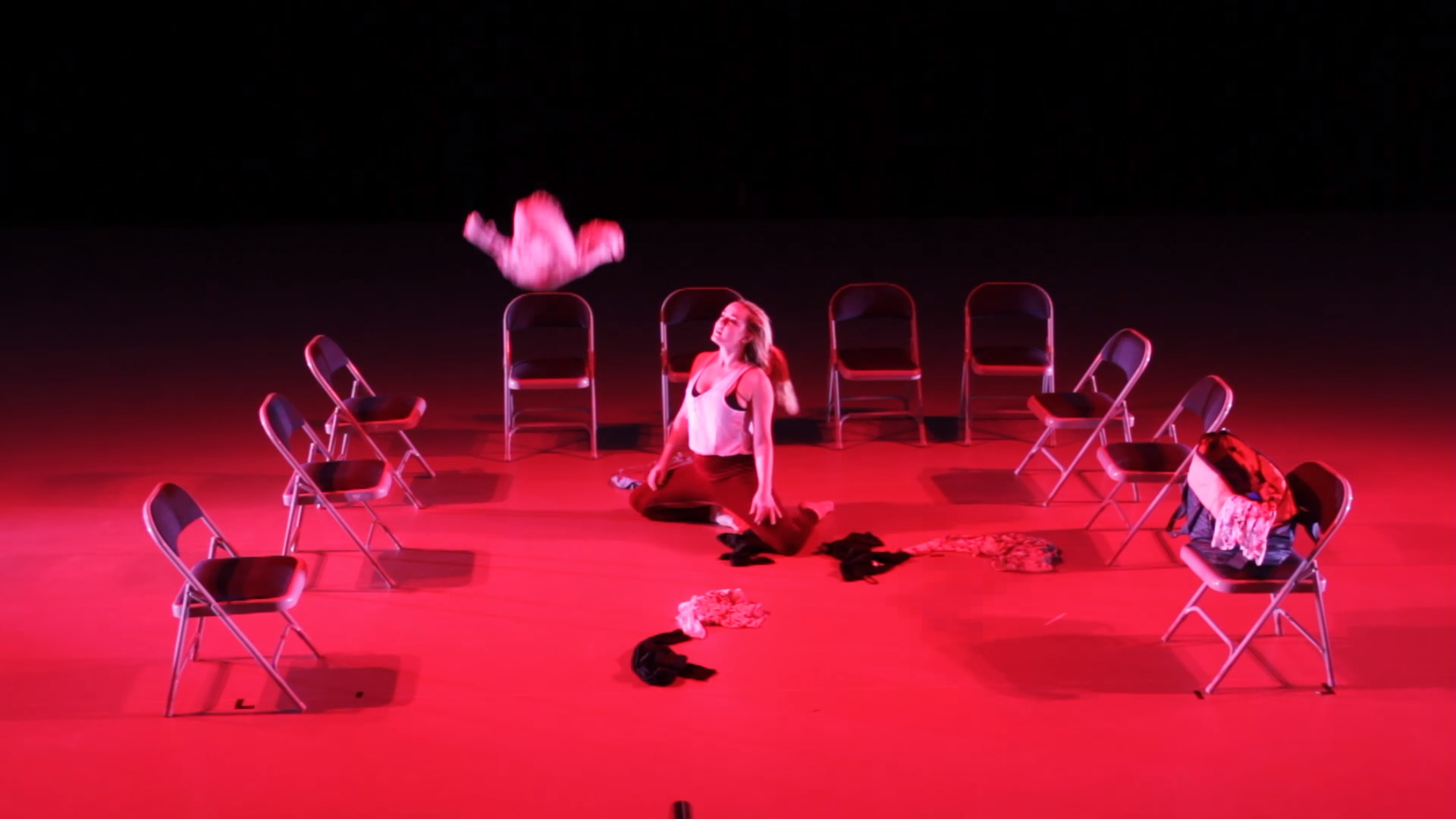
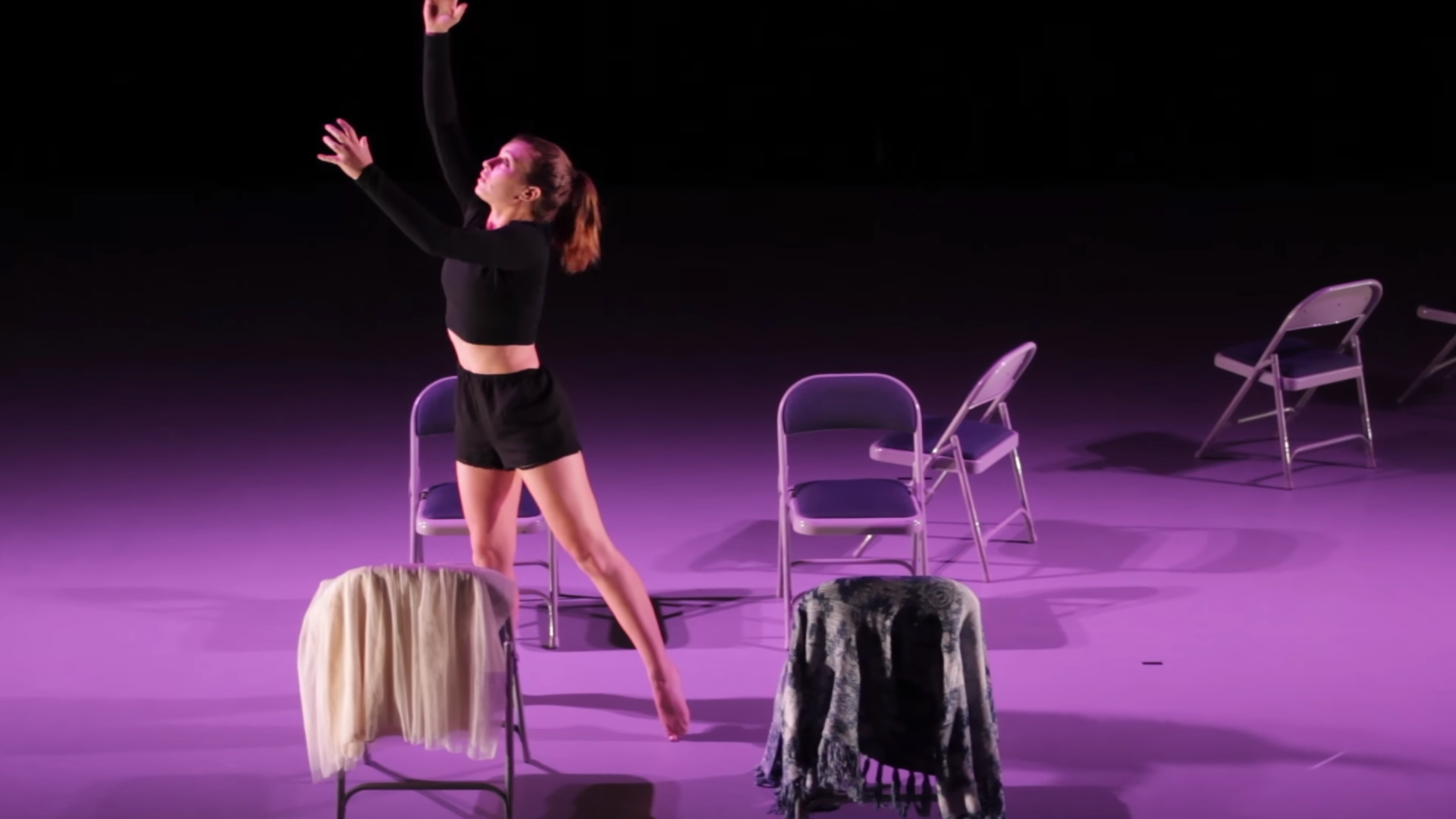
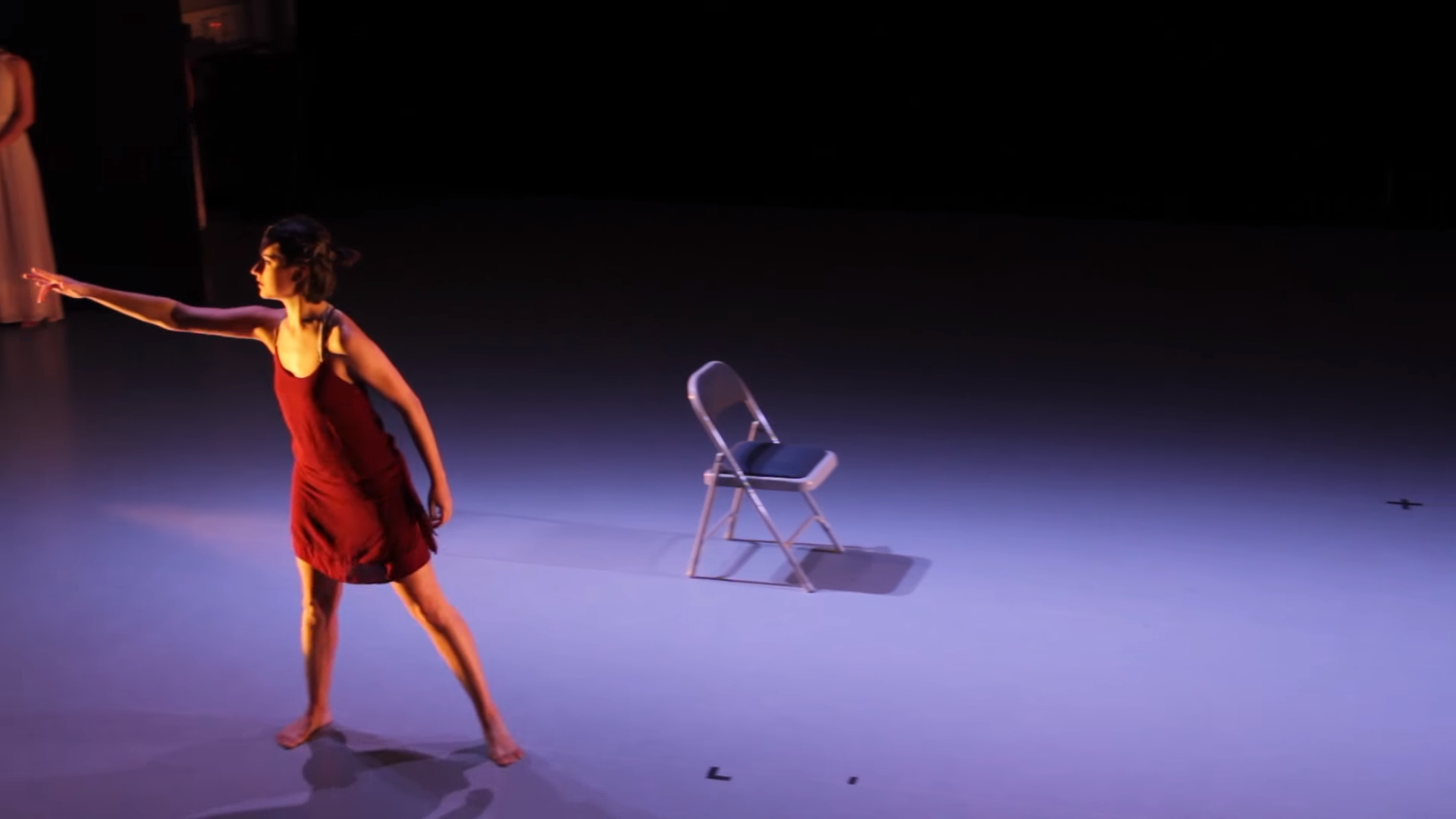


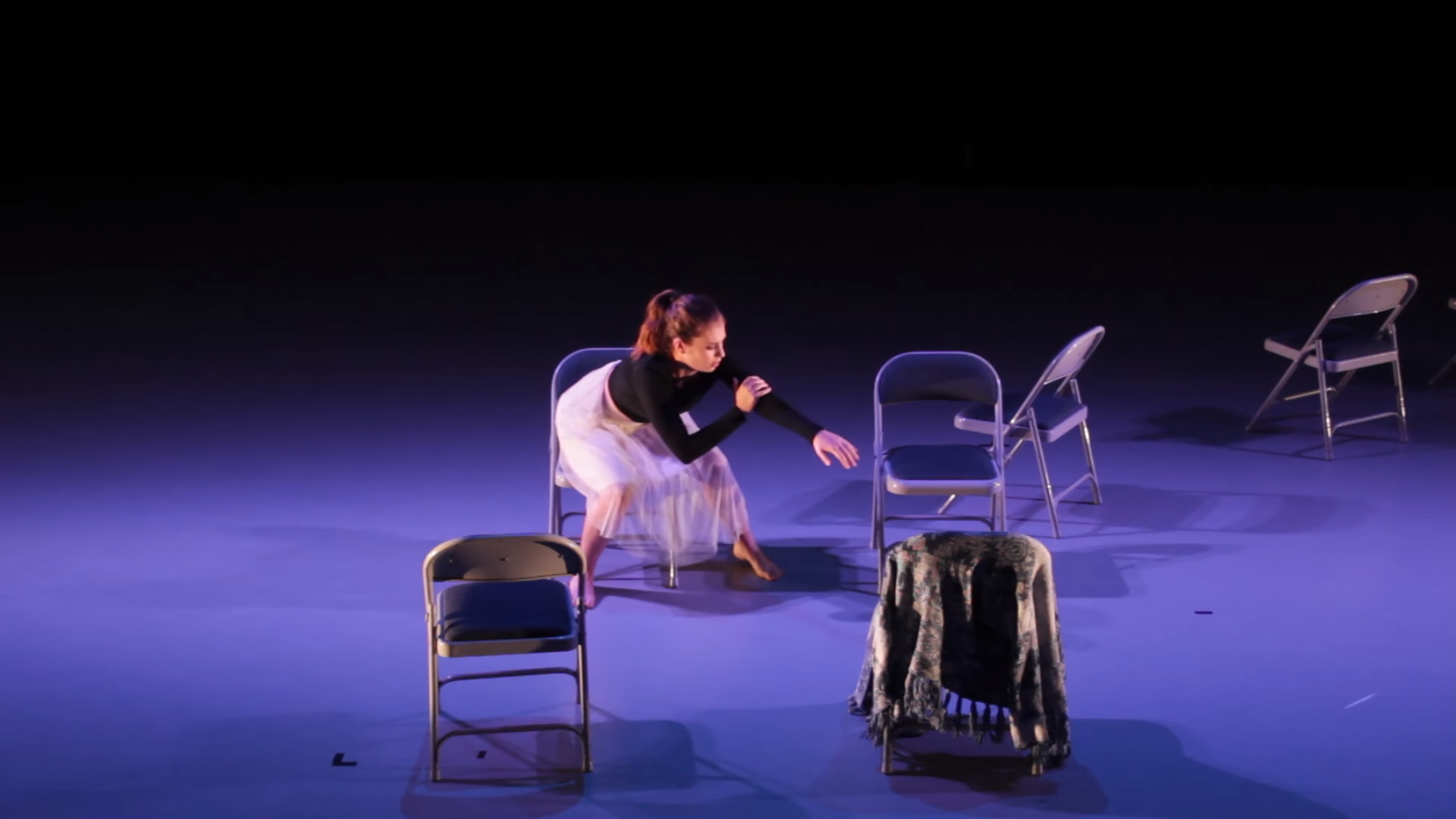
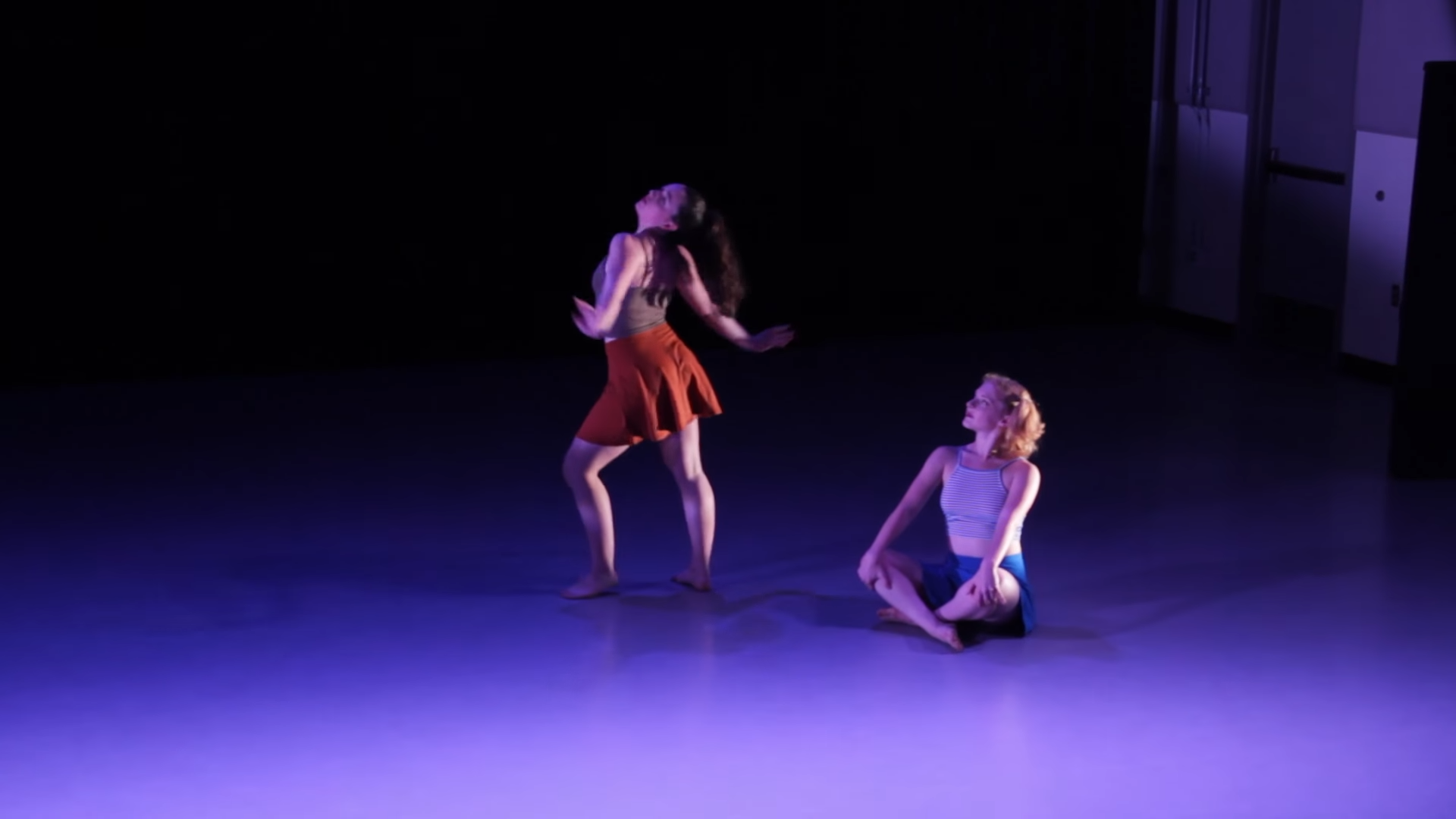

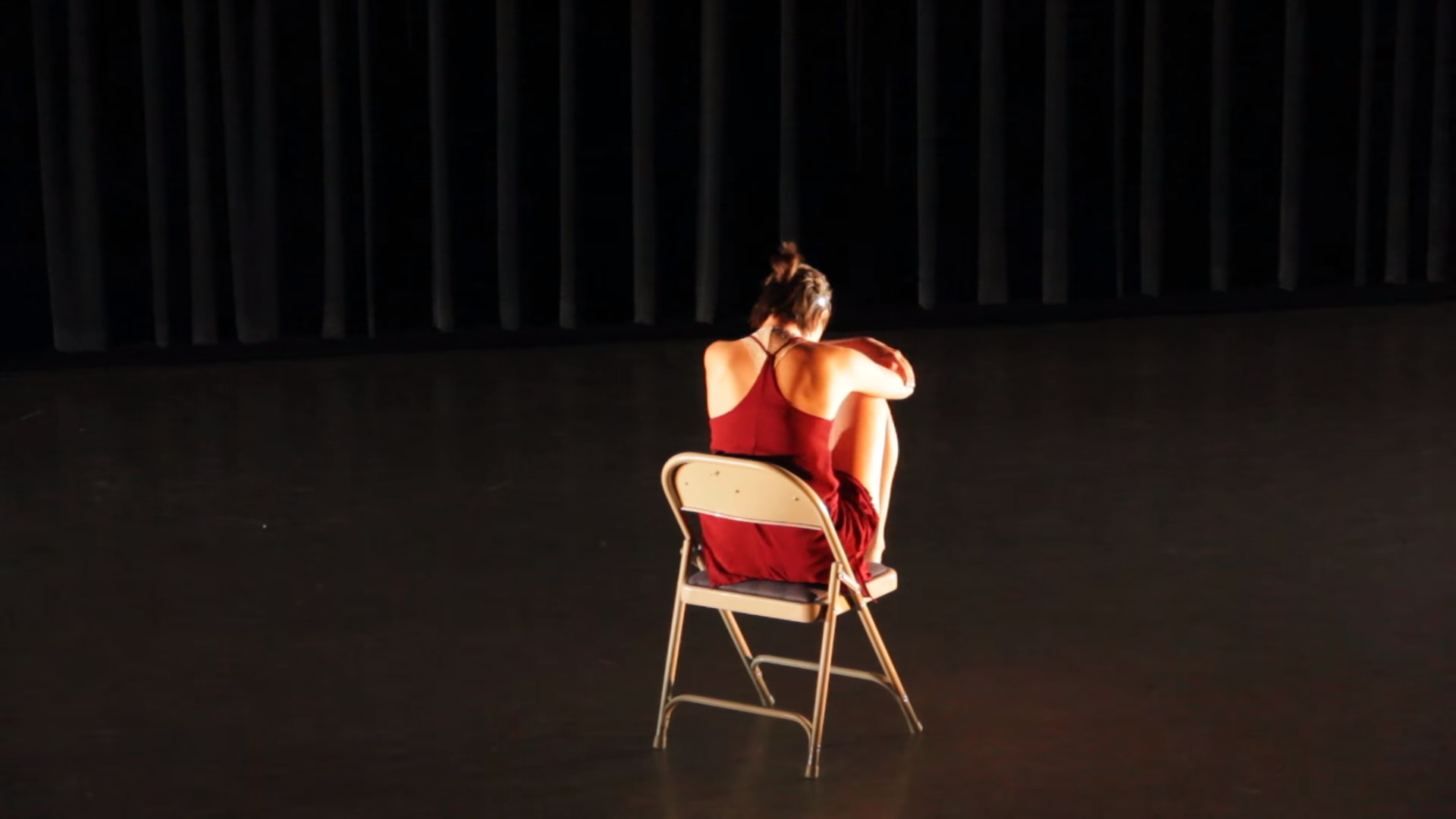




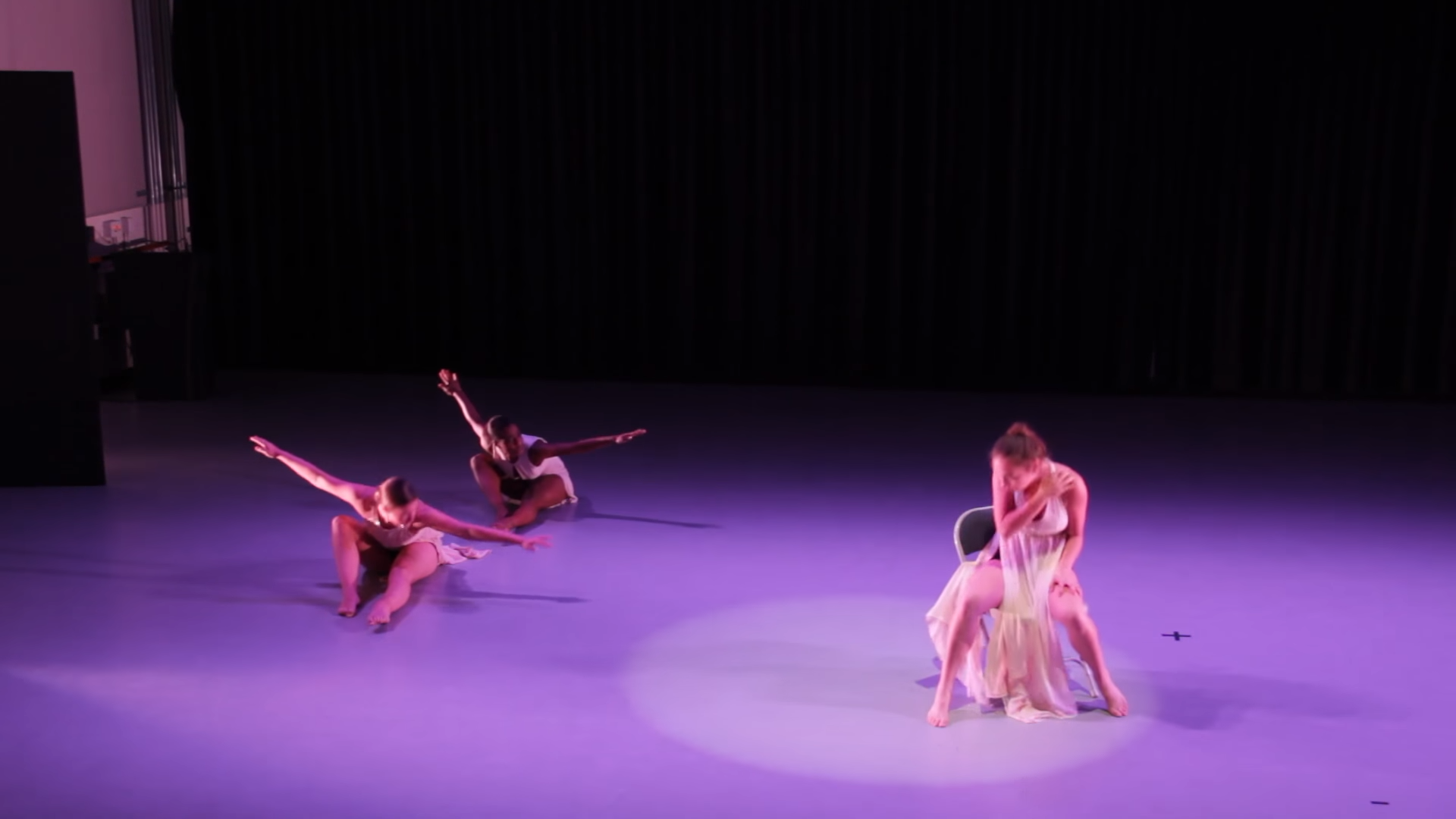

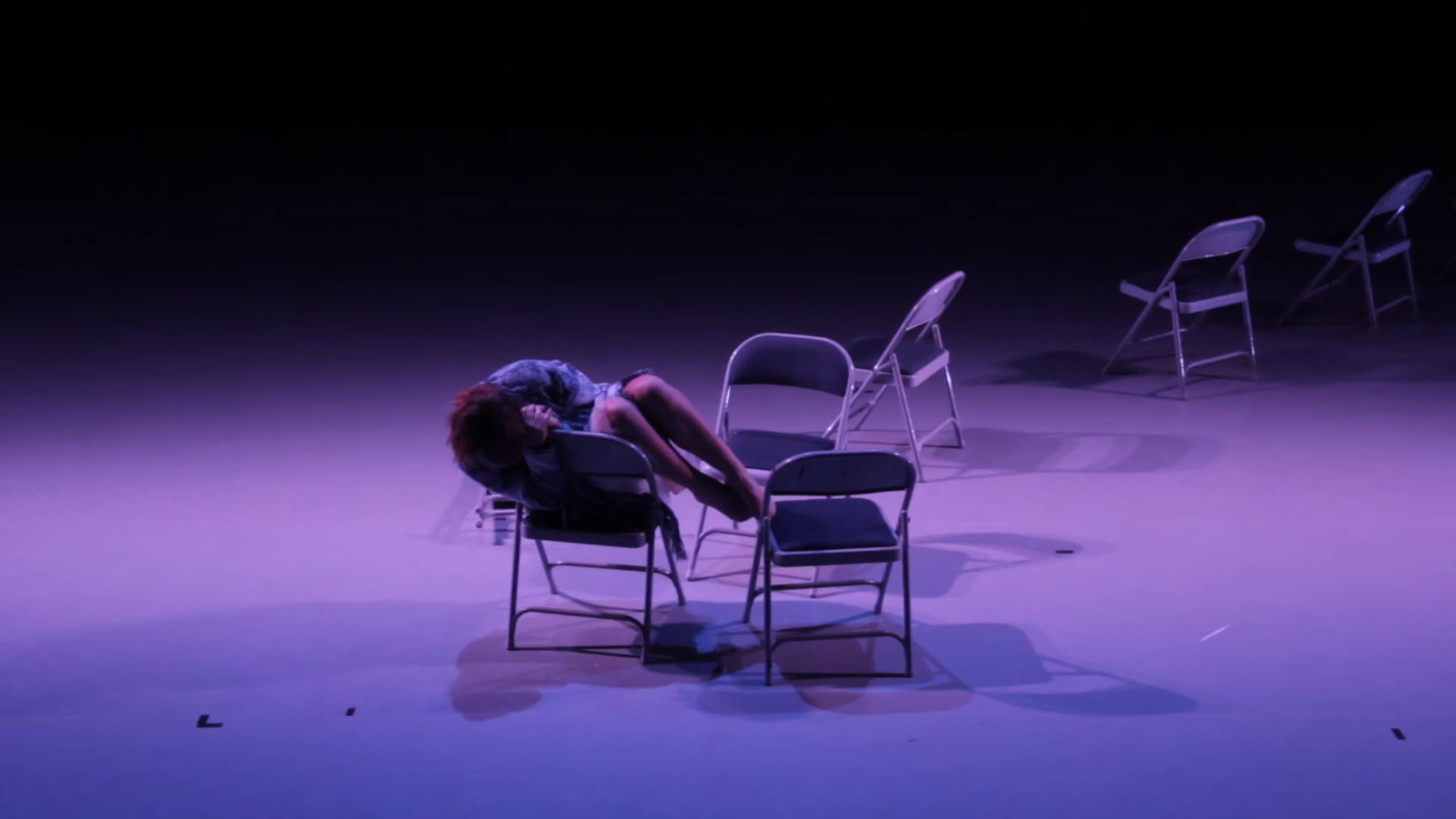
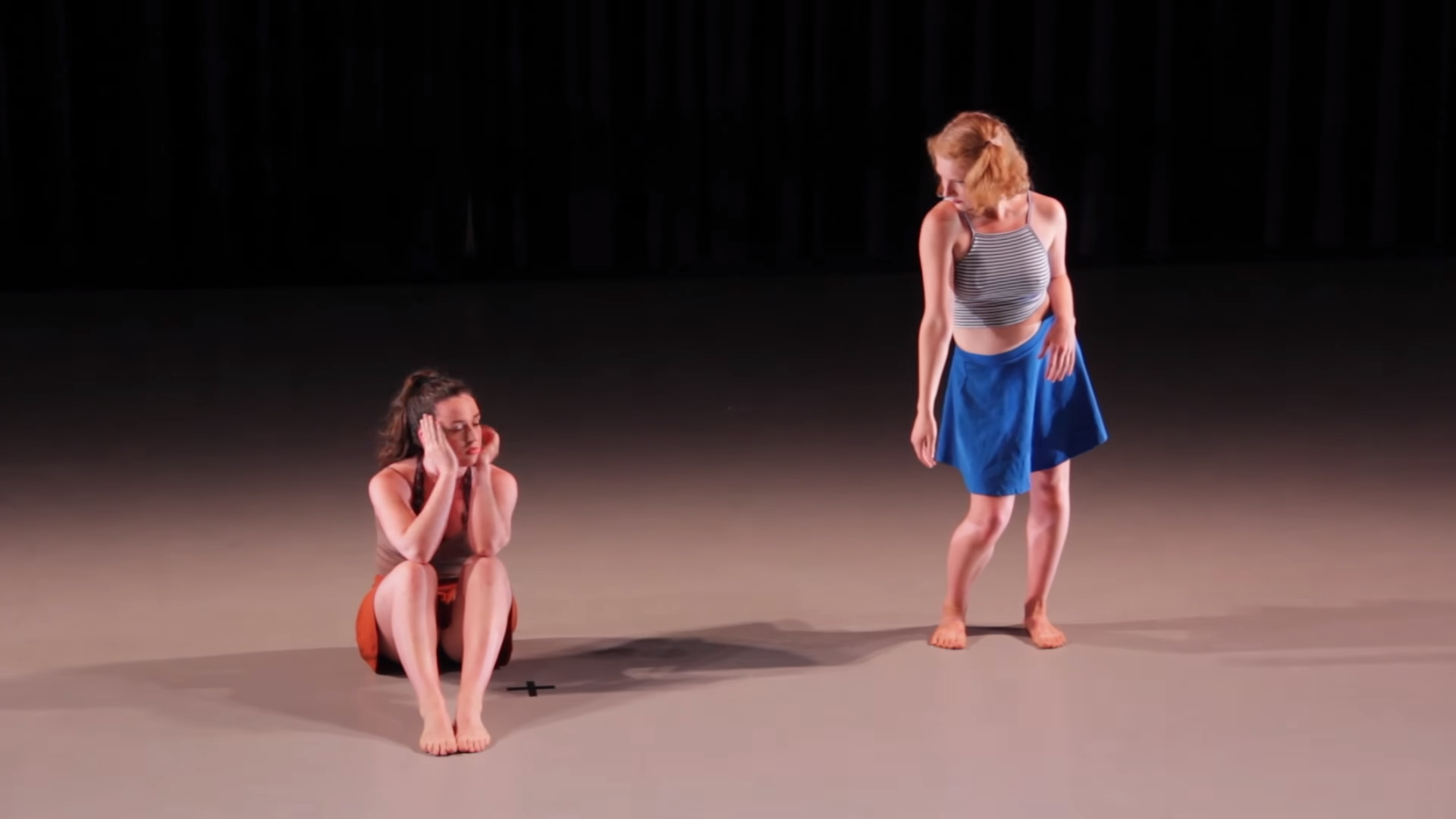
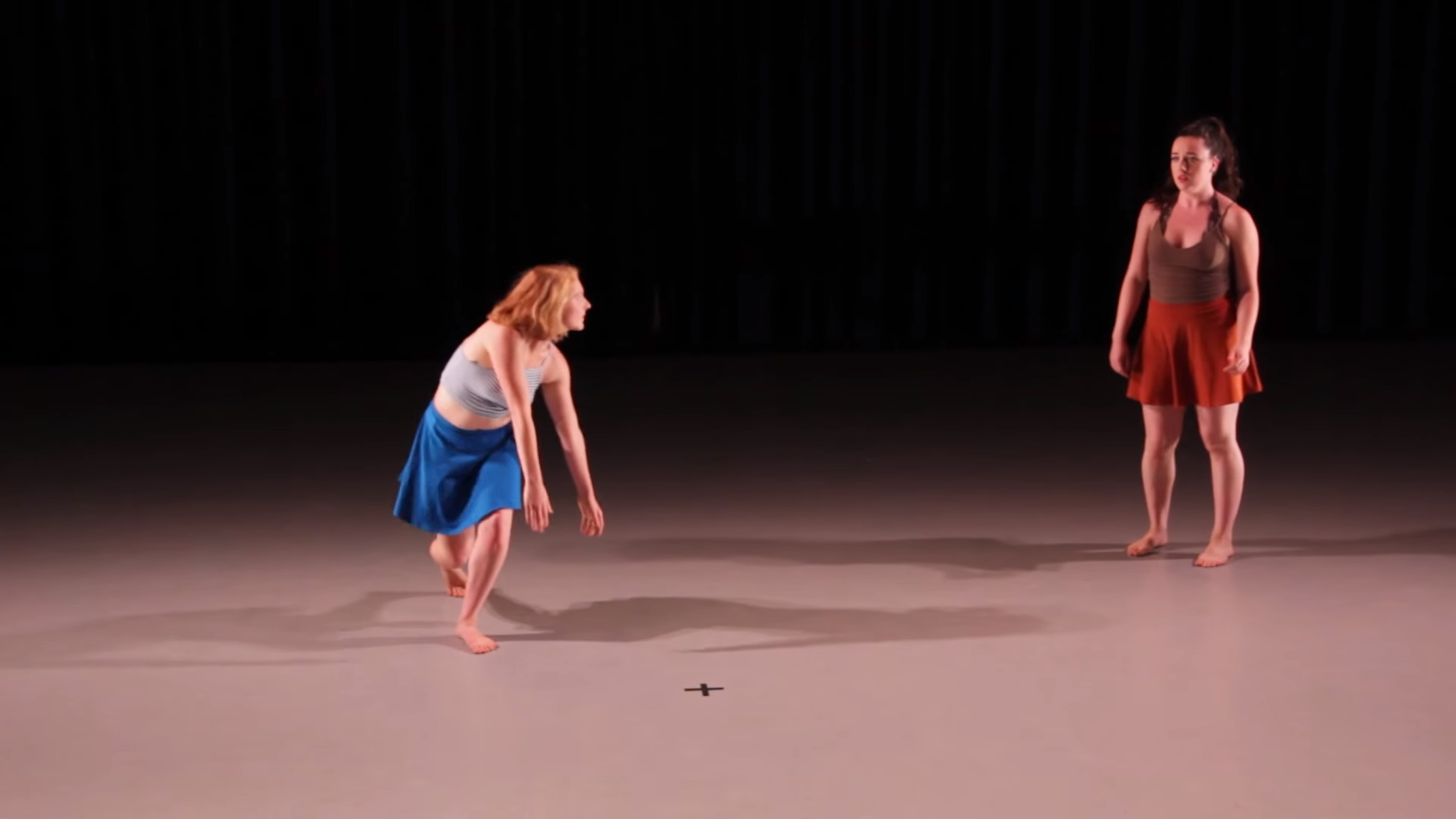

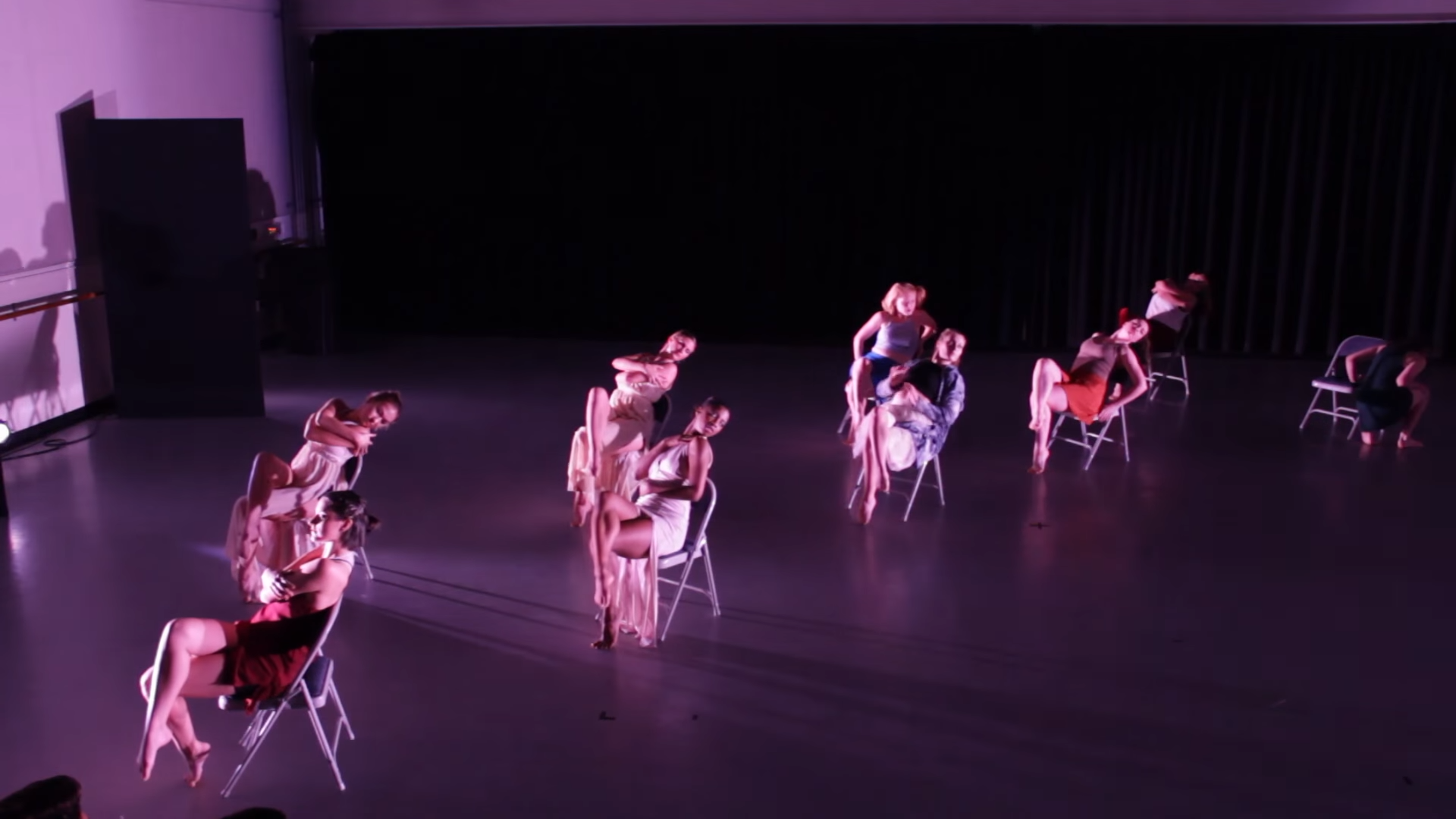
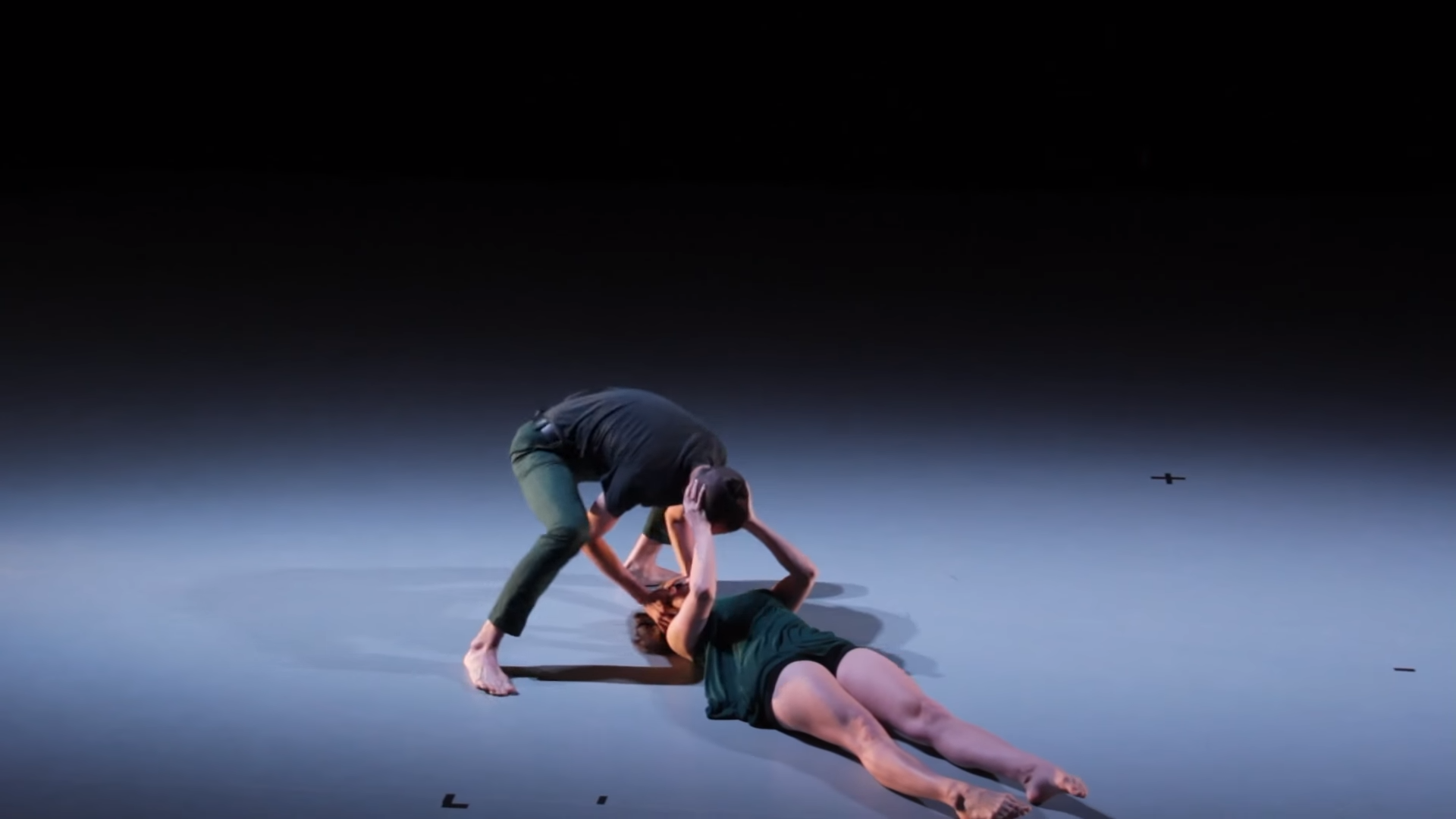

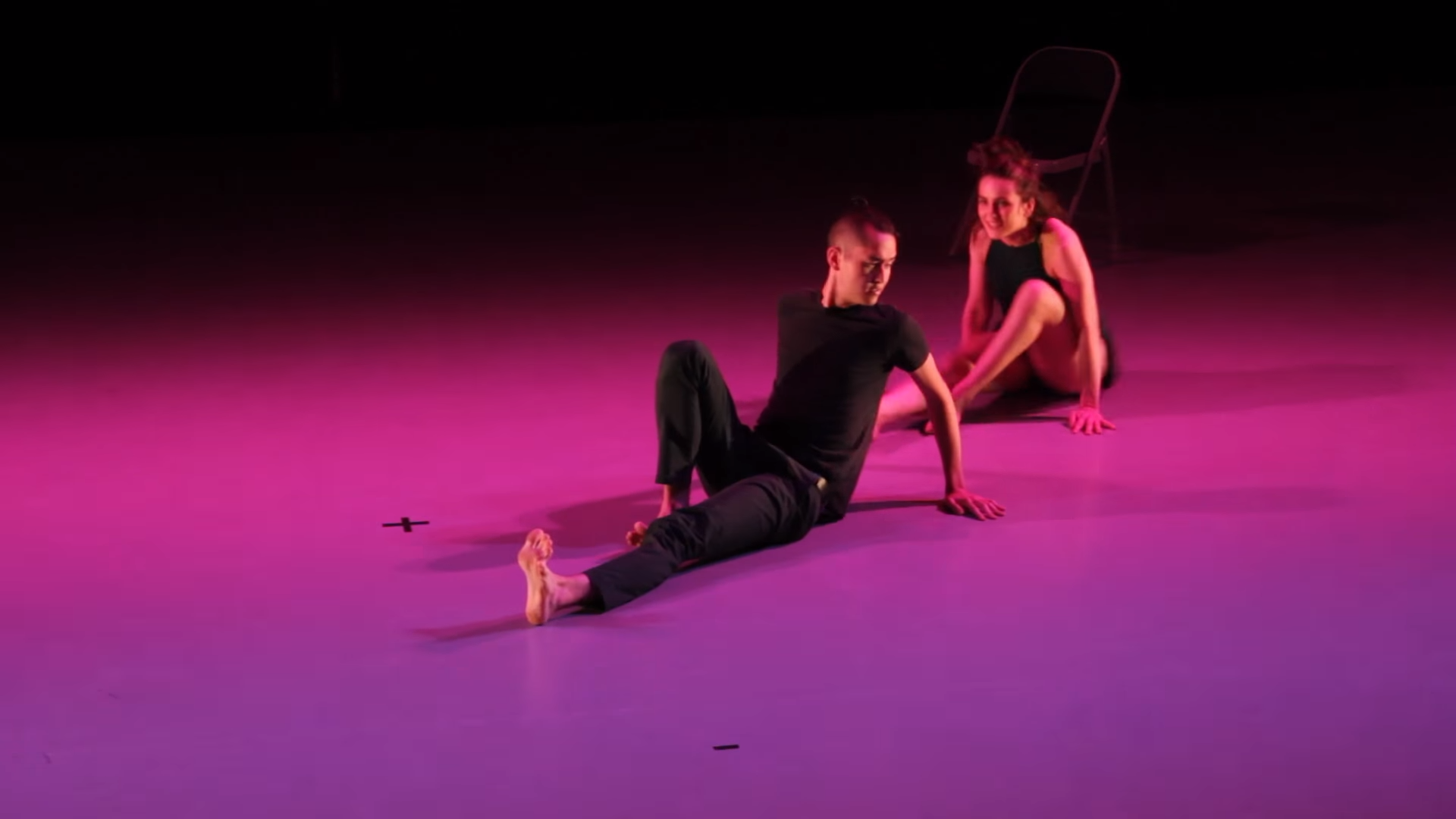

RAW
RAW told several stories through hand movement. Each story represented a different event in someone’s life. The goal of the design emphasized vibrant and bold colors to represent the emotions within each piece, and created an intimate space between the dancer and the audience.
Company: University of California, Irvine
Choreographed by Megan Bowen
Photographer: Skye Schmidt

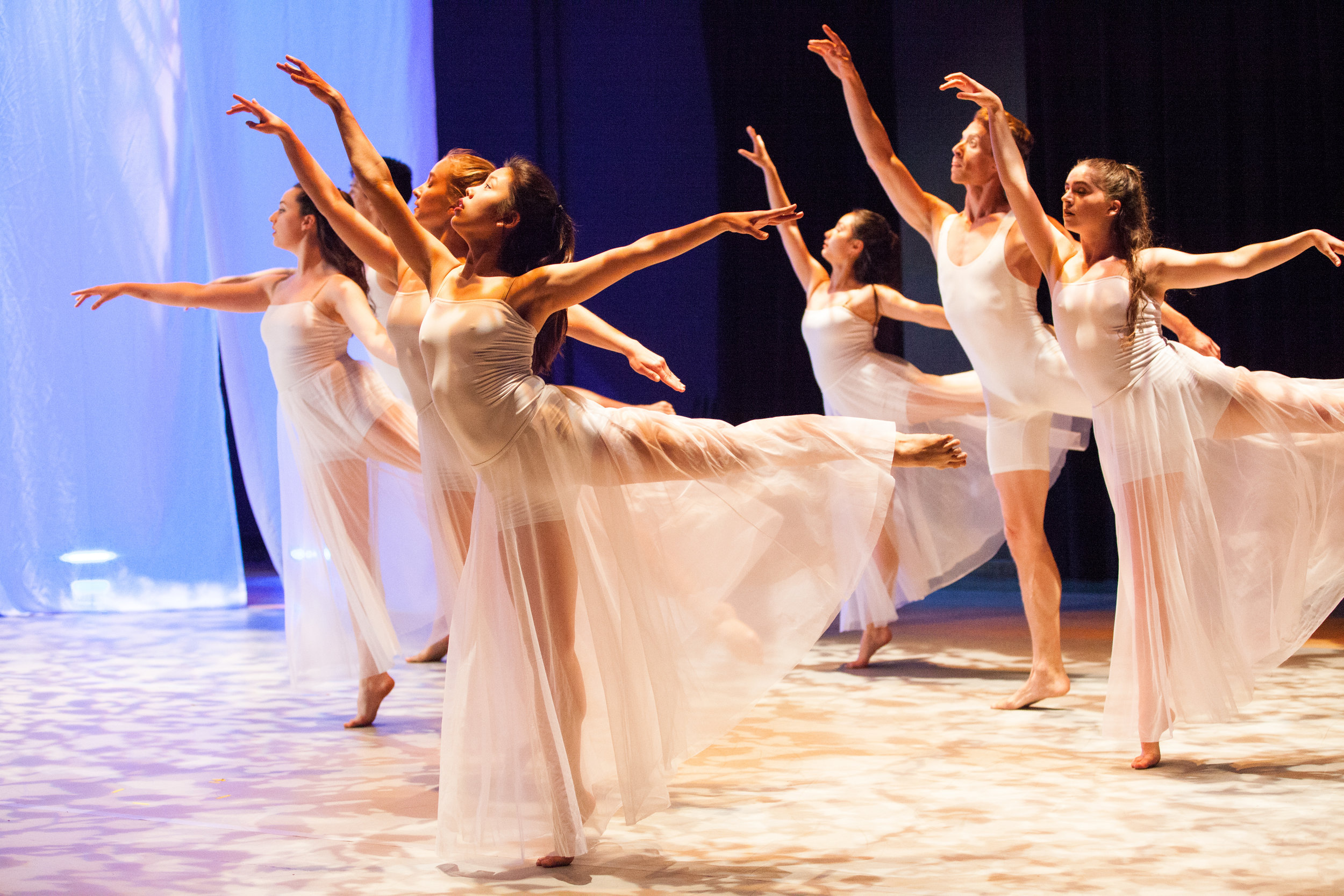


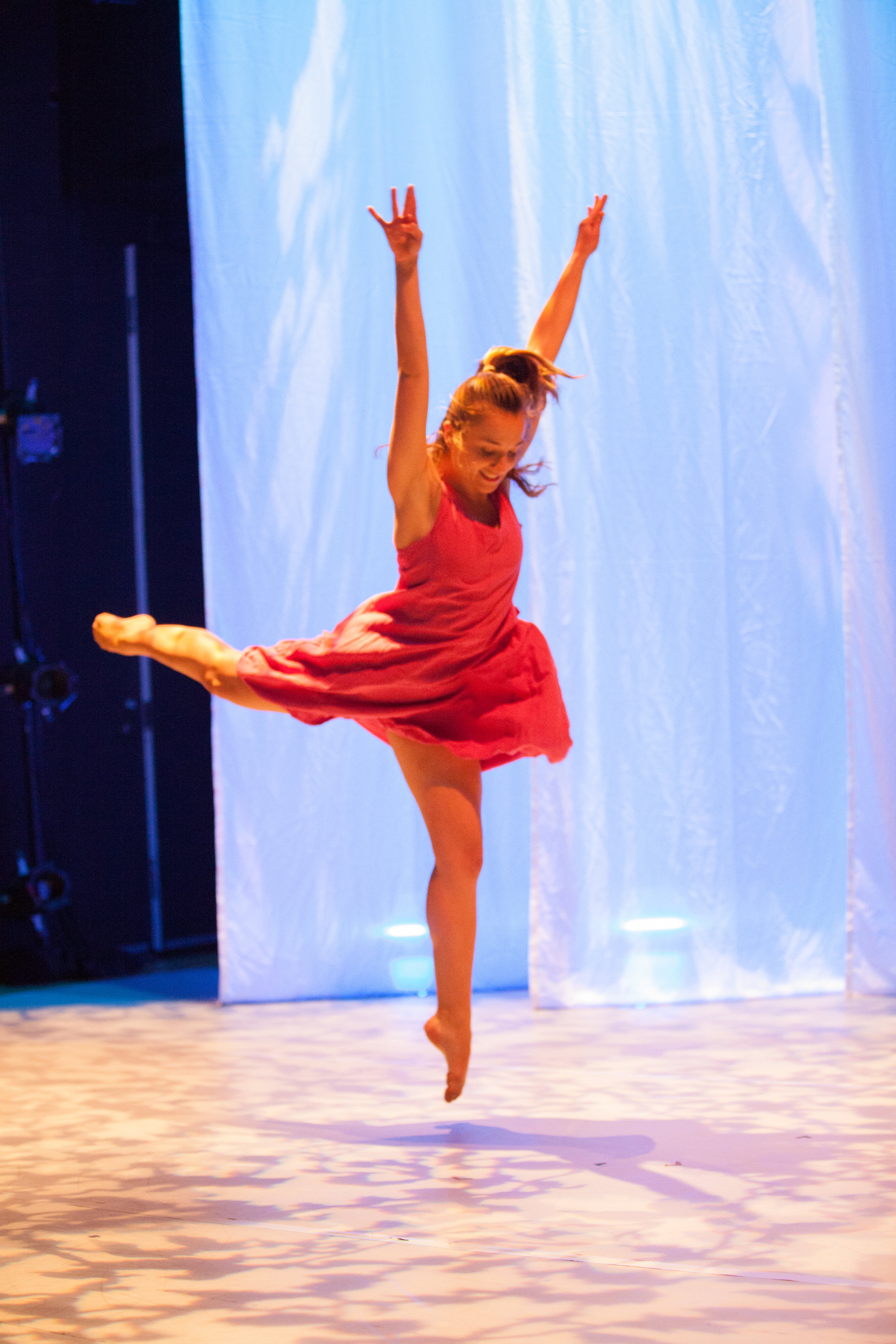

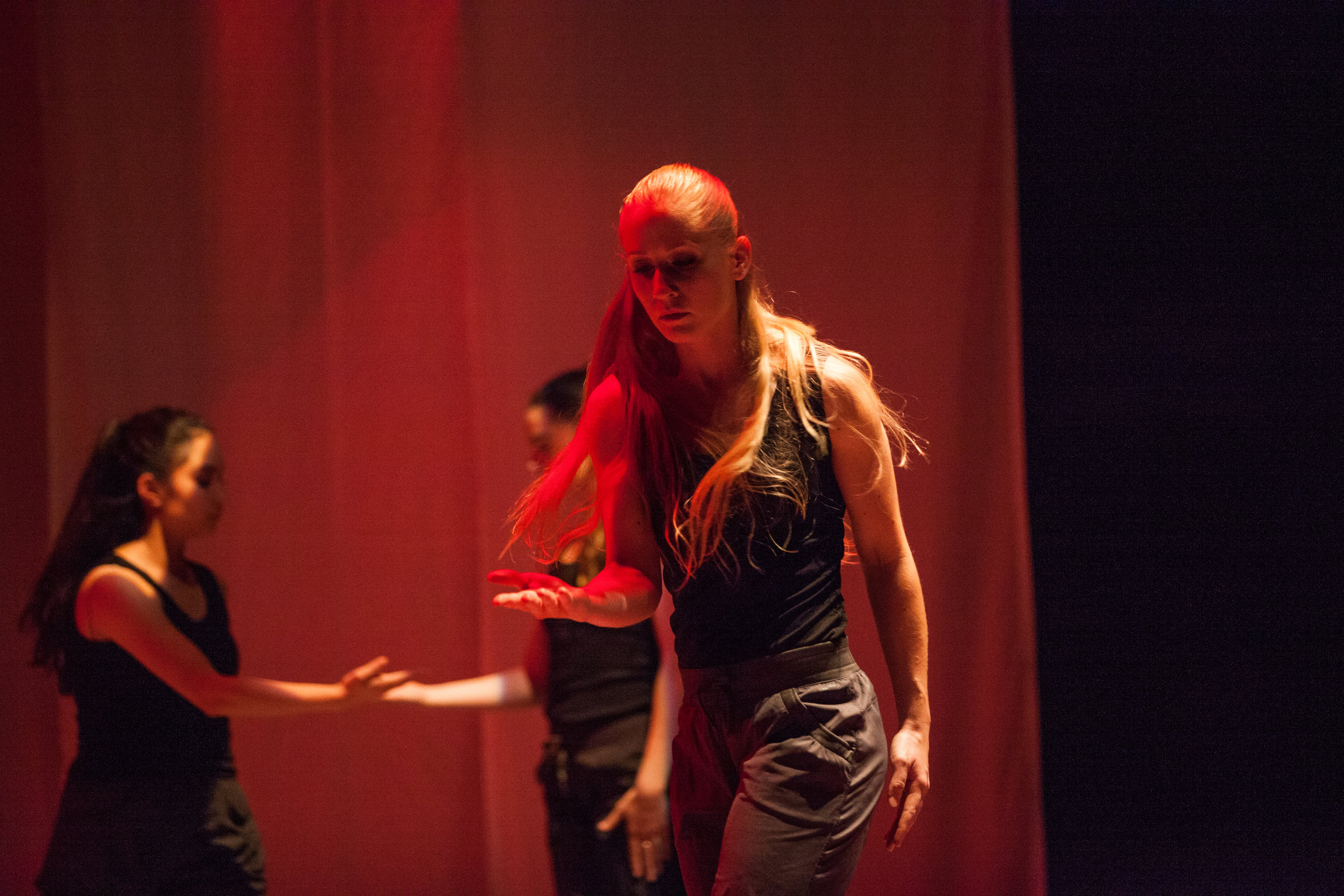



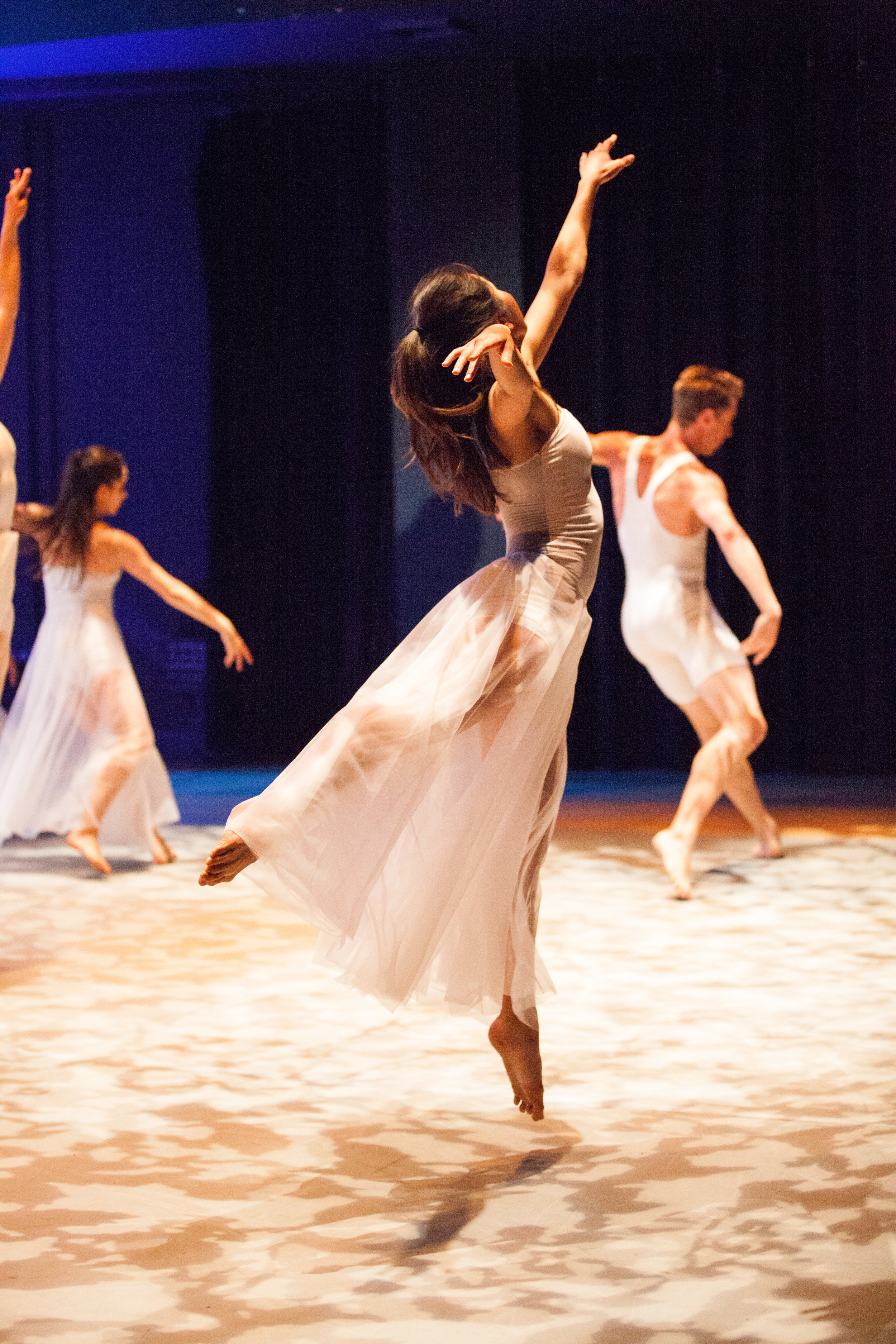


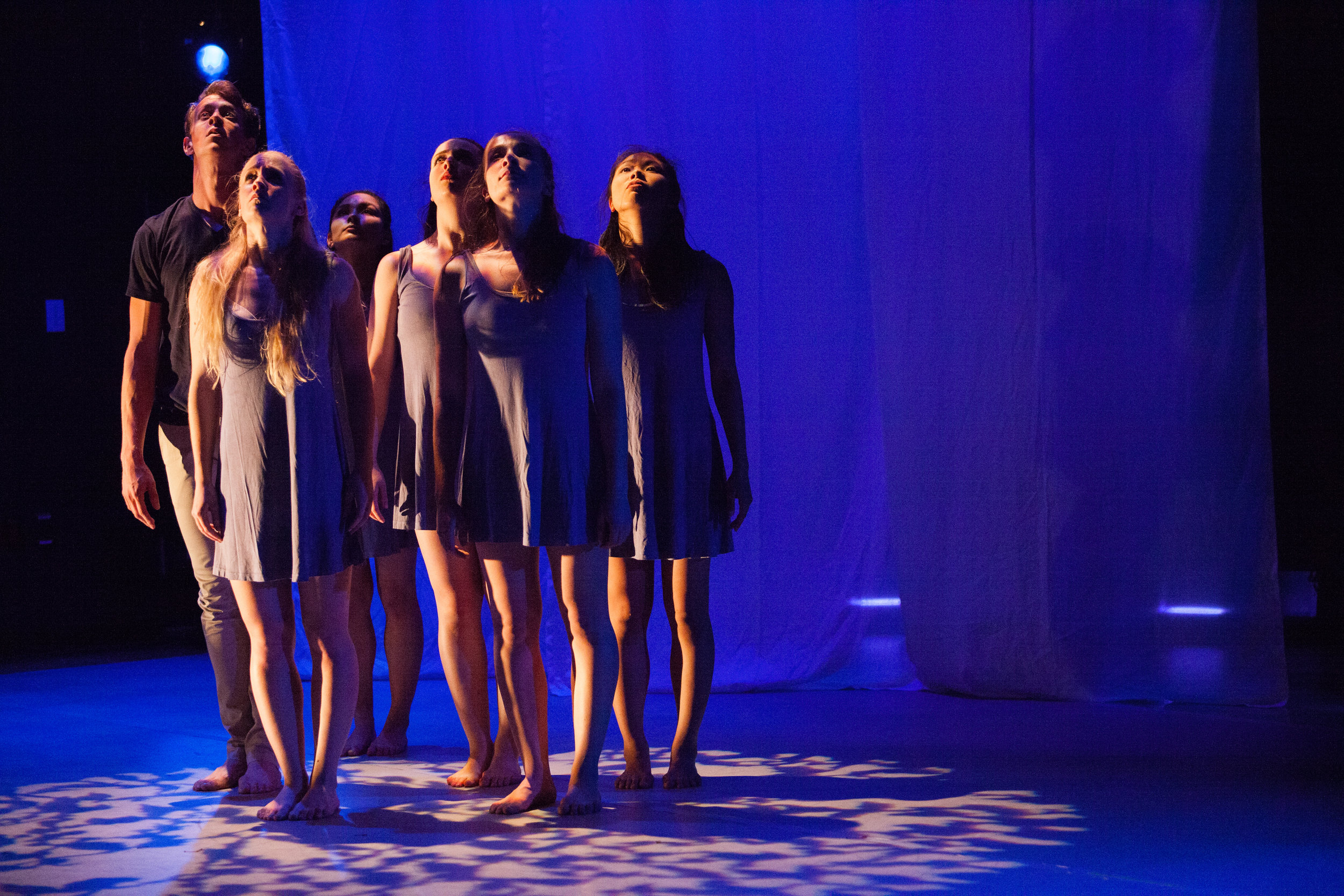

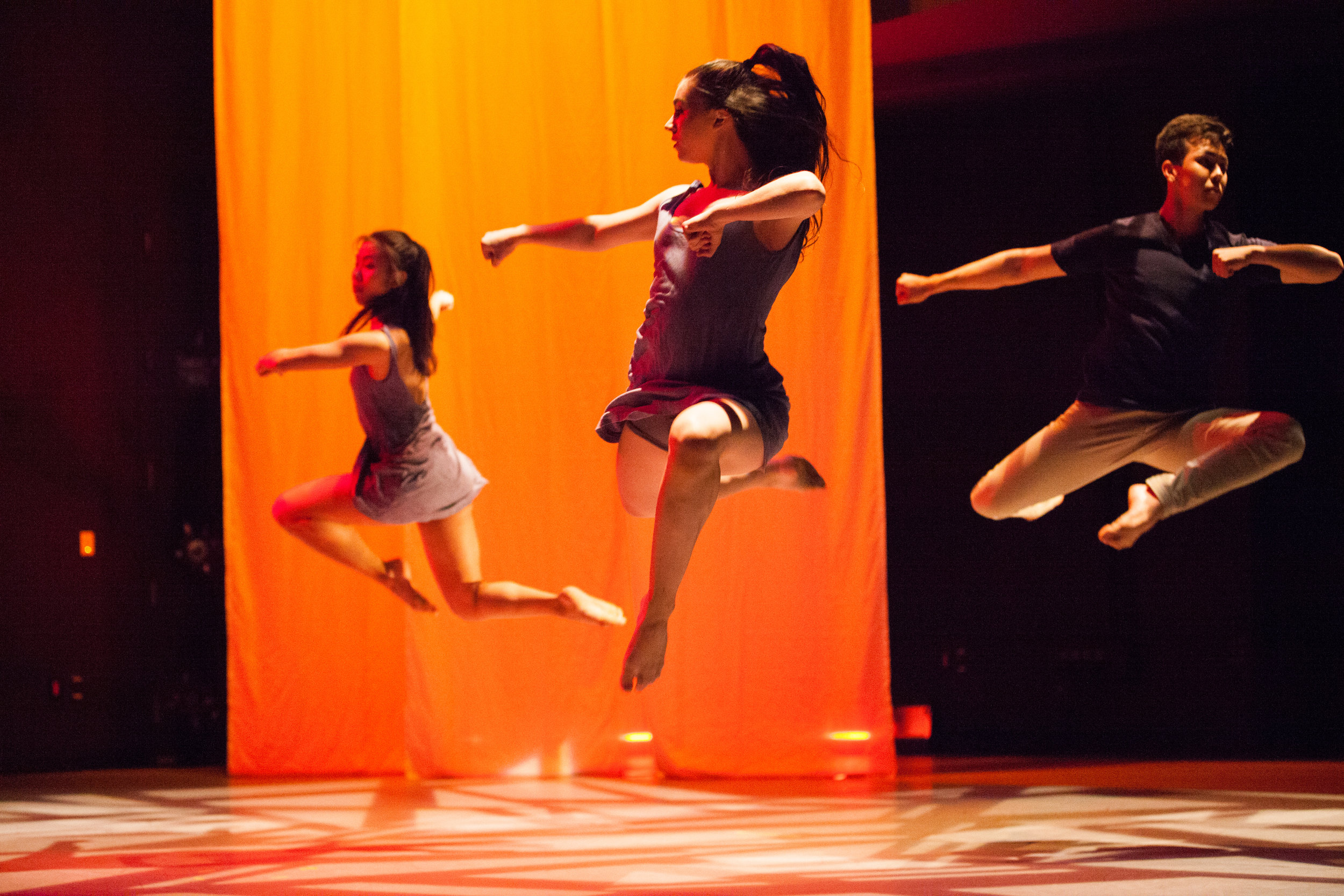




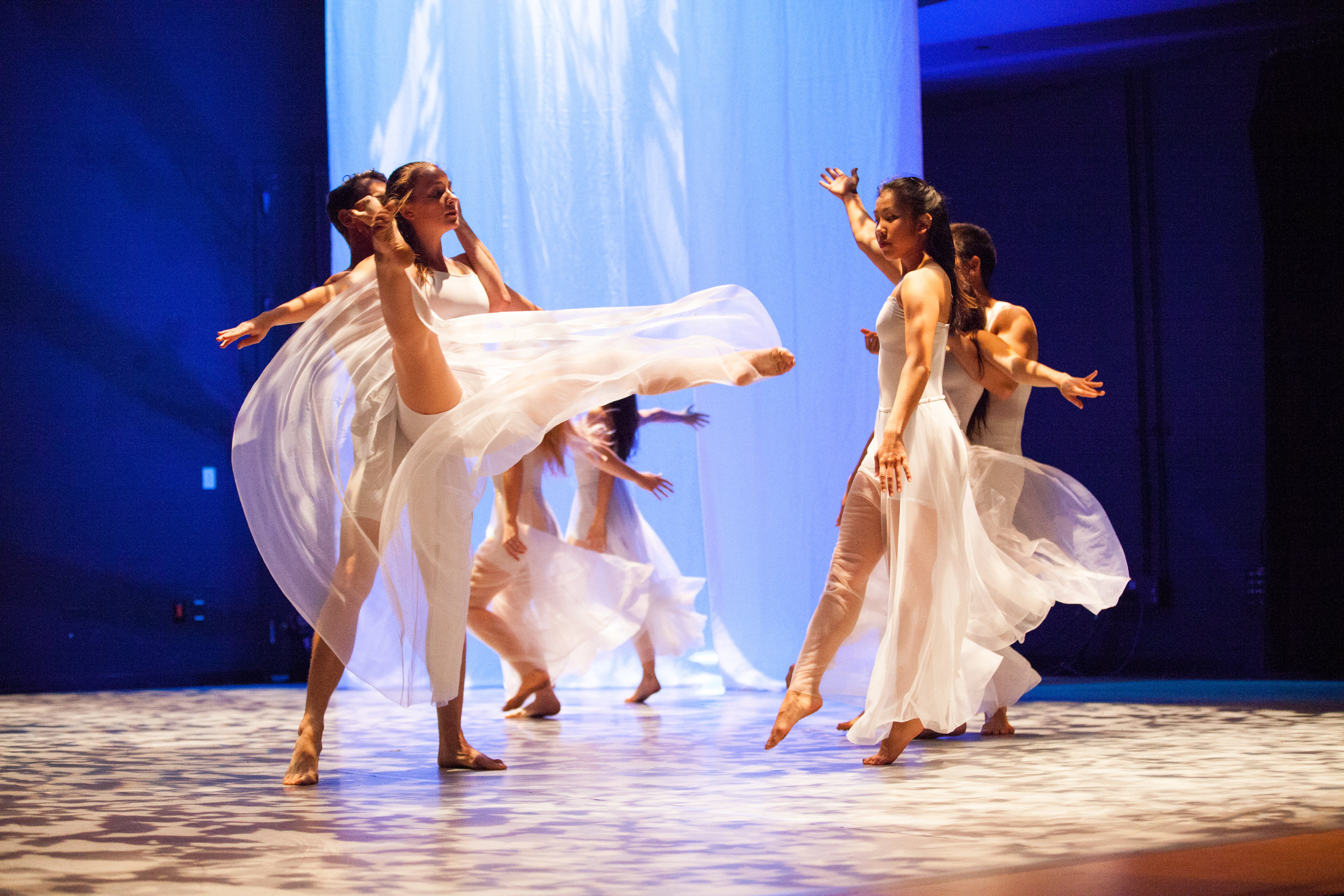
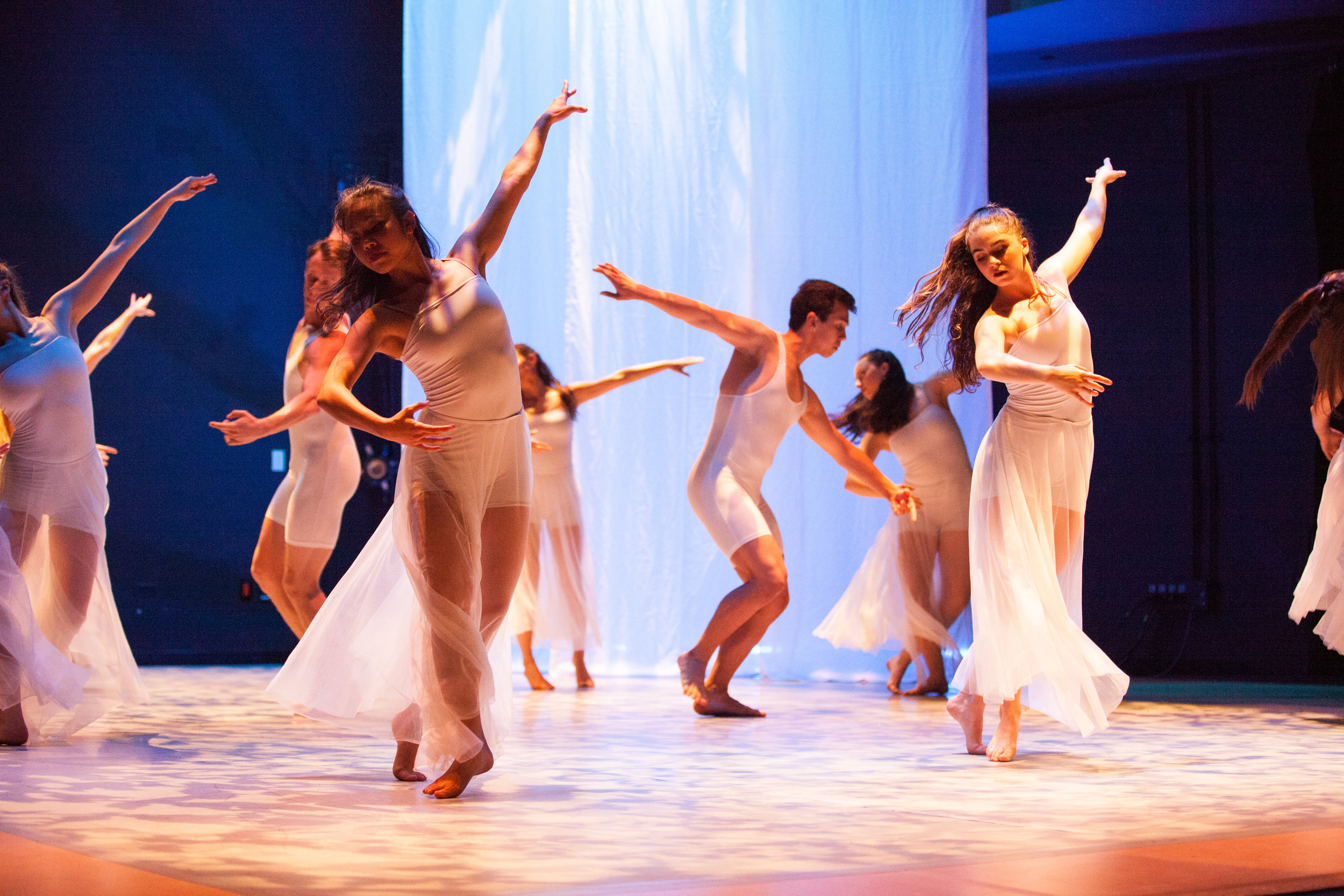

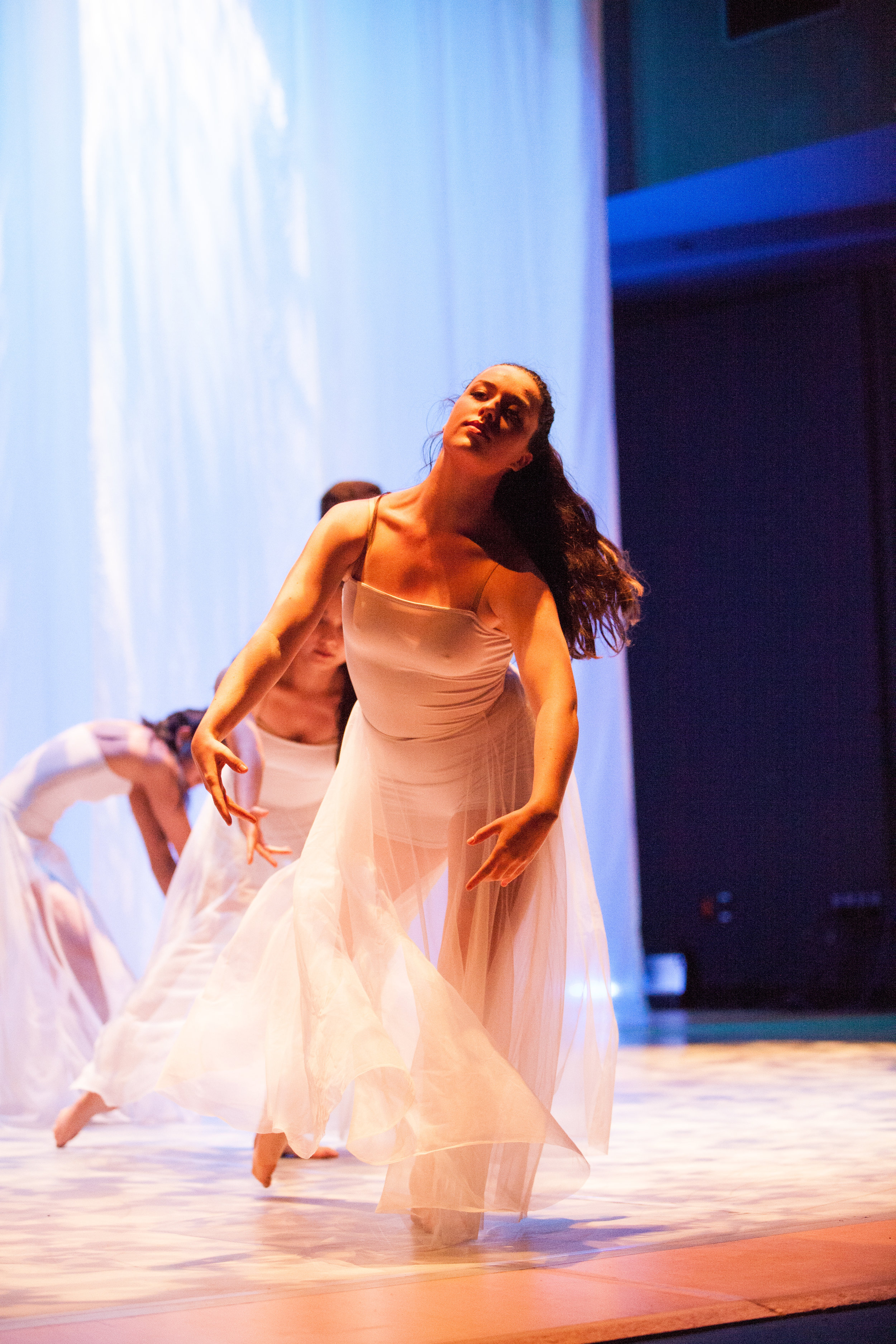


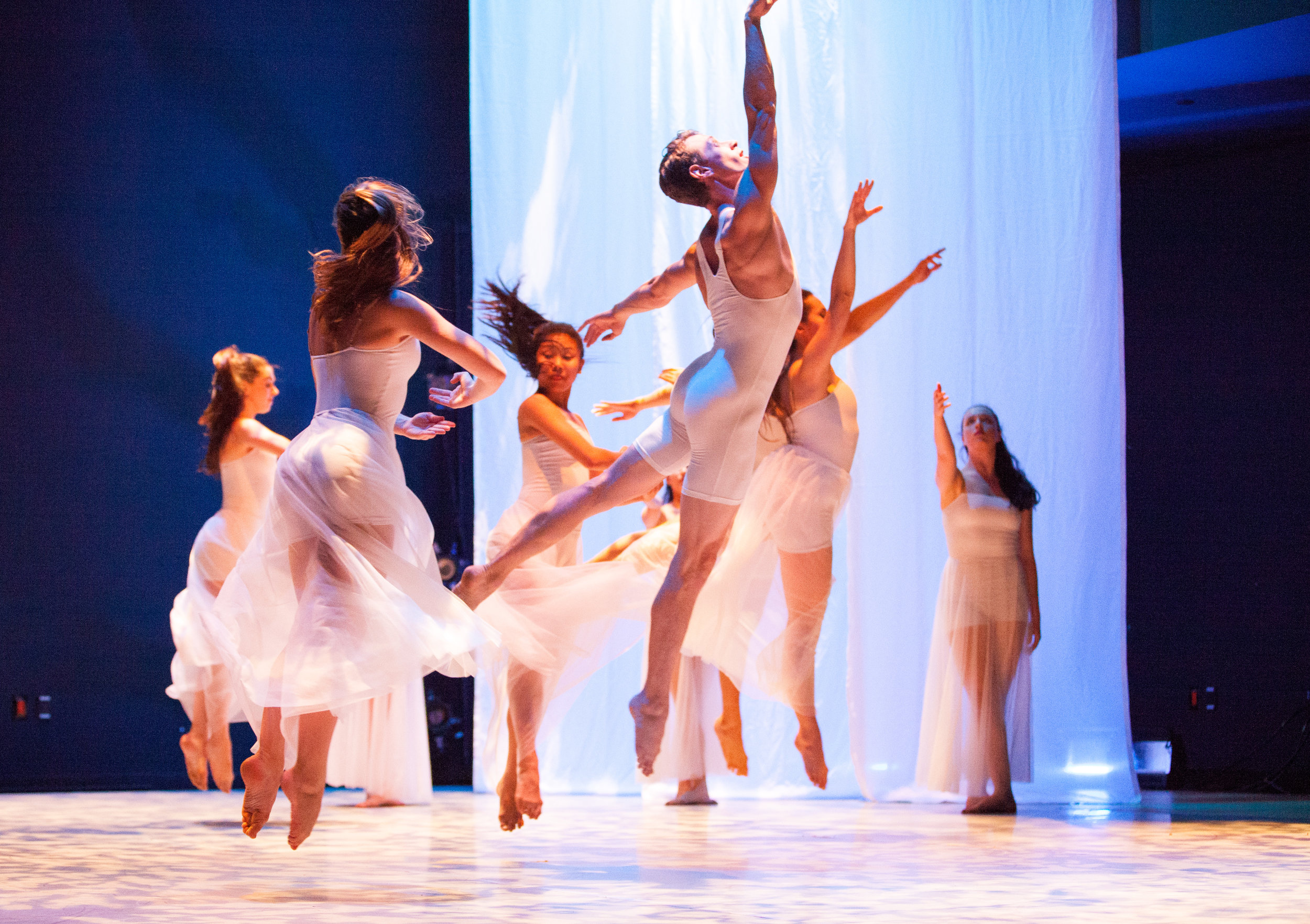
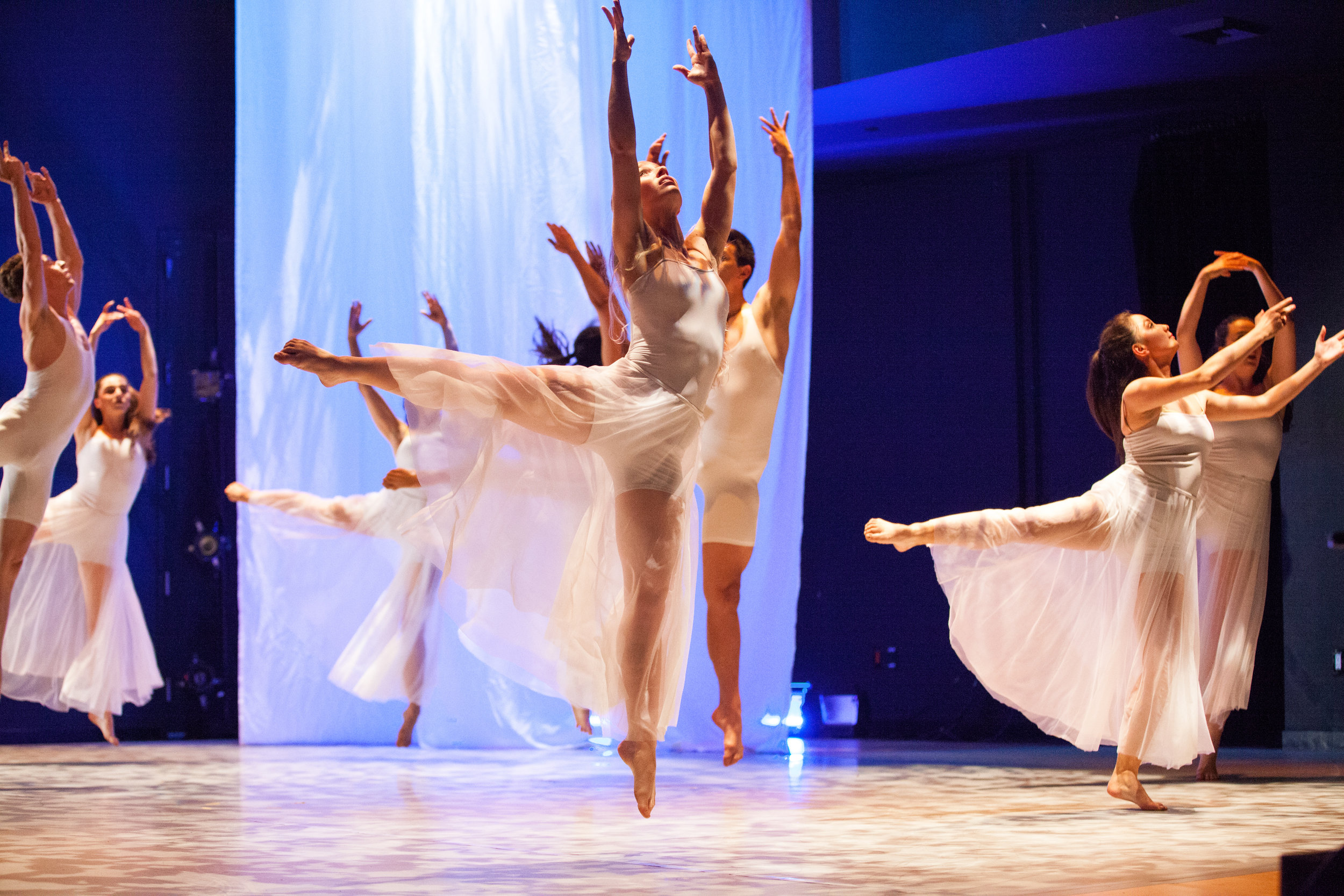

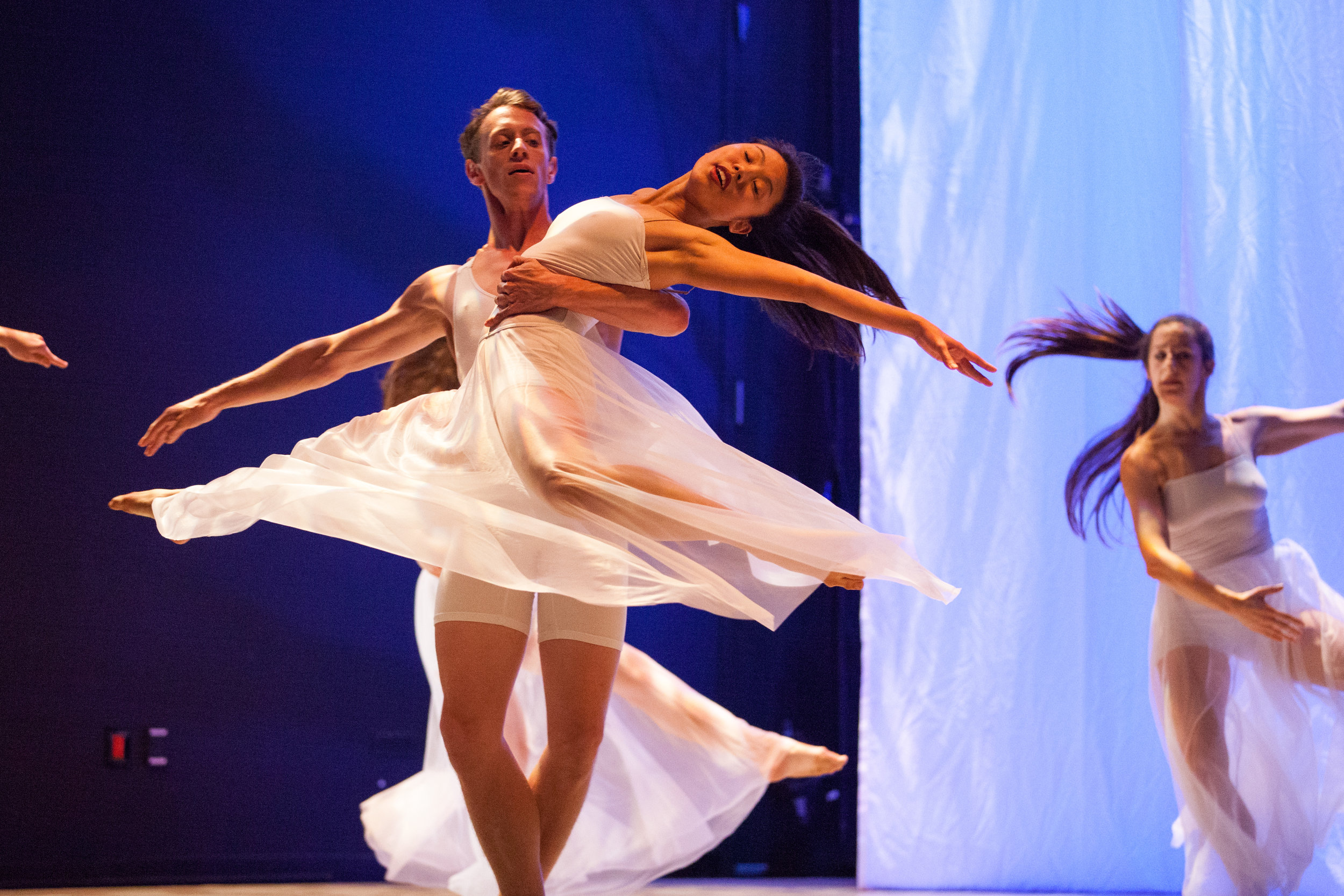

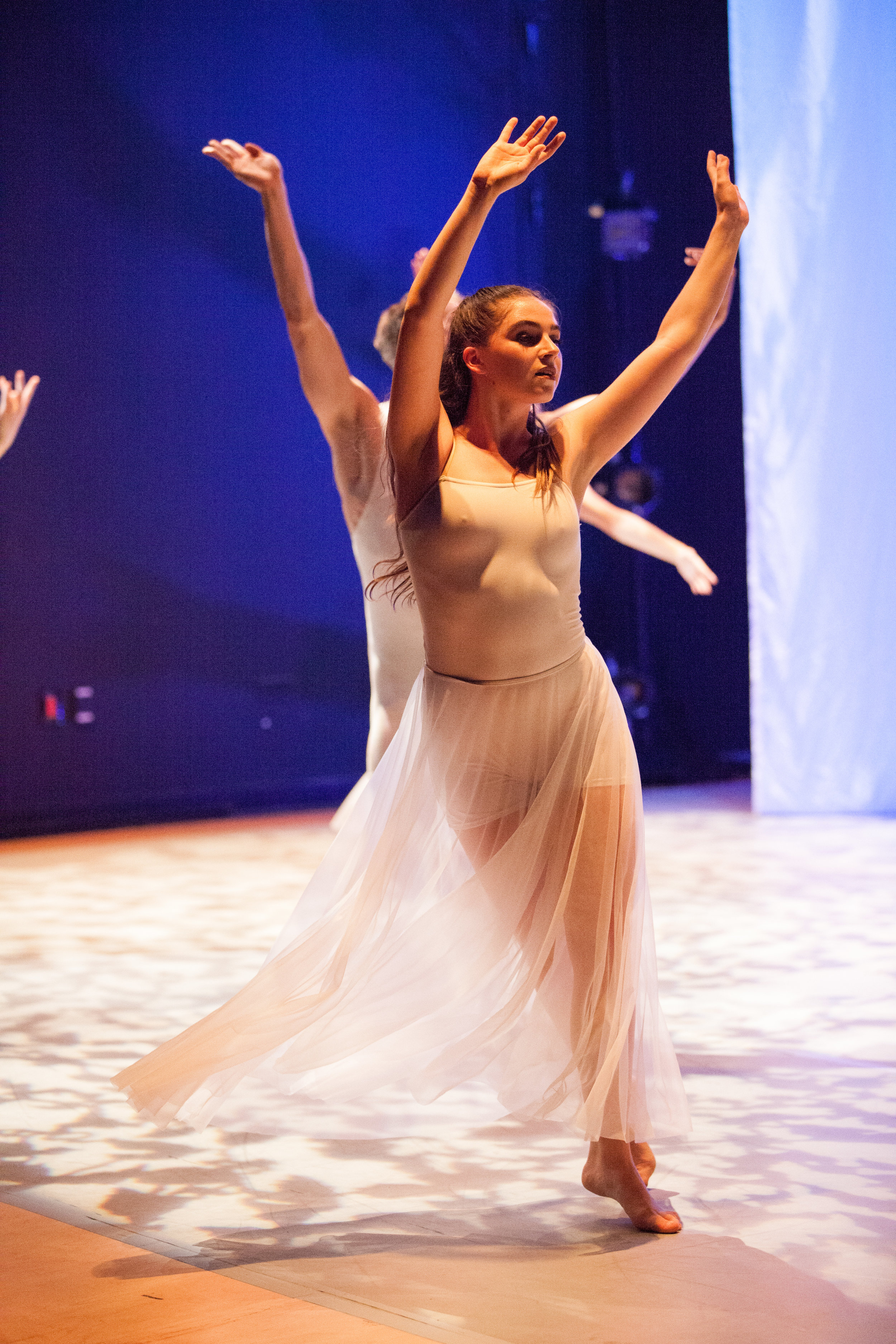



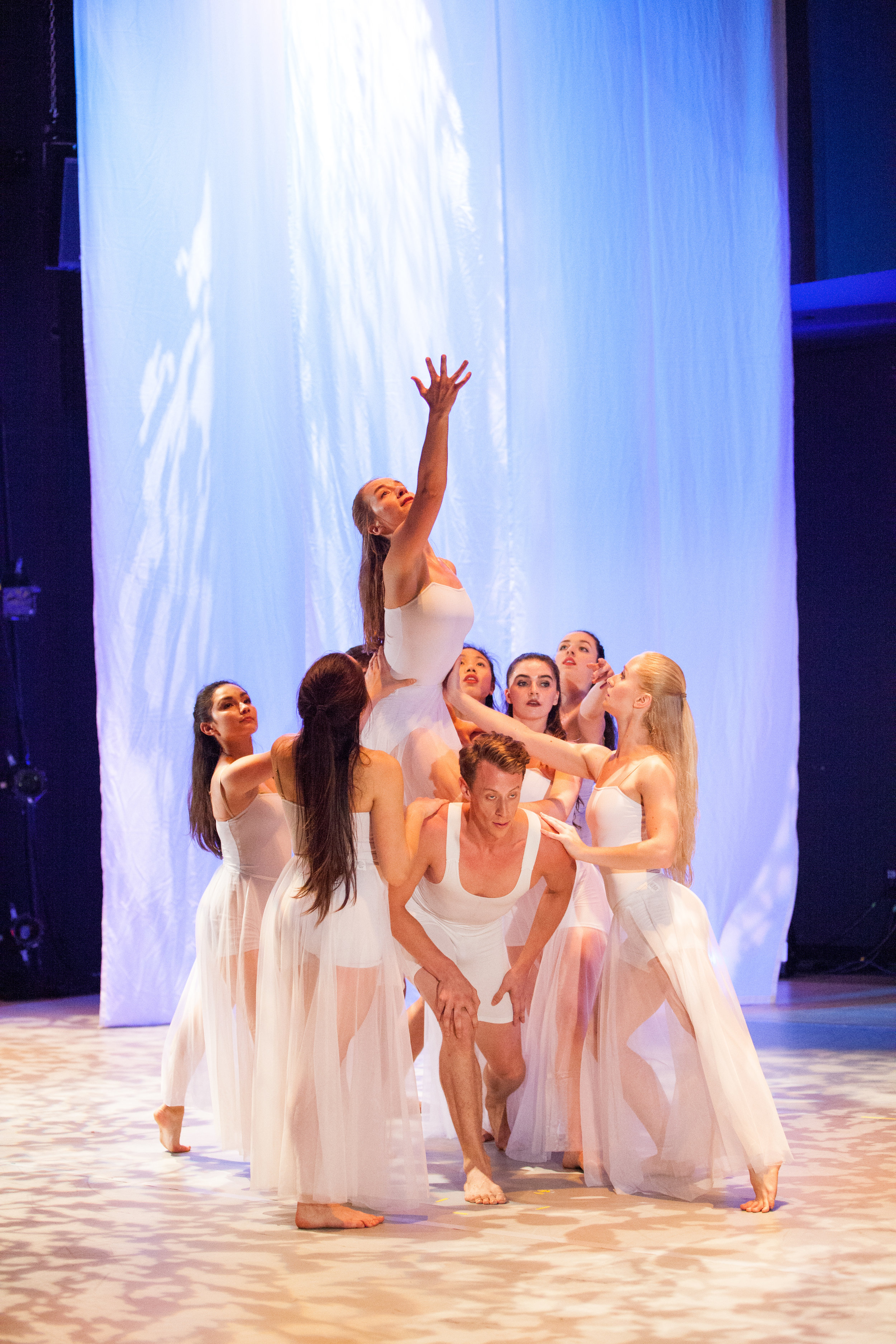


Carbon Footprint: Watch Your Step
Carbon Footprint: Watch Your Step used dance as a source of communication for climate change. Each of the movements reflected current environmental issues and dilemmas. The goal of the design was to capture the contrast between the beauty of nature and the pollution caused by industrial factories by the use of vibrant colors versus soft colors. The use of organic textures or geometric textures, through their soft naturalistic edges versus sharp mechanical edges, added more contrast between the two worlds.
Company: University of California, Irvine
Choreographed by Amelia Unsicker
Photo Credit: Skye Schmidt















